The larger ferries from Tangier-Med landed in the Spanish port of Algeciras rather than Tarifa. For us, that was more convenient because we reserved a car in Algeciras. Our original ticket from Tangier-Ville to Tarifa, included a bus transfer to Algeciras. Tarifa is a small port town and has no car rental facilities so the bus ride to Algeciras was not optional. However, the longer we were delayed in Tangier, the slimmer the possibilities were for picking up the car.
Aft Deck of Ferry, Tractor Trailers in the background
As we sat on the ferry waiting for them to finish loading tractor trailers, buses and even some off-road rally racing teams (returning to France from a race in the Sahara), we decided to forego picking up the car that night. The rental counter closed at 7:30 PM so, even if we were able to secure the car before they closed, heading into the countryside at that time of night with no hotel reserved, would honestly suck. So minutes before the ferry took off, we booked a hotel for that night for Algeciras. The car could wait until morning.

Rally Racers on Ferry
One of the things we had not planned for was the number of passengers that would be diverted from Tangier-Ville to Tangier-Med. Tangier-Ville has two ferry companies traveling every hour or so to Tarifa. With the closure of the Tangier-Ville port, all of those passengers were diverted to Algeciras. European holiday travelers, who had left their personal vehicles in Tarifa, now had to get back there. Because Tarifa is a small town, the ferry companies offer complimentary bus service to the larger port city of Algeciras; not so going in the opposite direction. Since it was weather related rather than caused by the ferry companies, passengers had to take taxi’s or were forced to rent a car to get back to Tarifa.

Africa on the left, Europe on the right
Under other circumstances these details would not be worth mentioning, except that they impacted our travels as well. For a relatively large city, Algeciras didn’t seem to have enough taxis. The line at the taxi stand was ridiculously long and travelers were stilled queued from a previous ferry. \240Come to find out, there were at least eleven taxis in service that night; however, eight of them were either on their way to or on their way from Tarifa. It was a goldmine for the drivers but a bummer for those of waiting at the docks. We finally reached the front of the taxi line and made our way to the hotel.

Lighthouse, Gibraltar Point
Late night salad, wine, tapas and a good night sleep and we were off to the car rental place — after an English style breakfast of course (every time we see English breakfast, we do a happy dance. What they pass for “breakfast” or “desayuno” here is sweet churros and coffee or some alcohol or some alcohol with coffee. One “desayuno” spot we landed at had lingering nightclub revelers dressed in Night At The Roxbury attire, still adorned with their favorite nightclub’s wristbands. It was about eight AM and the waiter wanted to know if we wanted Baileys or Whiskey in our coffees. But we digress.) The Rental process was unremarkable. We had reserved a Peugeot but the agent said they only had three cars left on the lot. She gave us an older model little Opel \240beater. At this point we didn’t care, we were anxious to get on the road. We had already lost a day waiting for a ferry, we just wanted to start exploring Southern Spain.

Rock of Gibraltar
We headed out of town and set our phone’s GPS for Gibraltar. Within half an hour or so, we pulled up to the line of cars waiting to go through the non EAU passport control line. As Gibraltar is a British Territory, you have an option of parking on the Spanish side and walking onto Gibraltar or driving in. As we sat in line, a man with a heavy Spanish accent approached the car and asked if were driving or walking in. Obviously we were in the driving line so we said driving! He lifted one of the wipers, pretended to put something under it and said “twenty Euro please.” If he hadn’t lifted the wiper, we probably wouldn’t have given his request a second thought. Instead we asked “what did you put under the wiper?” With a sheepish look, he turned away and kept walking. One attempted scam in the ferry building and now Mr. Spanish AC Delco tried to charge us for driving out of Spain. We watched in amusement as he walked a little further back, changed his jacket to attempt the scam again.

Rock of Gibraltar in background
We drove around Gibraltar, snaked our way up and down hills until we reached the furthest-most point of the peninsula. We were surprised that, although condensed, at how large the area actually was. There were buses crisscrossing, taxis shuttling back and forth and pedestrians just about everywhere. Cafes and restaurants were packed and parking in town was nightmarish. In the midst of all of that our rental POS started beeping incessantly — it was overheating. We let it sit in a tow zone until we could put what little water we had in the radiator’s reservoir. We eventually took off but within a few kilometers it started overheating again. A local gave us cryptic directions to the closest service station, which he readily admitted, is not always open. We zigzagged back down the hill and found a squat building on a narrow street with a gas pump on either side of the building. The street, barely wide enough for two small cars, had the added burden of hosting locals gassing up cars and scooters.

Walter showing Mary Nelson’s Scope
An older Englishman sat at a small desk in the gas station, animatedly propagating the ill of immigration to a younger customer. “Mark my words,” he said “all these immigrants coming in are going to take your job.” Fresh off a boat from Morocco, sporting a darker than usual caramel hue, I injected myself into this pleasant conversation. \240“Whata-ya-need?” followed a sideways glance my way. I explained that our rental was overheating and we could use some help. I think the northeast American accent caught him off guard. He looked at me as though he was watching a Chinese karate movie dubbed in English; what he heard didn’t jive with what he saw. He stood, said farewell to the young customer, (who happily fled from the conversation) and walked towards the car. As soon as he spotted Mary, his whole demeanor changed. Although most of the subsequent conversation was directed at Mary, he did examine the car, refilled the reservoir and proclaimed that this sad little windup toy would not make it to Barcelona.

Lurch lookalike sitting in POS Rental
As locals gassed up their scooters and tiny cars, Walter (our newfound service station friend) regaled us (well Mary) with his life story. He said he was seventy-five years old and was planning to retire the following week. He was excited to learn we (again Mary) lived in Rhode Island. He claimed he has a 99 year old aunt who lives in Rhode Island but was a Broadway actress. As a British soldier, he was detailed to Gibraltar, where he met his wife; consequently, he’s lived here ever since. We’re not sure how he ended up running a tiny gas station in the heart of Gibraltar but we suspect it had something to do with his wife wanting him out of the house. The tiny station office was chock full of photos. He claimed he was the past-president of the Gibraltar running club (photos showed him with a group of runners) and that he had won the British Navy’s version of the decathlon. Surprisingly, he was still in remarkable shape. There were photos of his son, who was also a runner, with Usain Bolt \240and pictures of Walter and his sons racing cafe style motorcycles. Walter fancied himself the best tour guide in Gibraltar and claimed he often conducted tours dressed as Lord (Admiral) Nelson (hence why the gas station was often closed). He showed us (again Mary) newspaper clippings and photos of him dressed as Nelson. He also should us photos of him with Prince Andrew. When Price Andrew toured Gibraltar, Walter was his guide (I didn’t have the heart to ask if this was pre or post Epstein). He claimed he had an original sword belonging to Nelson and brought out a carefully wrapped telescope, which he claimed belonged to Nelson. Although he claimed it was priceless, he unwrapped it because he wanted us (well AGAIN Mary) to look through it. I just wanted the freaking car fixed so we could get back on the road. Eventually, we bought a gallon of coolant and headed back to the Spanish coastline.

New Rental
Fearful that our little POS would keep overheating, we called rental’s road service. Our options were, A, sit and wait for a tow or, B, if the car was drivable, take it to the nearest Europcar office. We chose option B. Armed with a gallon of coolant, we drove towards Marbella, the nearest Europcar office. After a quick lunch at a nondescript seaside town, we arrived at the Marbella Europcar office at about 4:00 PM. The office didn’t reopen until 4:30 PM (we guess after a huge wine-laden lunch nap). We followed the car rental return signs and parked the car in one of the designated Europcar spots. Unfortunately, we exited through a wrong door and found ourselves unable to access a way out and were unable to re-enter the garage. As we looked through the small glass in the garage door’s window, Lurch (of Adams Family fame) opened the door and said “You Rang?” Actually he said “Jes?” I explained the problem with our rental and told him we needed to exchange the car. As we walked to the car, he asked for the keys. I handed them over, he opened the door, jumped in and started the car. As he he did so, Mary and I looked at each other and said, who is this guy? \240He had no identifying clothing, the only thing we knew was that he opened the garage door for us. Now he sat in our running rental, with our luggage, money, passports and two bottles of Johnny Walker. After the last two attempted scams, we should have been hyper-vigilant (or had we been). Mary stood by the driver’s door keeping it open, I stood directly in front of the car with my trusty phone aimed at the driver. If he decided to dart off, Mary’s face print would be on the door and I would have a grainy photo of the man as he drove over me. As the large man stepped out of the car, he looked at the crazed Americans and said, “tell them the car is also due for routine service.”

Malaga Sunset
Feeling a little silly, we eventually made our way to the rental office. When we arrived, a Mrs. Doubtfire looking woman was arguing with an ancient looking bohemian customer; shoulder length hair, quasi Steven Tyler dress and a scraggly salt and pepper beard. \240She finally dispatched him and turned to us to see what WE wanted. We thought “this will not be pleasant.” After explaining our dilemma, she took our keys and headed off to the garage. After what seemed like an eternity, (we imagined she was rummaging through our bags) she returned with two sets of keys. Subsequently, she graciously apologized for our inconvenience, gave us a brand new Volkswagen polo and sent us on our way. Apparently, looks can be deceiving in Marbella.

Spanish Countryside
Our goal was to to travel along the southern coast of Spain checking out points of interest until we reached Barcelona. Our first stop was Malaga. It was a beautiful seaside resort town but other than an overabundance of timeshare properties and all-inclusive vacation rentals, it lacked character. As a kid, those of us who played guitar, craved to learn how to play the Malagueña (a Spanish “Stairway to Heaven” if you will, except a lot more complicated). A Malagueña is a women from Malaga as a Guantanamera is a women from Guantanamo. The songs are exotic, however, the locations are not as elegant. We did a little exploring of the immediate area and headed to Granada.

Granada from the Alhambra
We reached Granada by mid afternoon, sat in a cafe, and booked a hotel for the next few nights. Granada, as the famous song (Granada) suggests, is La Tierra de Gitanos, the land of Gypsies. There is a sizable population of Gypsies in Granada; you will often find groups of them in various town squares playing guitar and singing a guttural flamenco (known as Zambra) or performing Flamenco dances in touristy nightclubs (however, the real Flamenco dances reportedly take place in private house parties not accessible to outsiders). There are all sorts of theories as to where these Gypsies came from. They started to settle in Granada after King Ferdinand and Queen Isabella expelled the Moors from Spain, so some suspect they are of Arabic dissent. This is further supported by the theory that Flamenco derives from Arabic music. Now I know Mary and I spent way too many years in jails and prisons, but to us, many of the Gypsy street performers appeared gruff and thuggish. When some of them performed, three or four stood further out scanning the crowd. It was like watching Latin King gang members holding court in a prison rec-yard.

Fountain built by Moors in Alhambra
Other than skiers heading to the Sierra Nevada, most visitors only do day trips to Granada. They come primarily to visit the famous Alhambra, which was built in 1333, as the Royal Palace of the Sultan of Granada. The Moors (North African Muslims) invaded \240this part of Europe around 711AD. The region remained under Muslim control until the Christian Reconquista (reconquering) in 1492. The Alhambra then became the Royal Court of King Ferdinand and Queen Isabella and it is where Christopher Columbus received the royal endorsement for his expedition to the New World.

Alhambra interior
The City of Granada is charming with narrow hilly streets in the base of the Sierra Nevada. The views throughout the old city are breathtaking, with snow capped mountains in the background. There is also an undeniable bohemian vibe. Marijuana has been decriminalized in Spain but the sale of it is still illegal. Despite this, it is openly smoked in cafes or casually on the streets. For those looking to buy it, there is no absence of tie-dyed wearing, dreadlocks sporting, happy go lucky locals offering it and of course, there is no shortage of Chefchaouen Moroccans peddling their number one product.

Alhambra Grounds
The city of Granada is also know for its world famous flamenco guitars. There are numerous luthiers throughout the city creating some of the most beautiful and sought after guitars. According to some of the locals, the best guitars are made by luthier Daniel Gil De Avalle. Although his tiny shop carries an assortment of string instruments, including some reasonably priced guitars, he only makes about fifteen handcrafted guitars a year; all advance orders with at least a year wait for delivery. When we visited his shop, he said he could make me a very basic one for about €8,000 ($8,950) but the two on display waiting for delivery, were nearly €20,000 — too rich for my level of playing. The real exciting piece was getting to see his cramped workshop and getting to admire his custom handmade the guitars. For the nonprofessional guitarist, these were simply collectible works of art.
Granada Bohemian looking for Haight-Ashbury


Two Custom Guitars behind Luthier De Avalle
Leaving Granada behind, we headed for Valencia. Our sights were always set on Barcelona. There are so many things to do and see there that is has been a bucket list destination. Traveling there, we stayed in some interesting places and made numerous stops on our drive to our intended destination. Valencia was just that, a stop along the way. A place to relax before heading off to Barcelona. Because of it’s uniqueness and rich history, there is a lot we will look forward to in Barcelona. However, we have to say, Valencia by far is our favorite city in Spain. It has ultra modern structures and futuristic looking attractions while the old city is peaceful, relaxing and quiet. We stayed a block from the bullfighting arena and were within walking distance to all of the old squares. A short bus ride delivered us to the beach where we had the most amazing wood fired paella and where the staff plied us with after dinner drink concoctions. The city has a river running through it with multiple bridges crossing it. Although the bridges still stand, the river was diverted away from the city center. What was once a not-so-clean waterway, is now a beautifully designed park that runs the entire length of the city. \240 Valencia is definitely a city we would return to just to relax and feel at peace.

Valencia ultra modern \240sites
Beautiful Post Office Lion Receptacles
Old Protective Fort leading to Old Town
Lifelong Valencia Resident reading and listening to jazz
Born one street over but lived here with her husband. She was as curious with us as we were with her.
Paella in restaurant near Valencia beach
Great Little Wine Shop — Two great local recommendation under $5.00
Tiny Cat House Valencia
We are very excited about visiting Barcelona






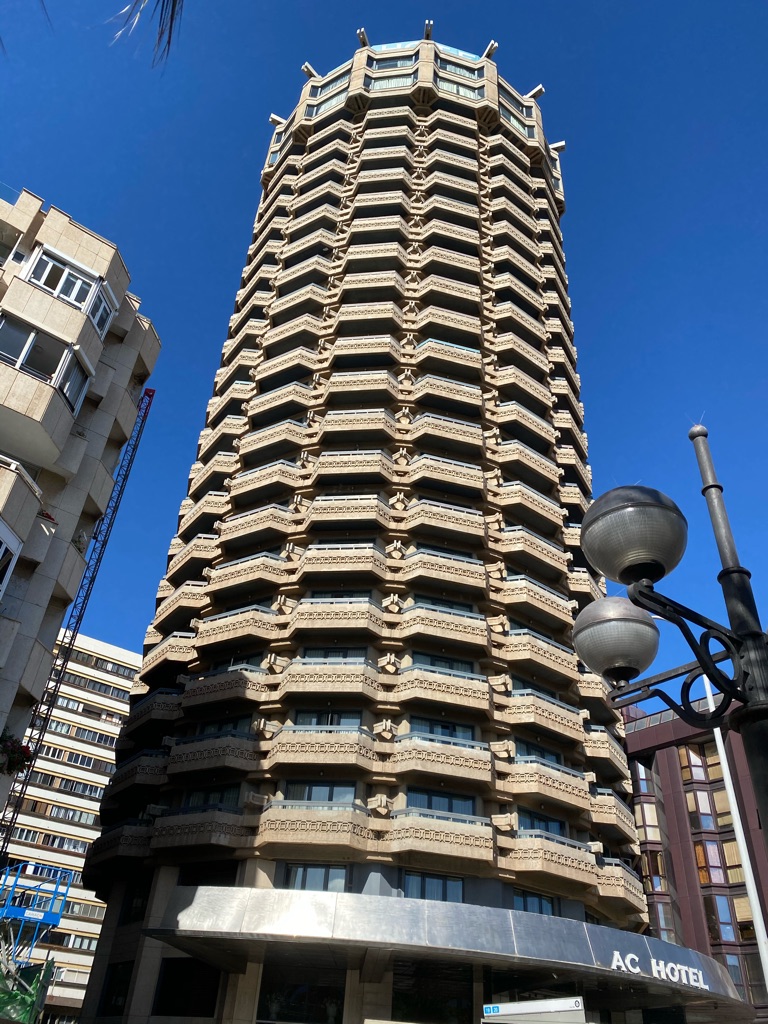
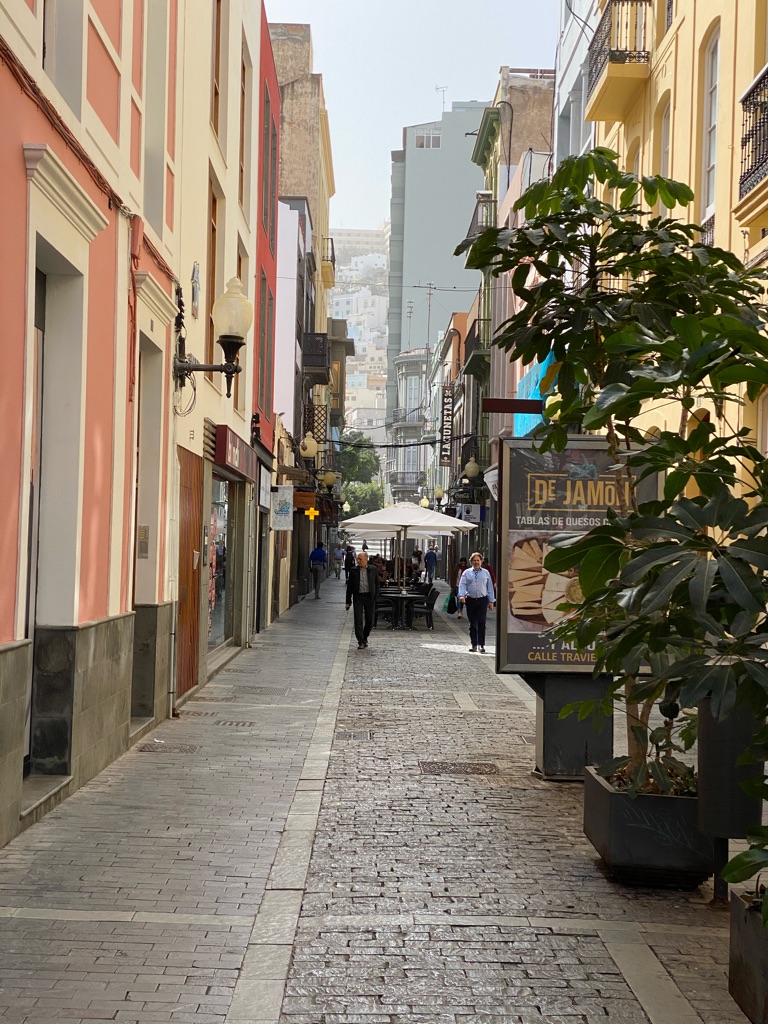
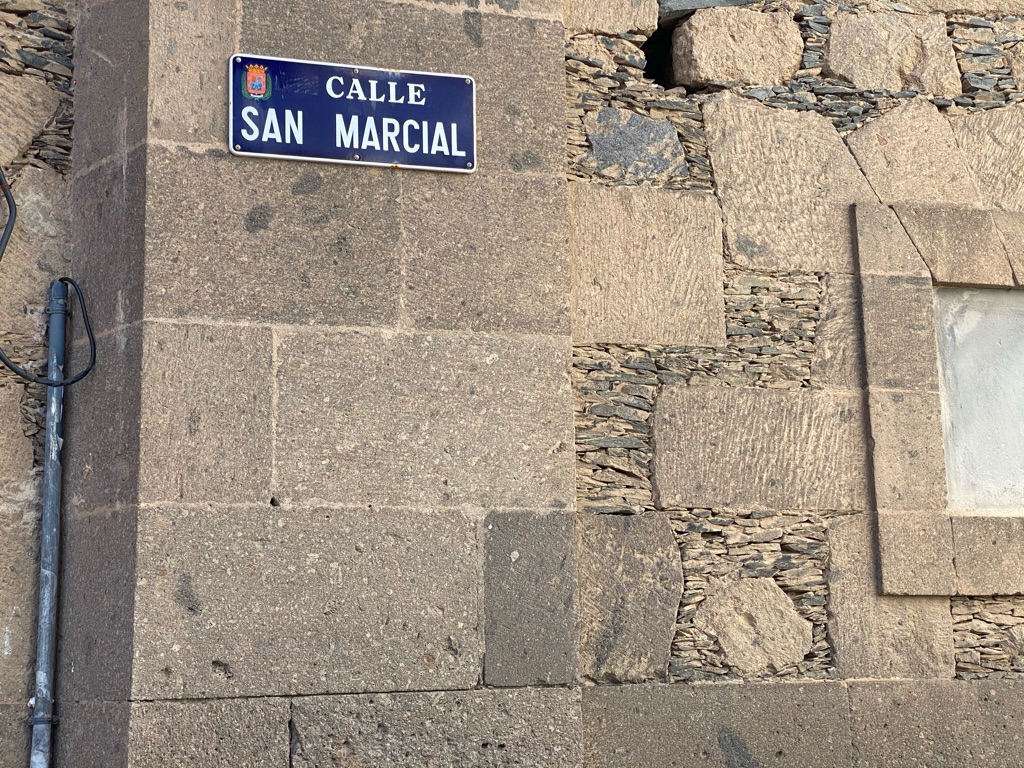
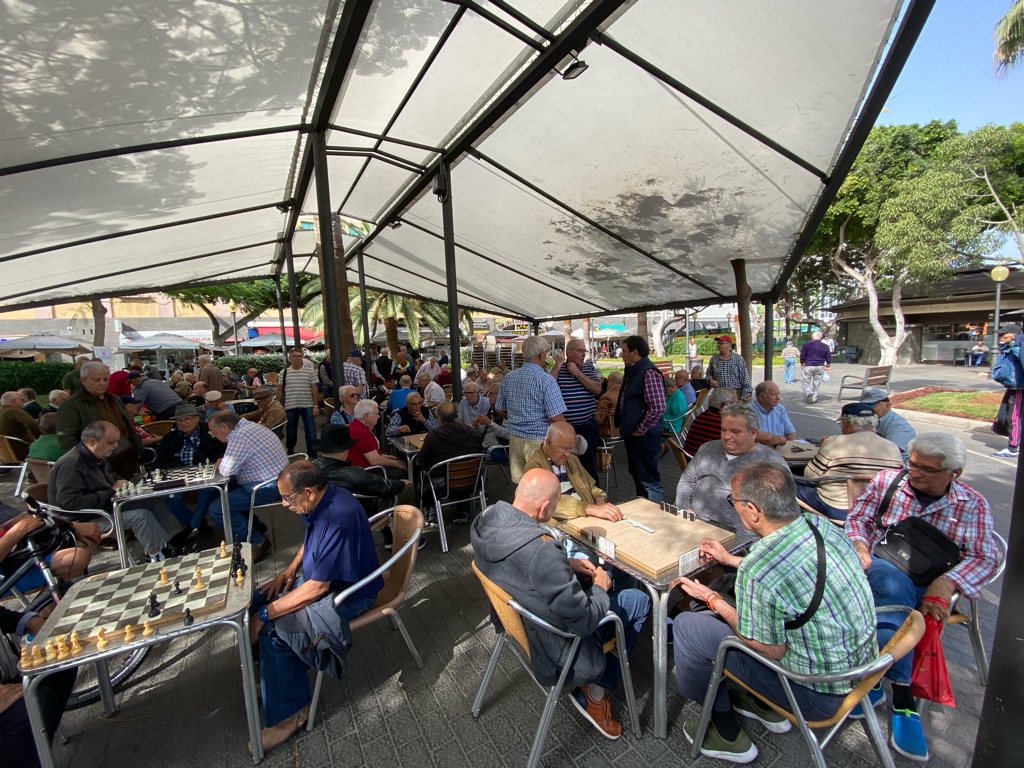

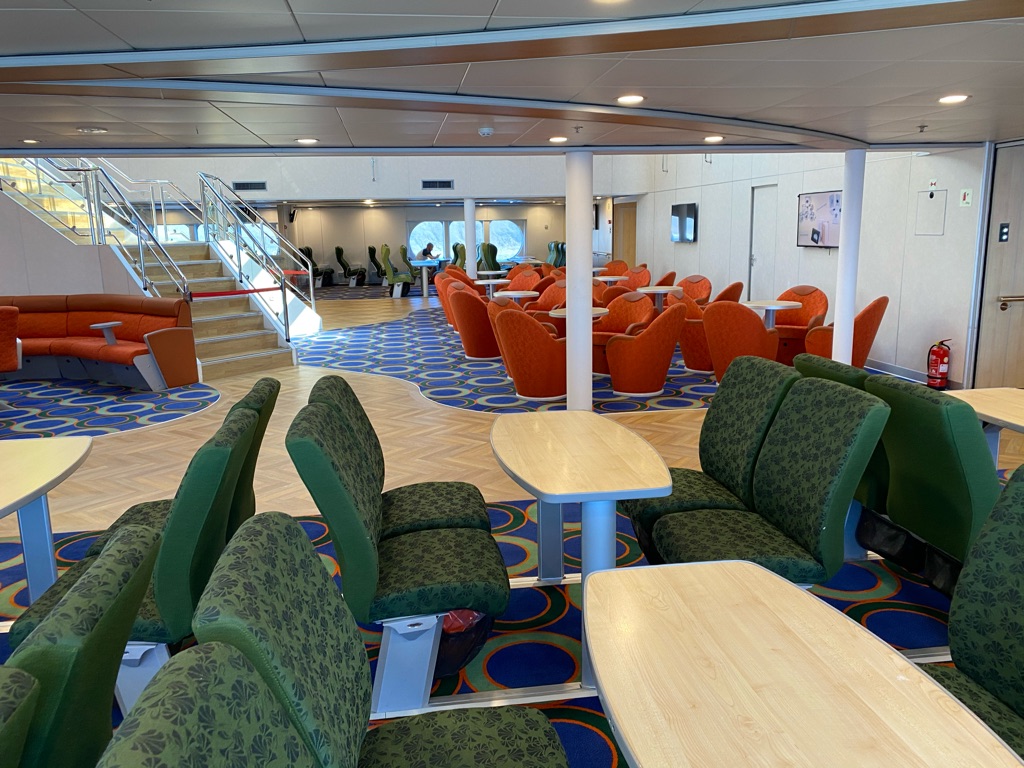
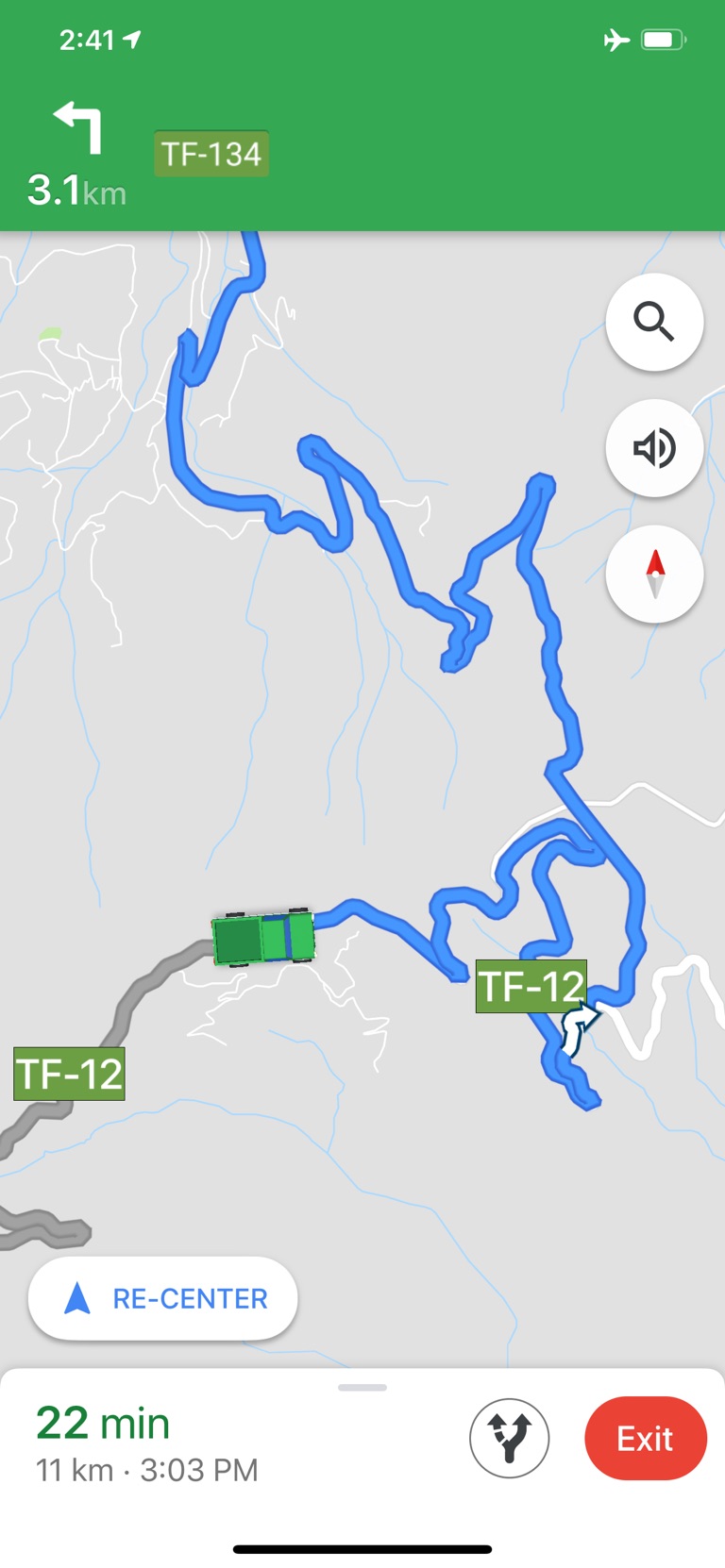


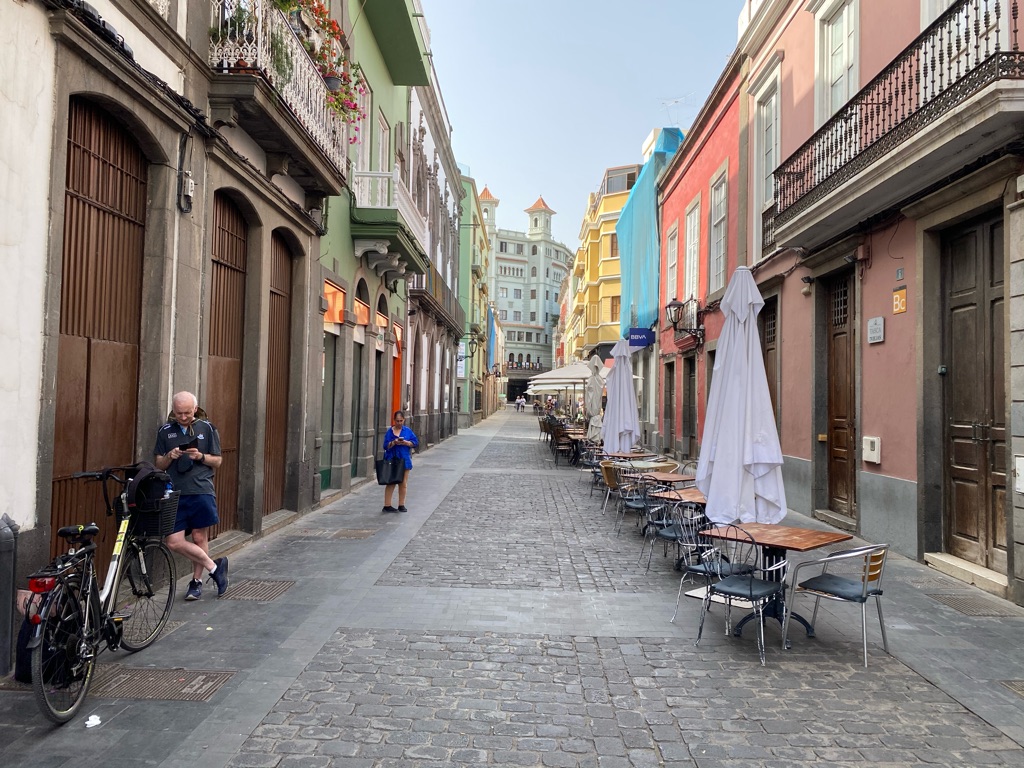
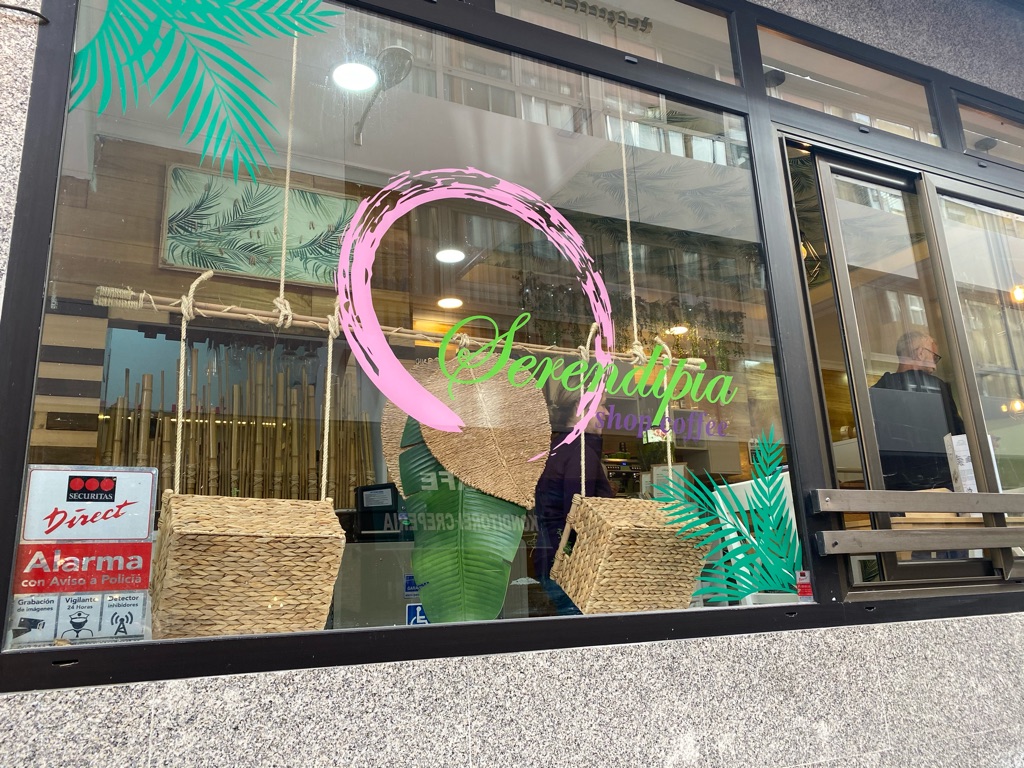
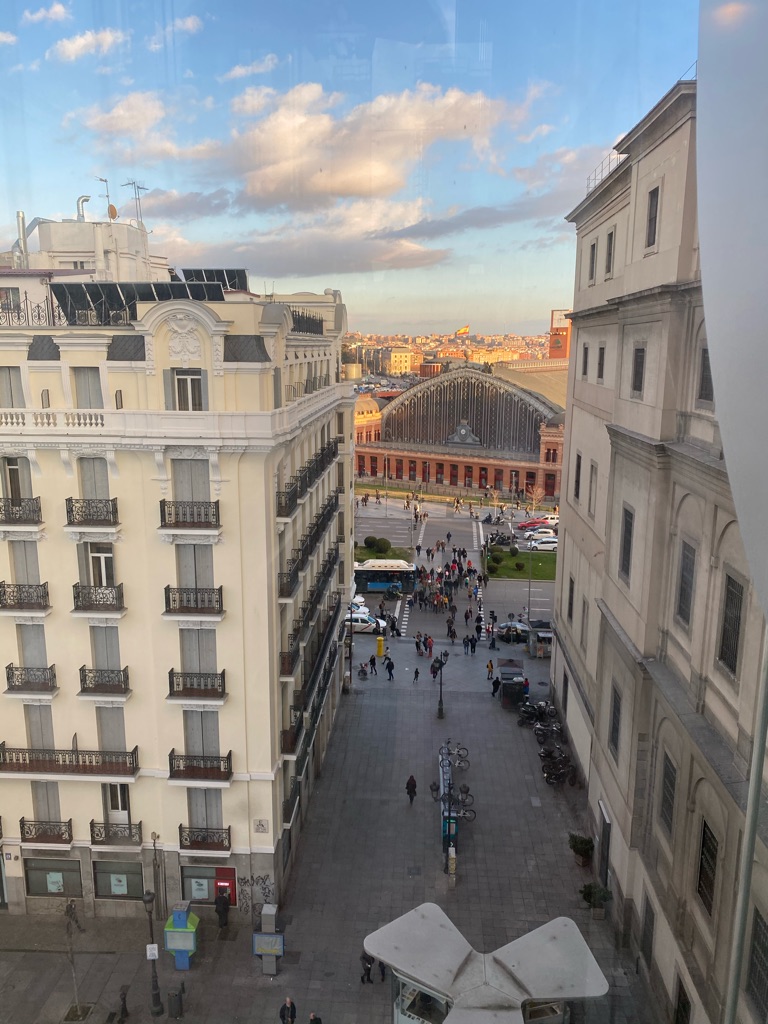

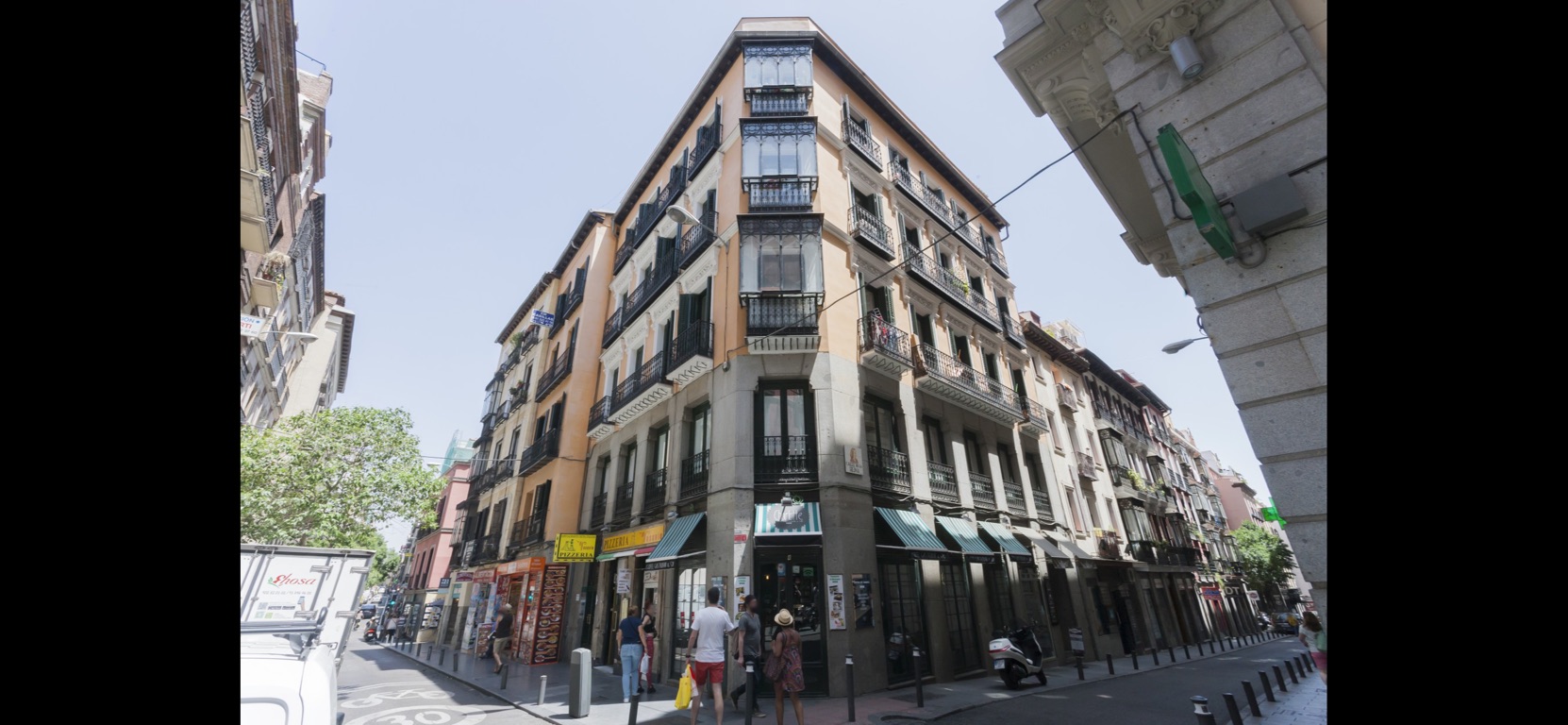
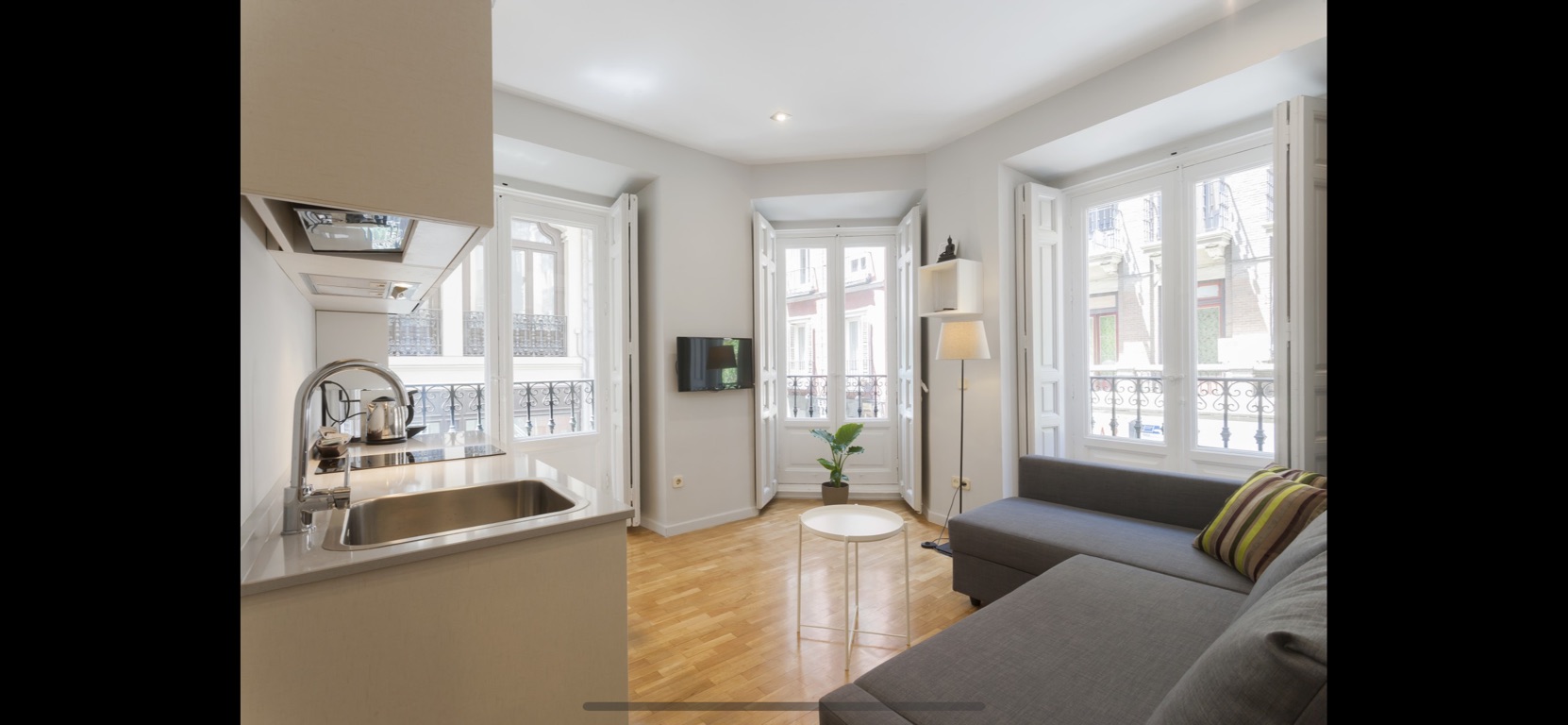
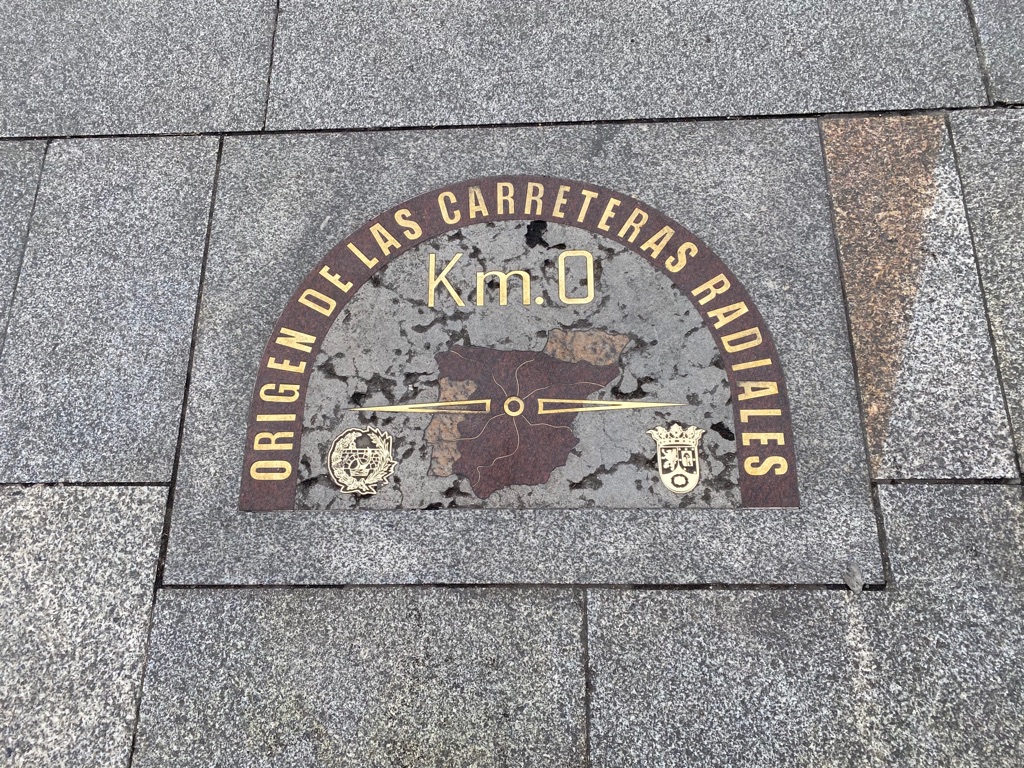


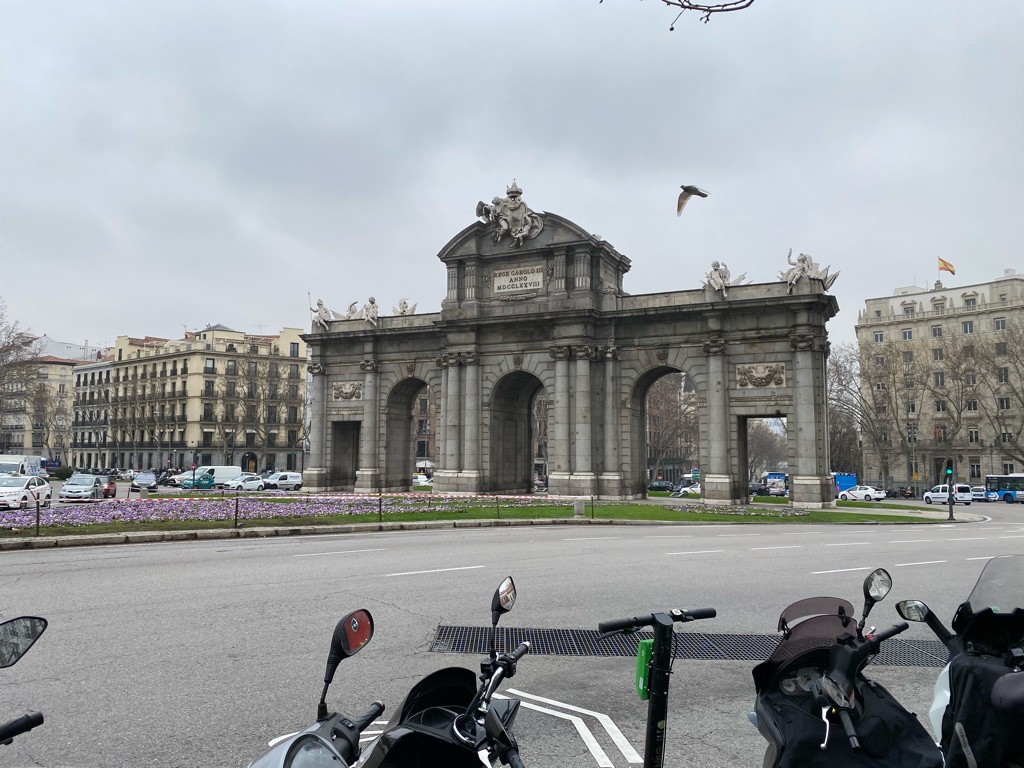

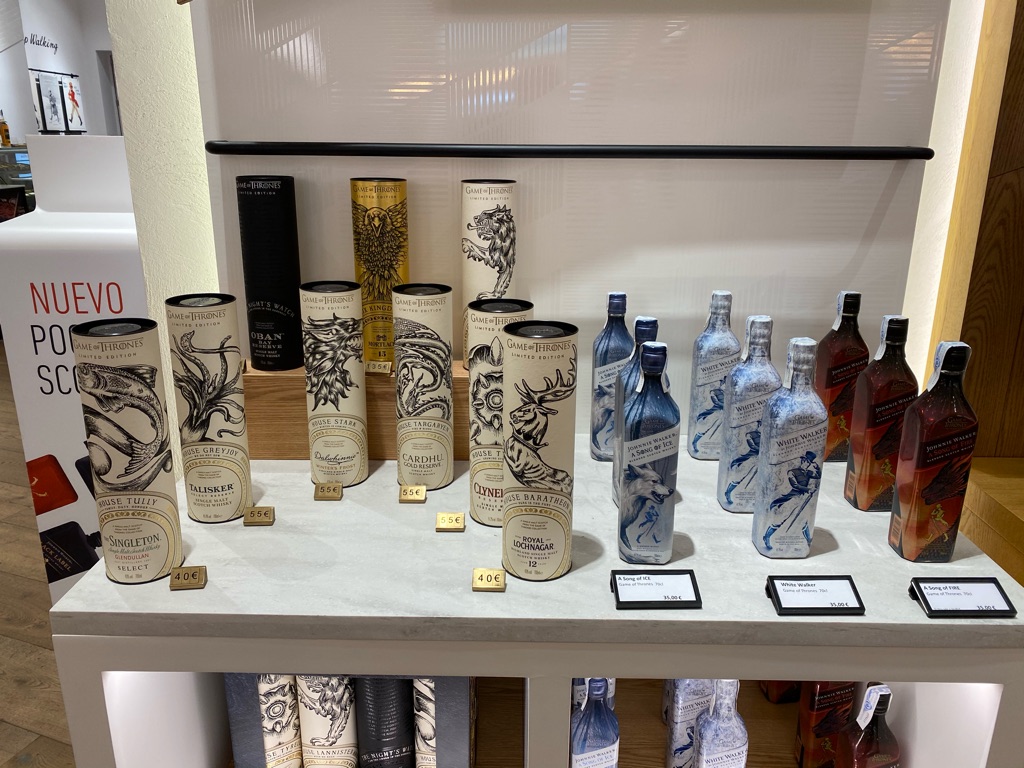
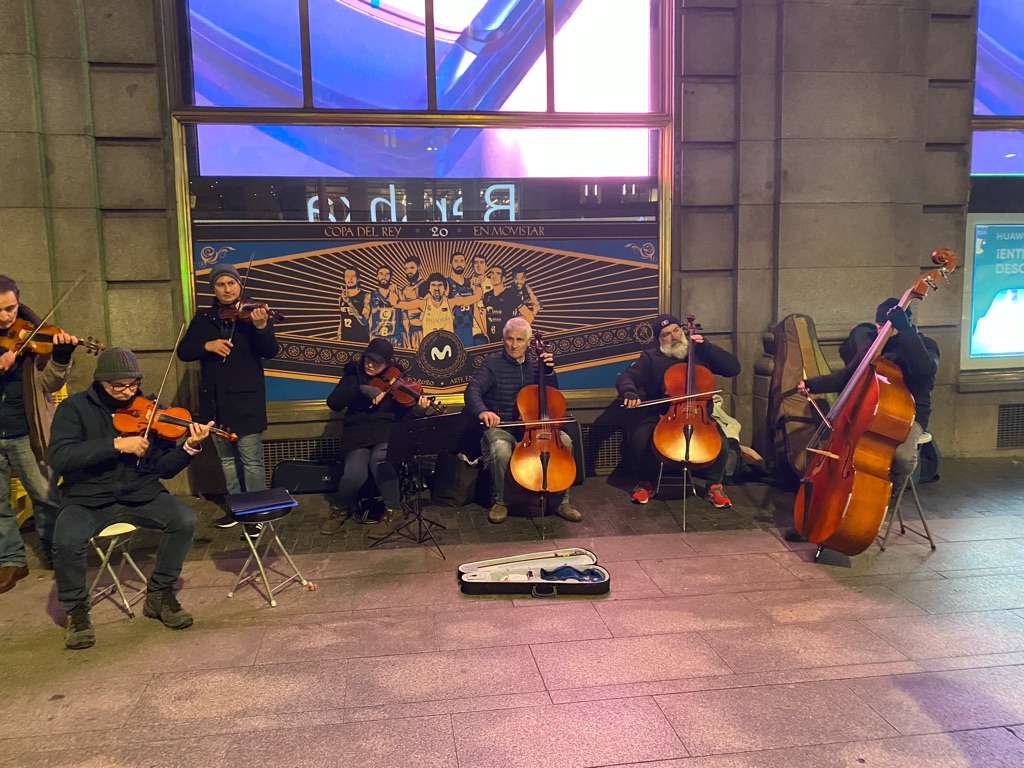
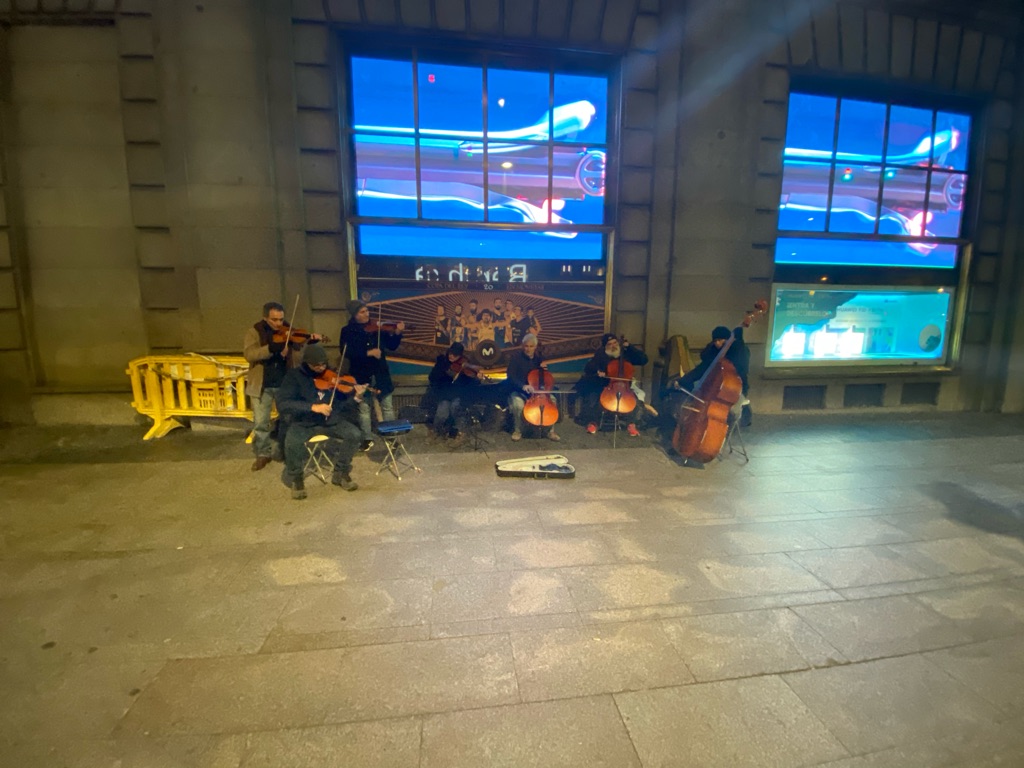
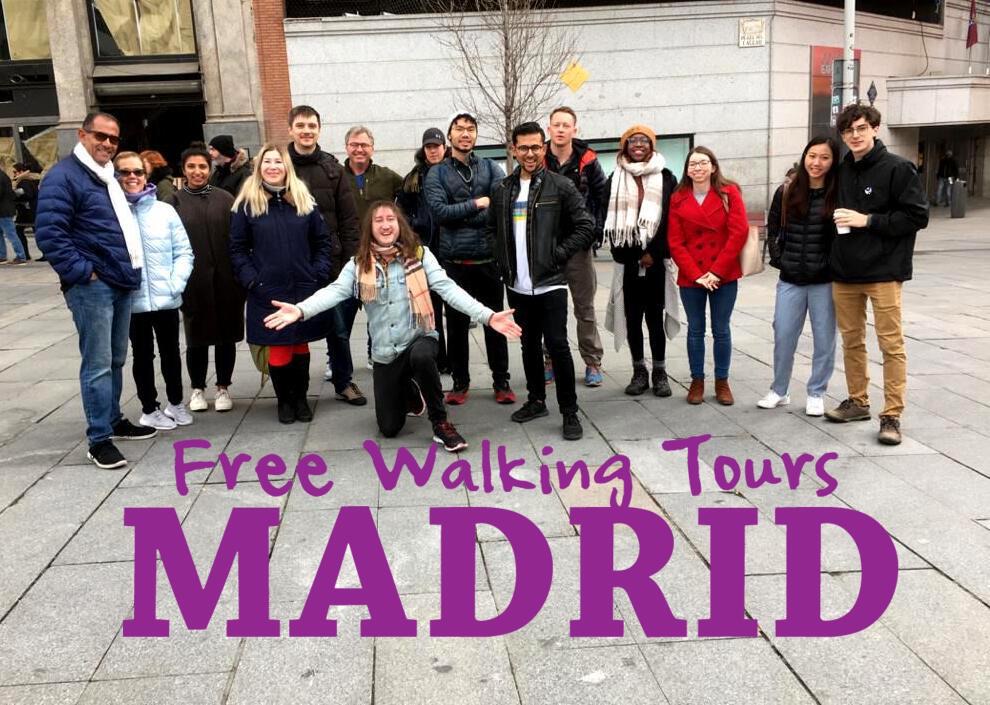



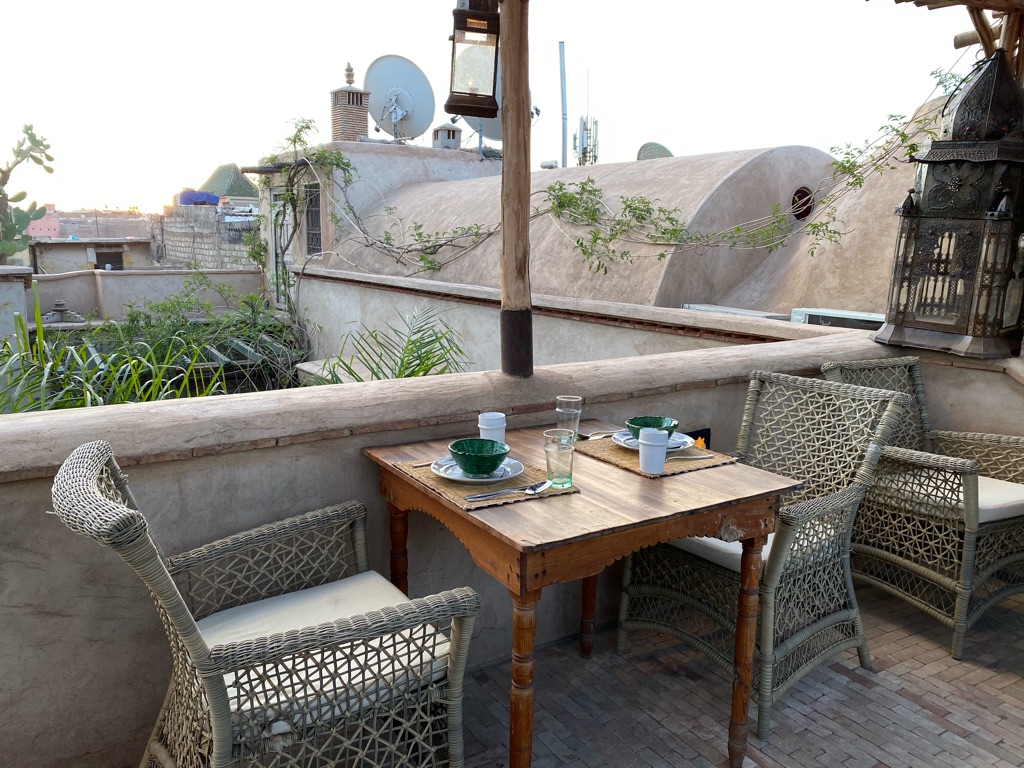
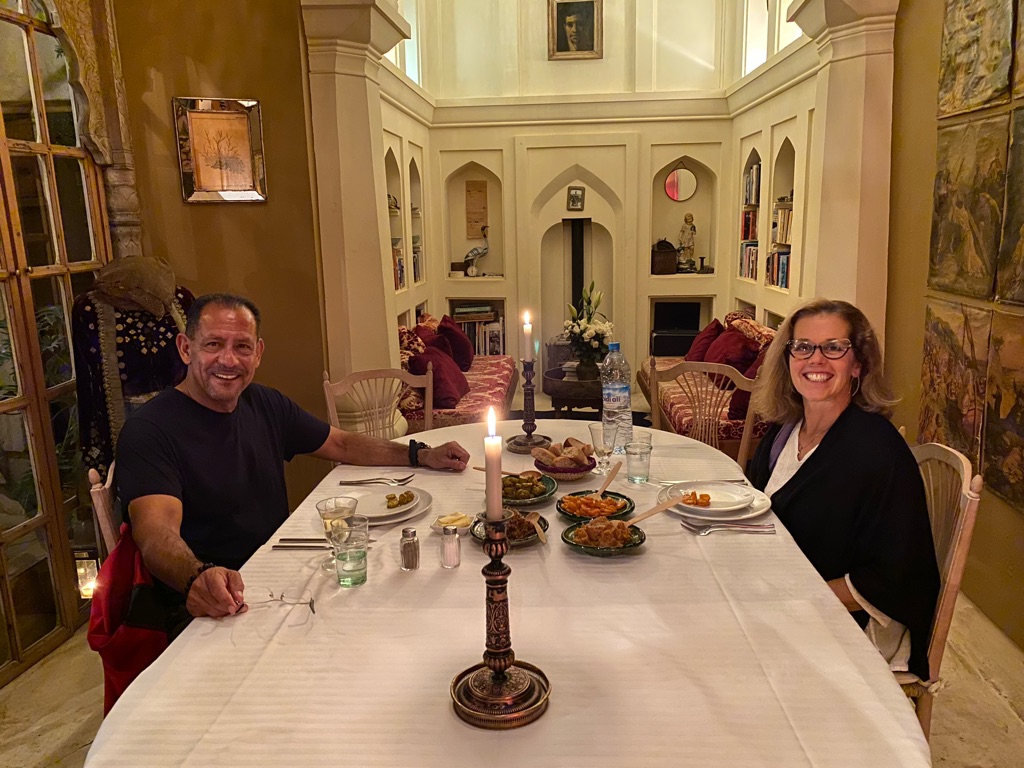
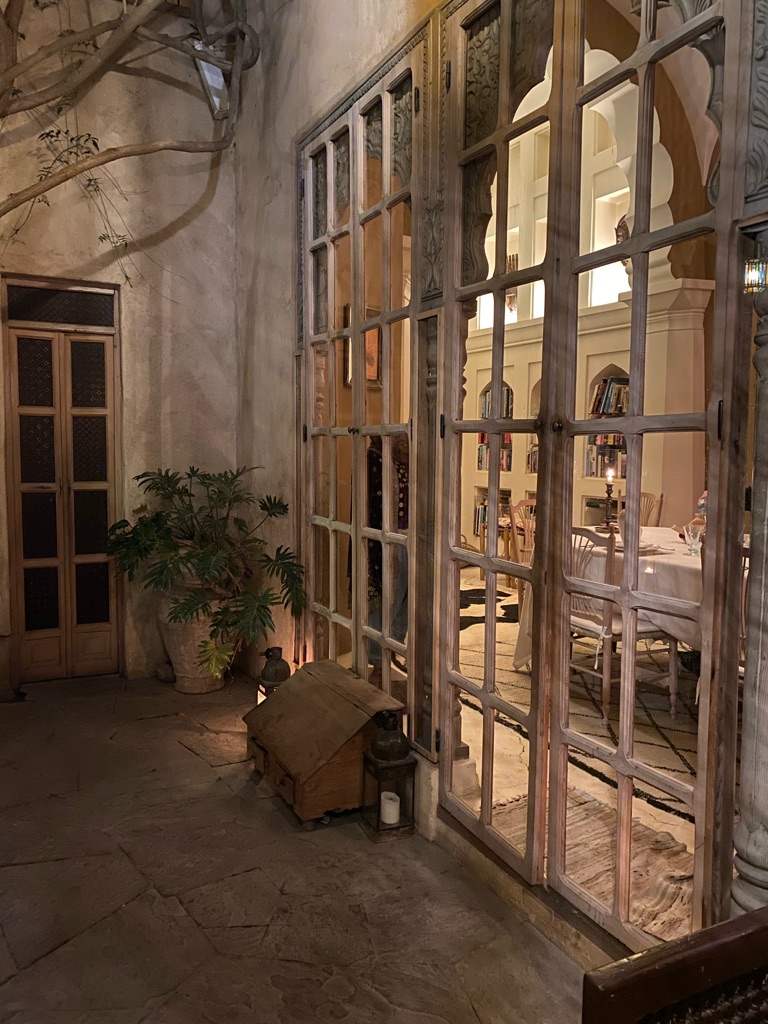
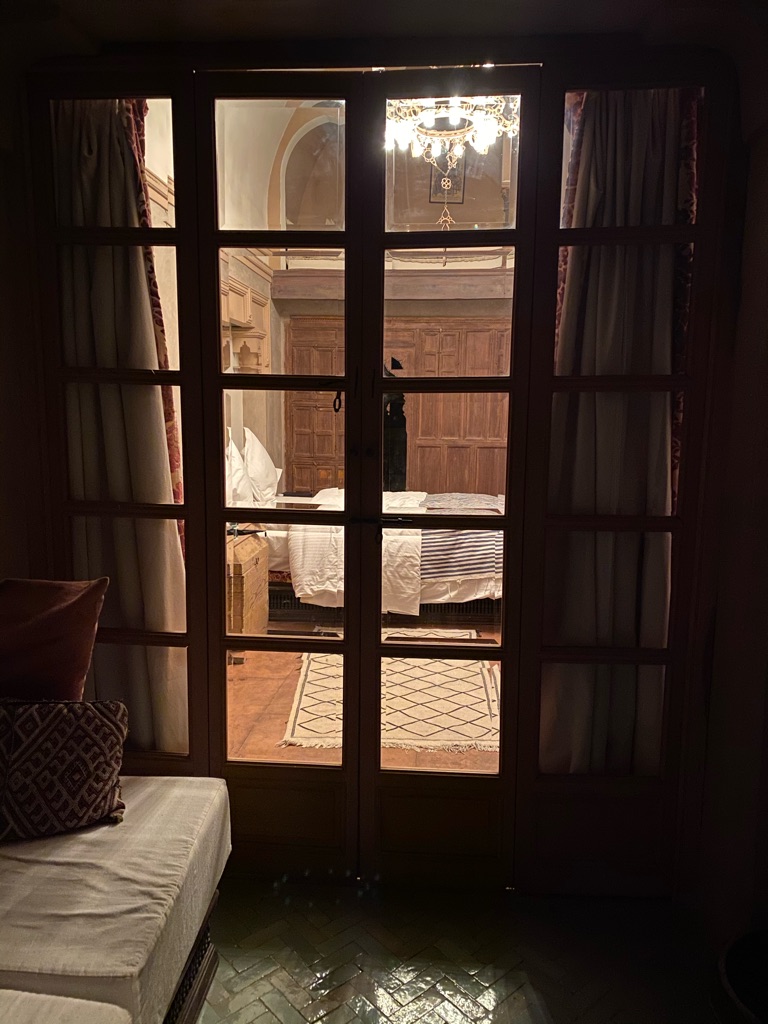
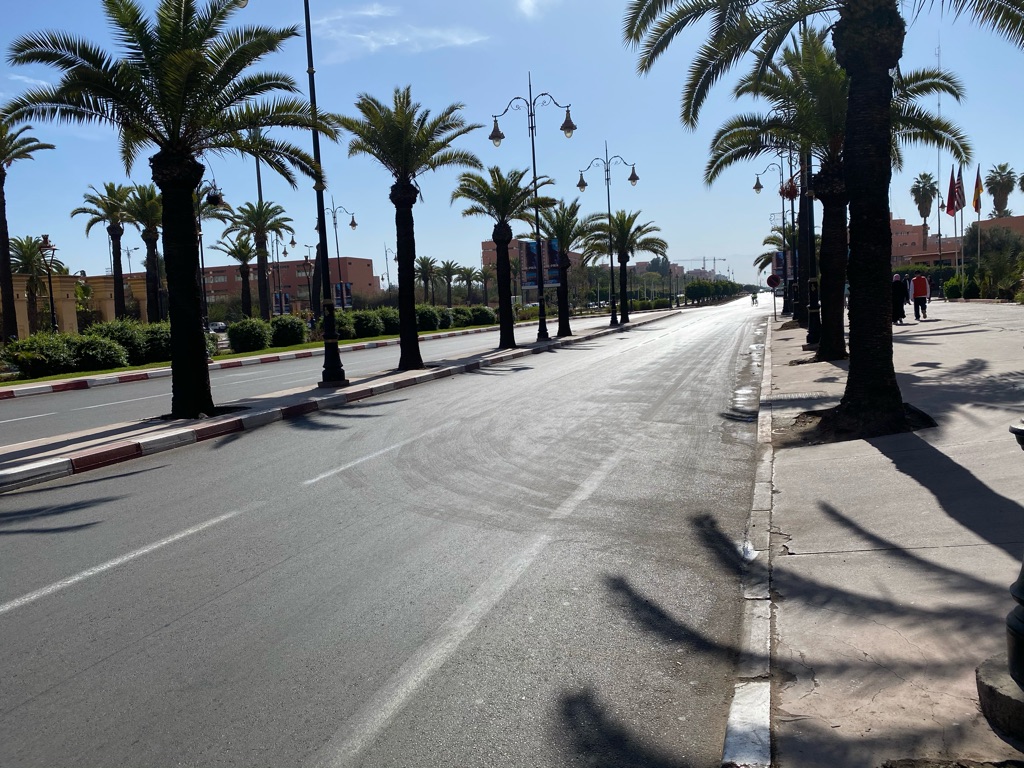
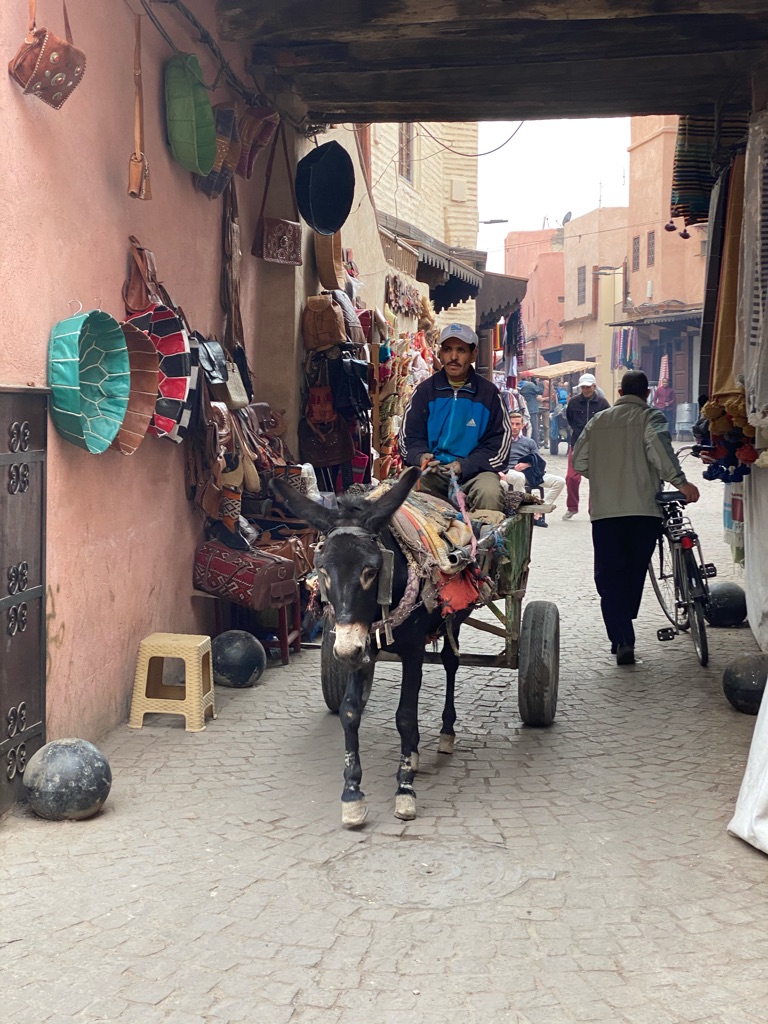

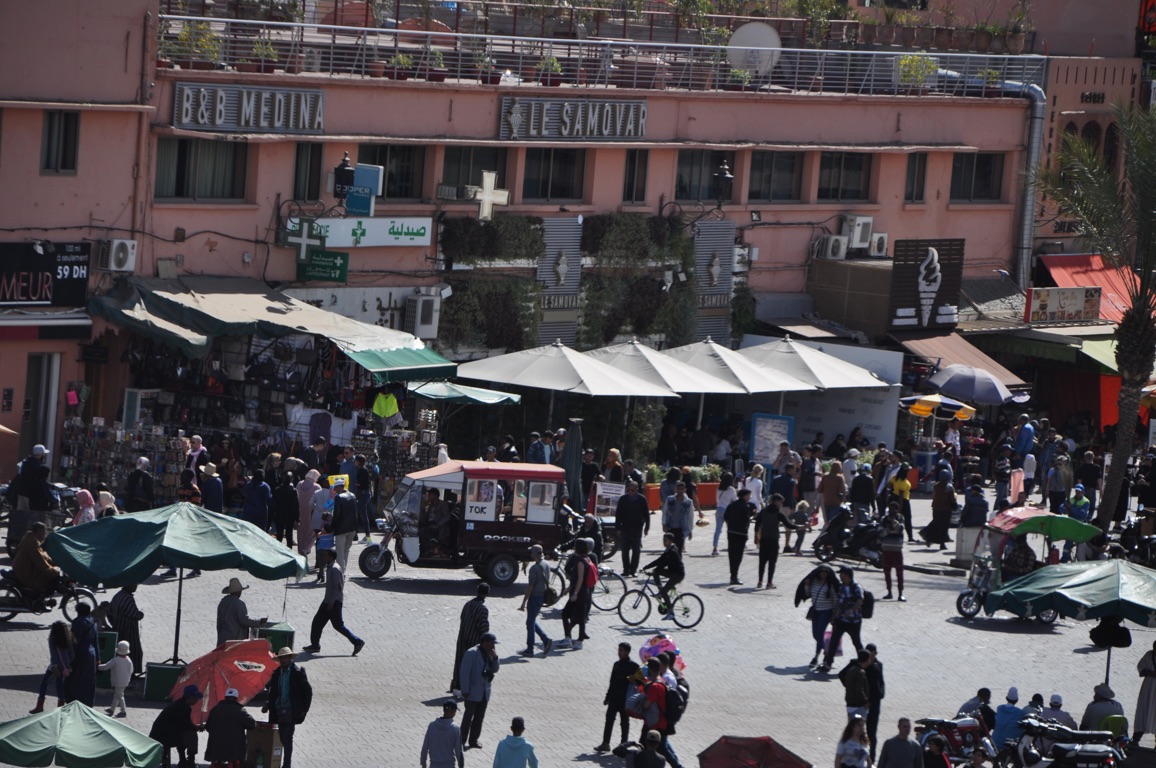




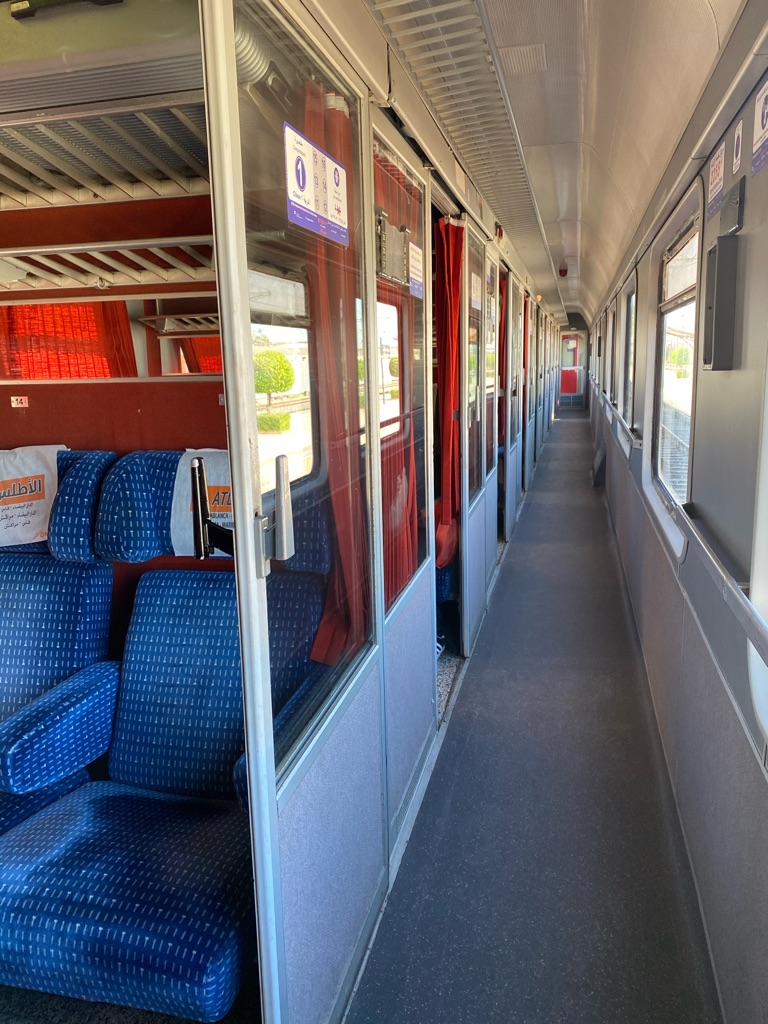
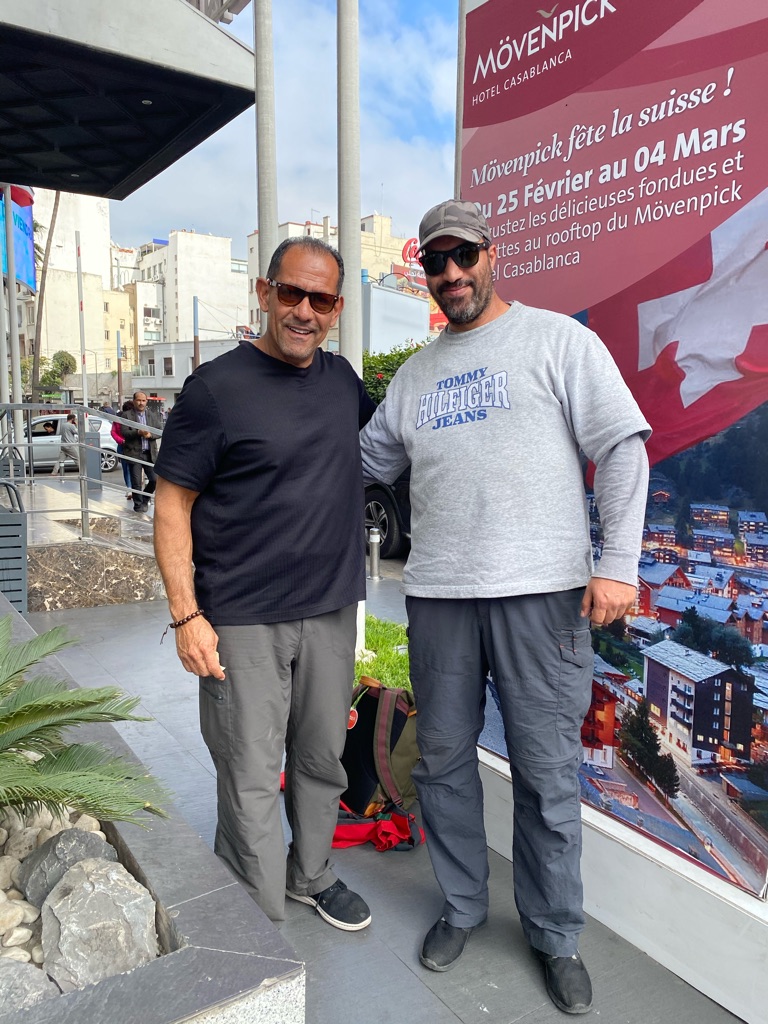

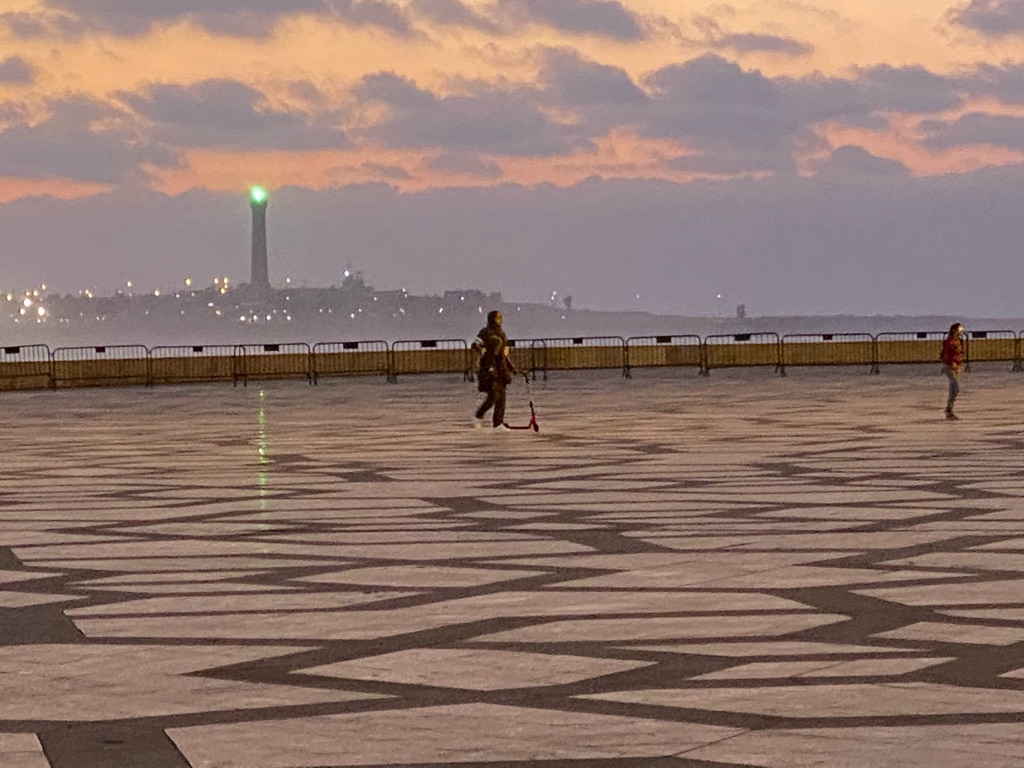

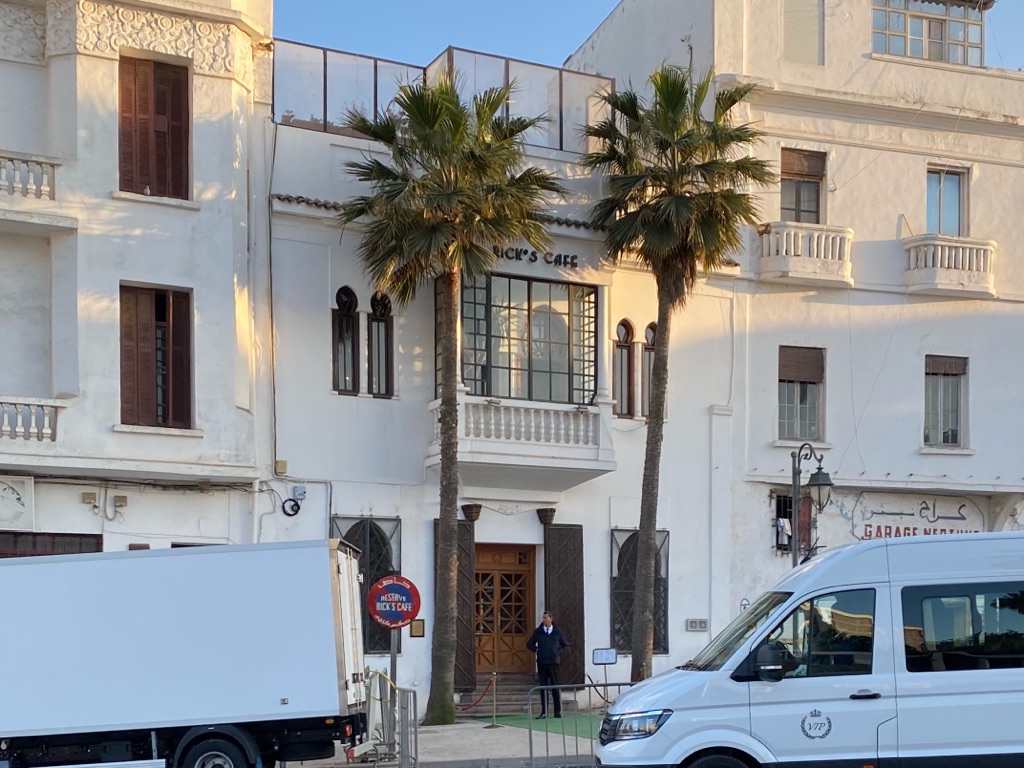

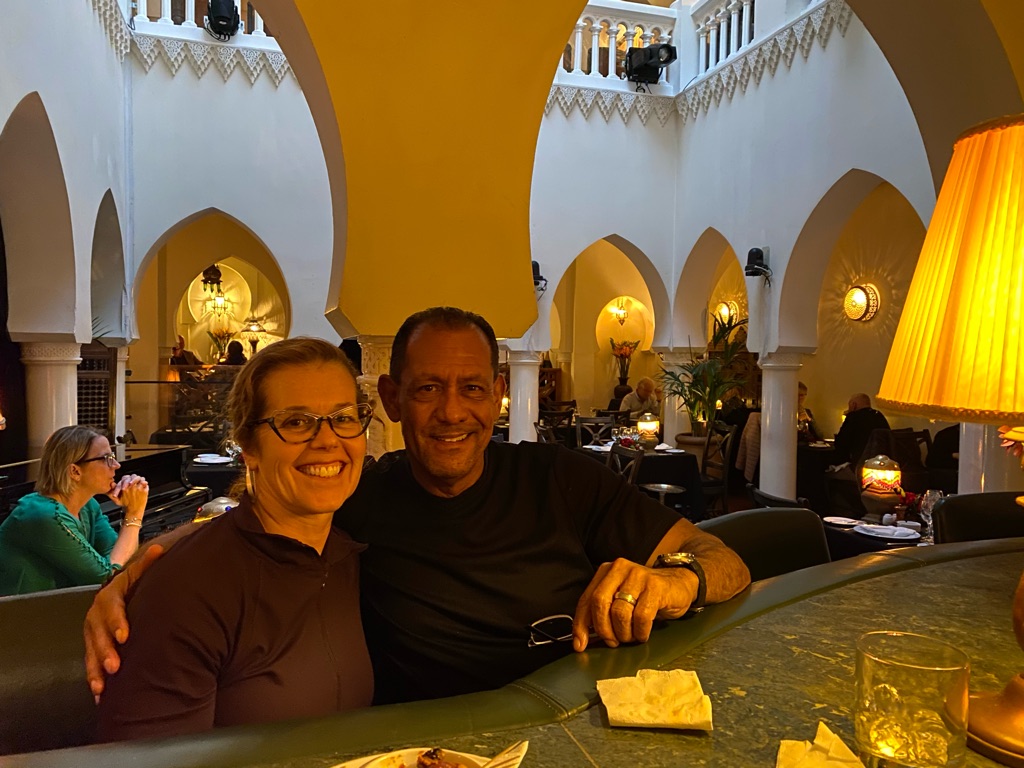
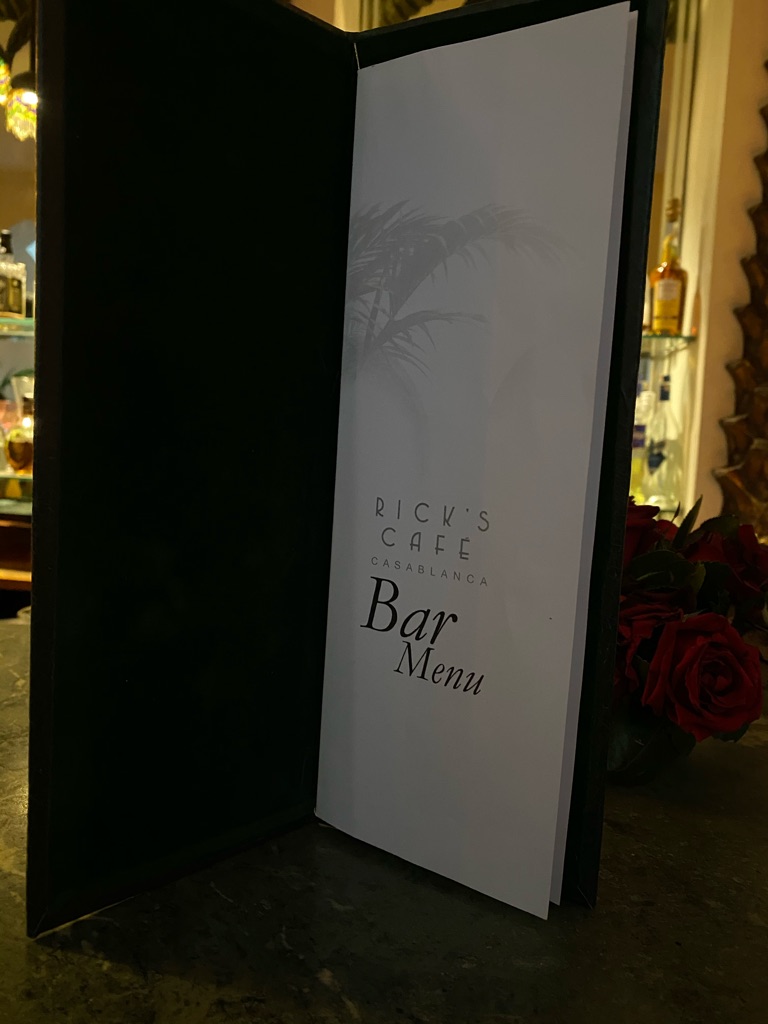
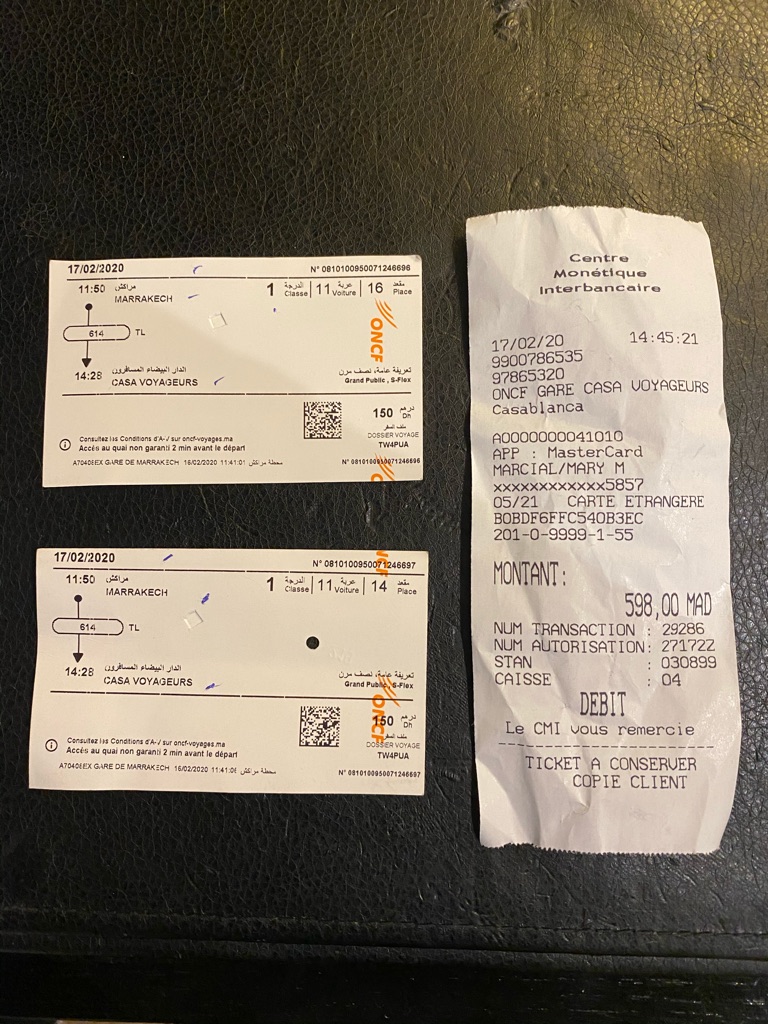
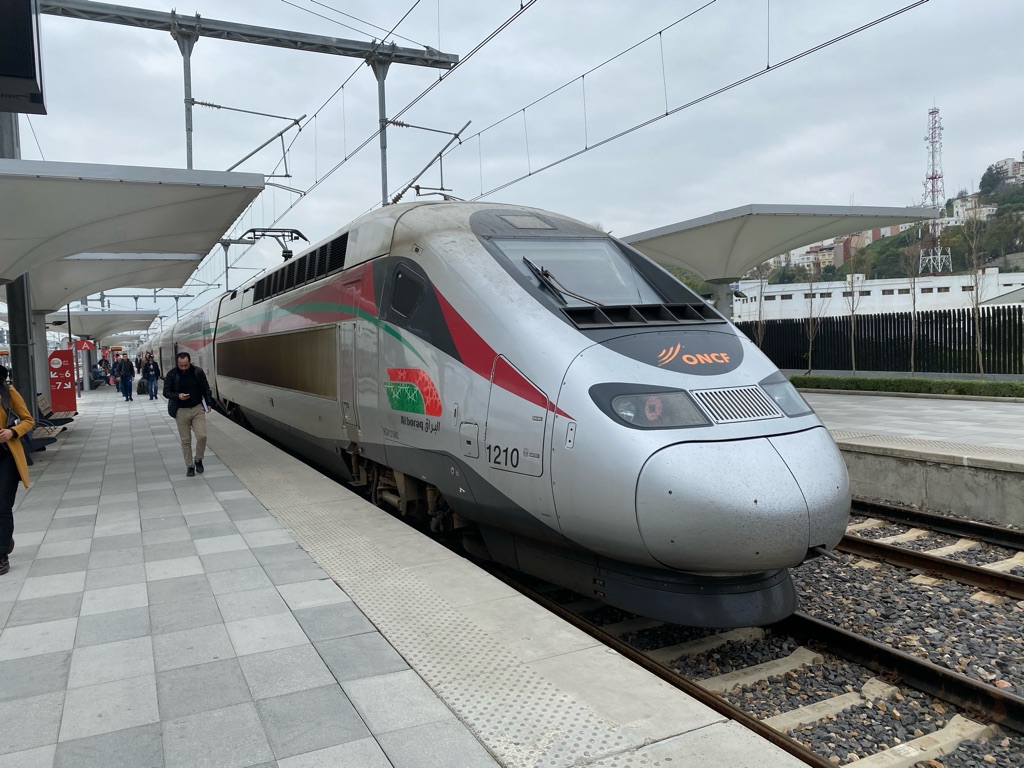

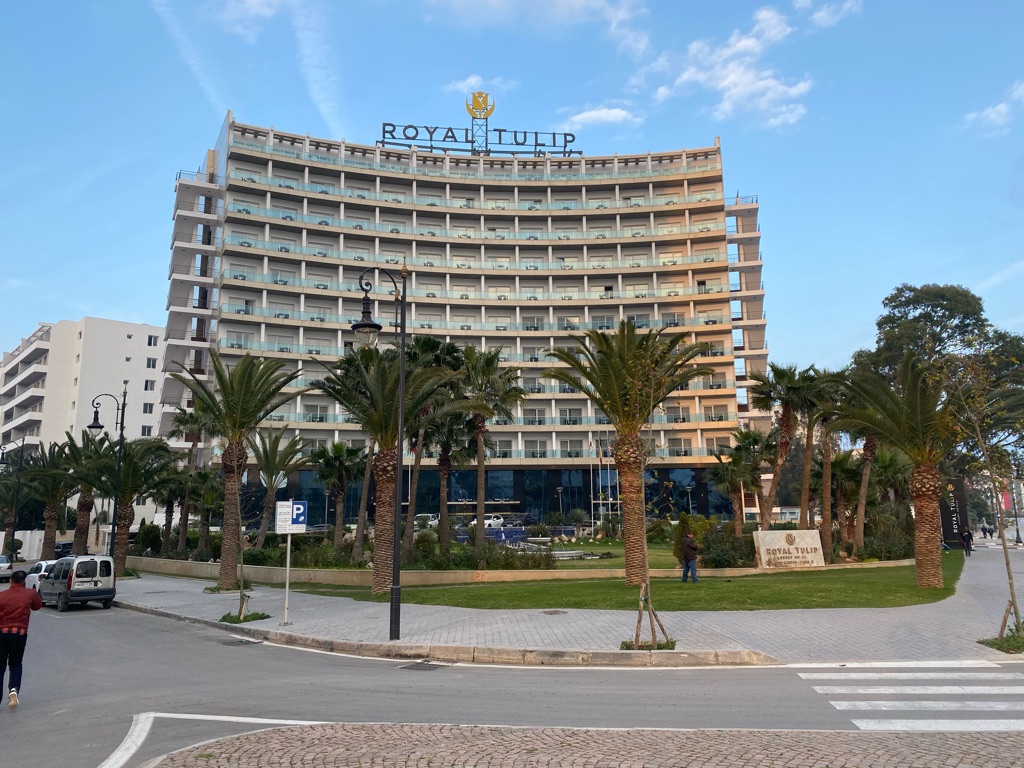

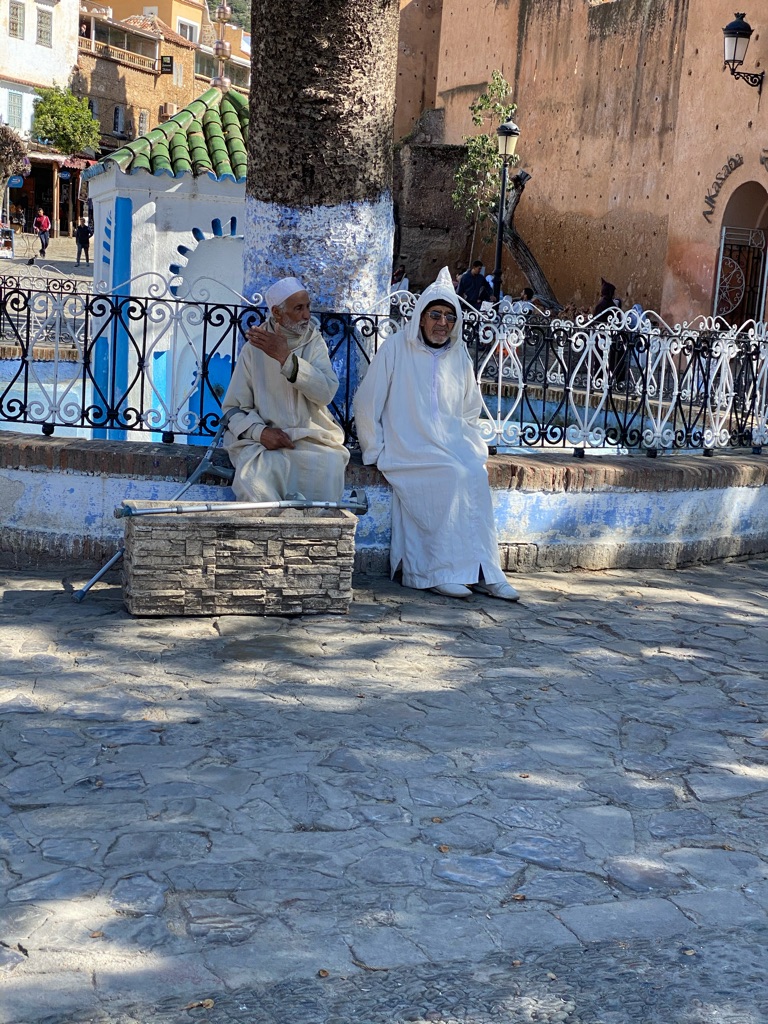



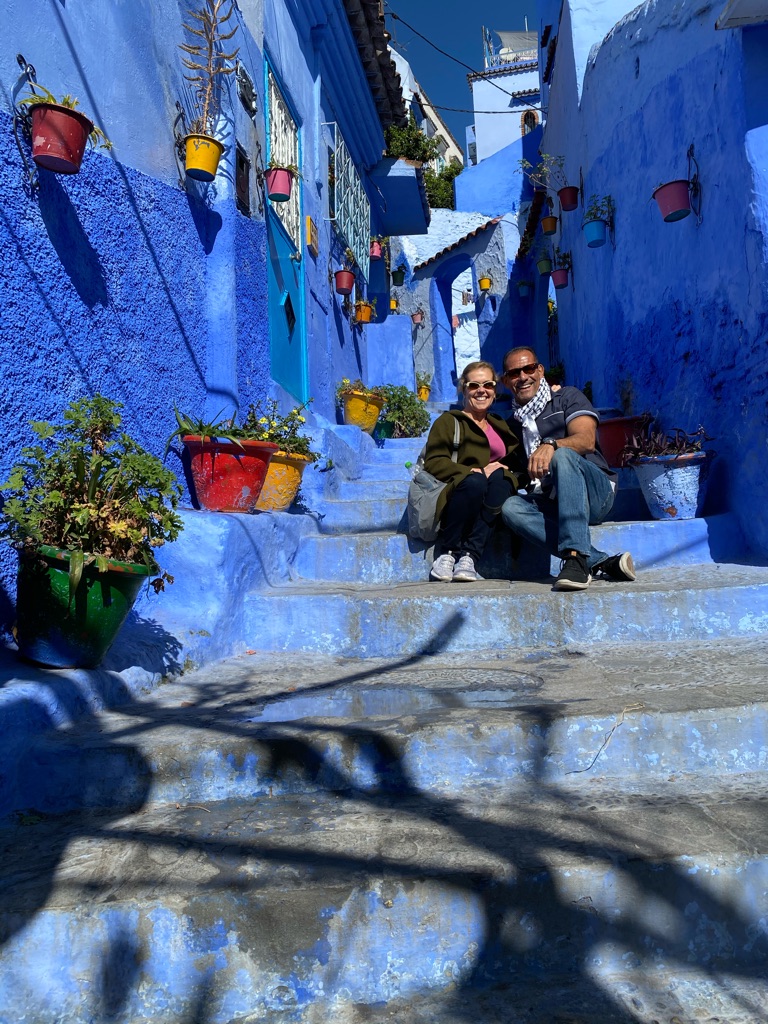
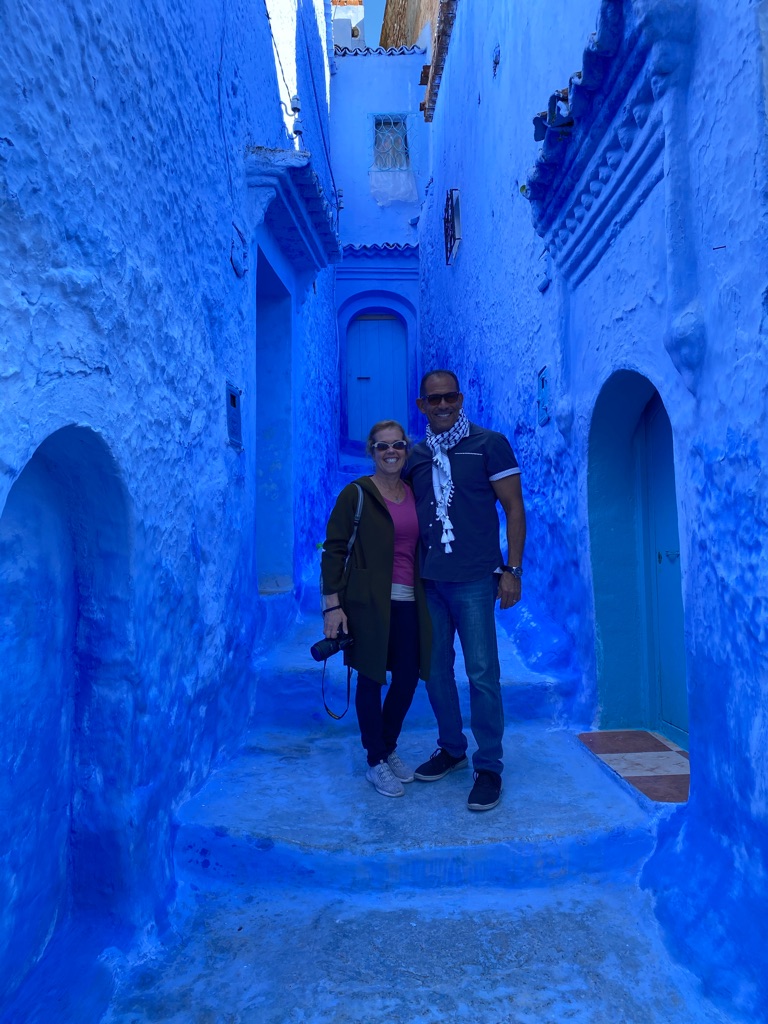


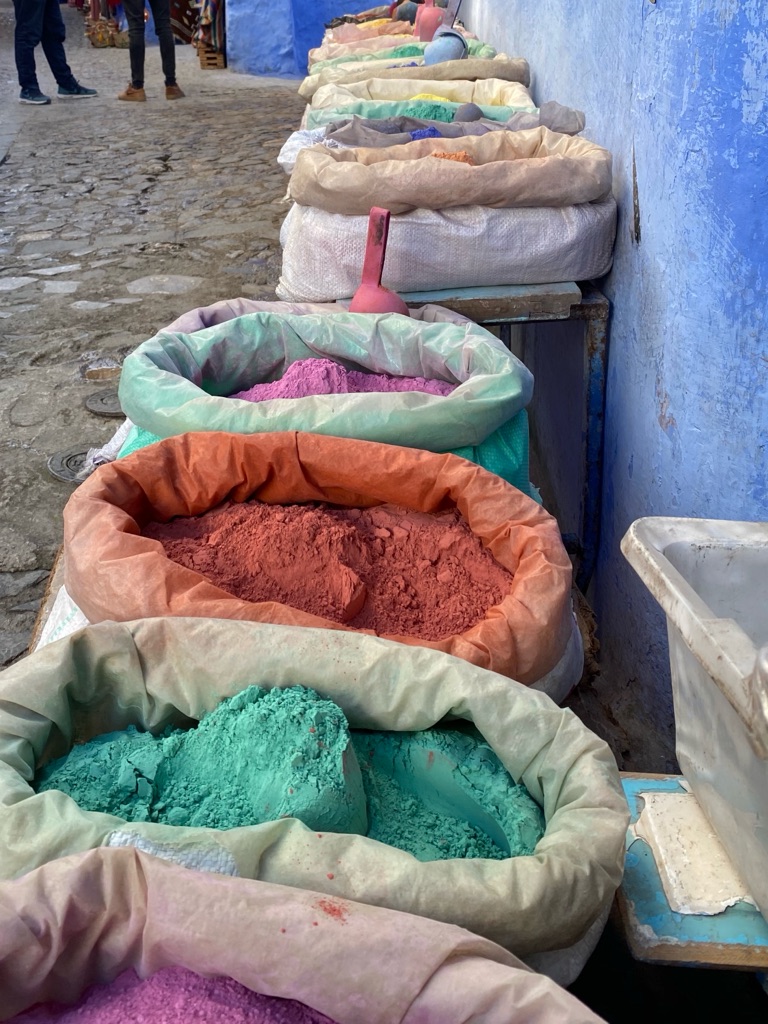



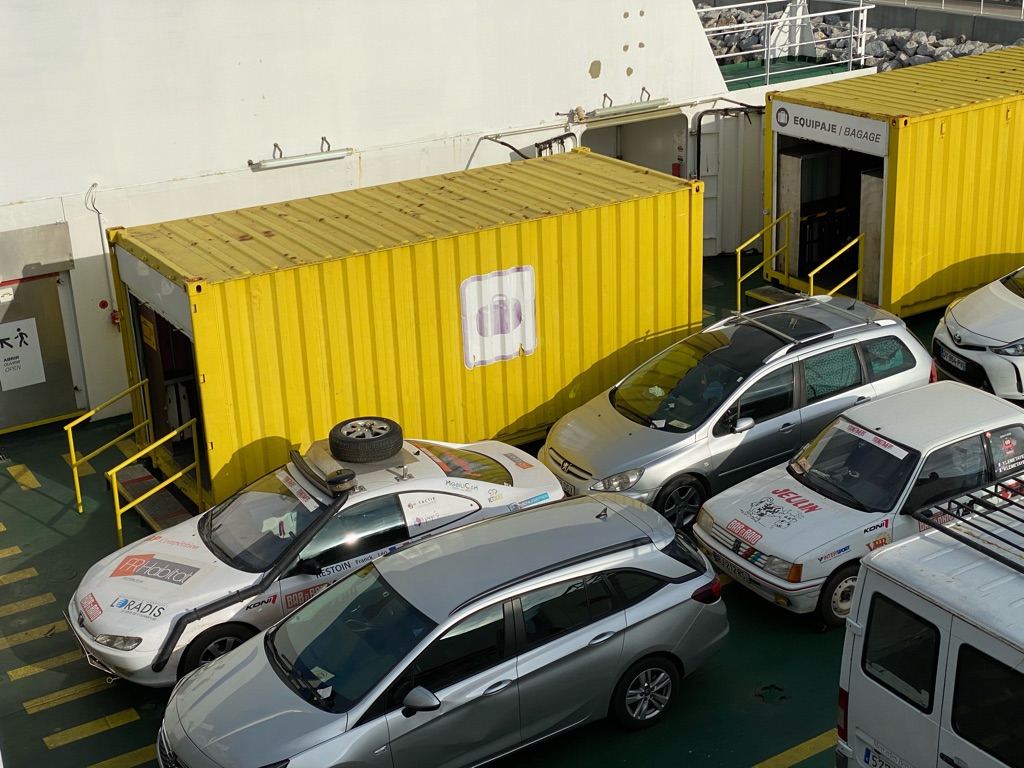


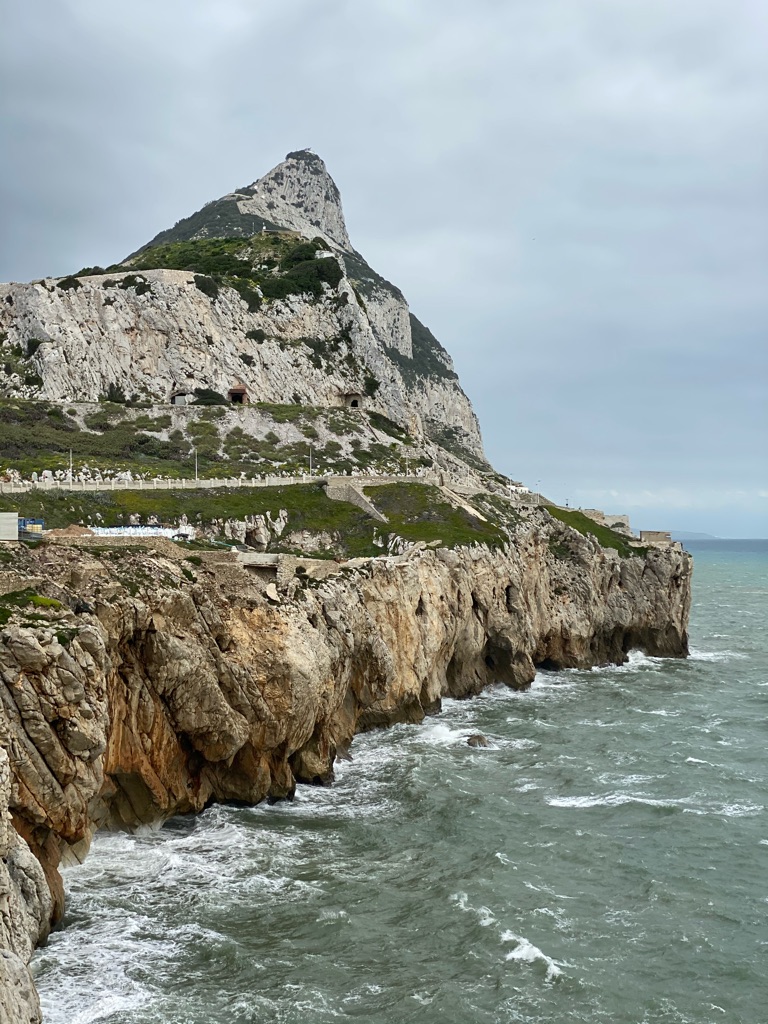



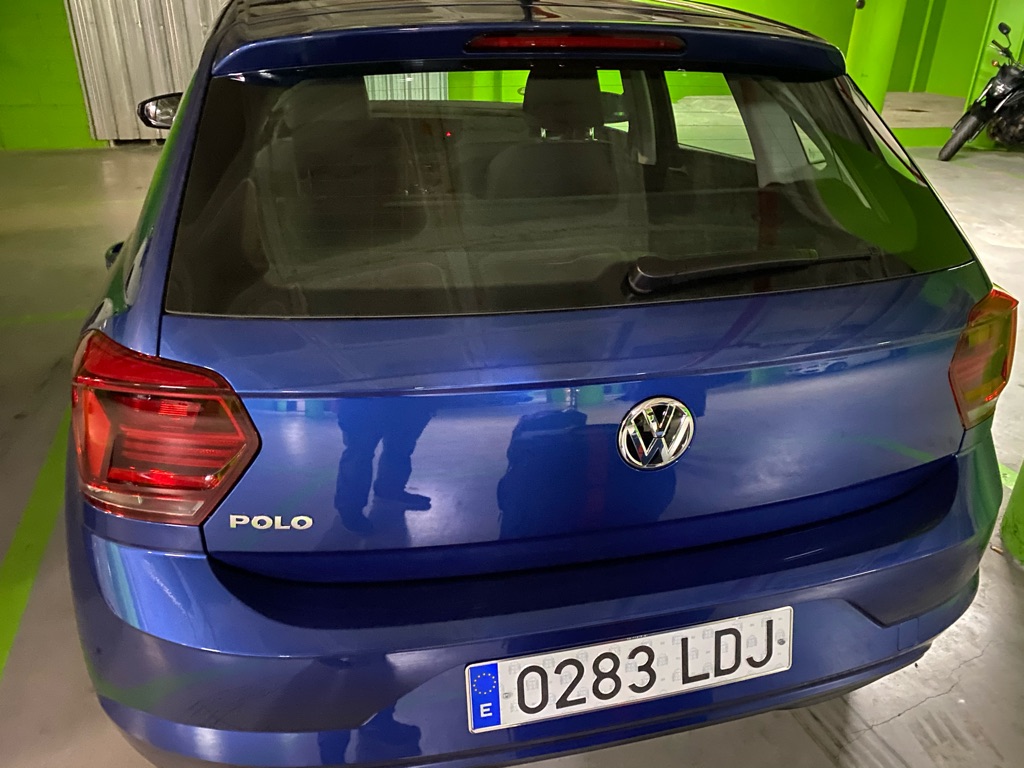





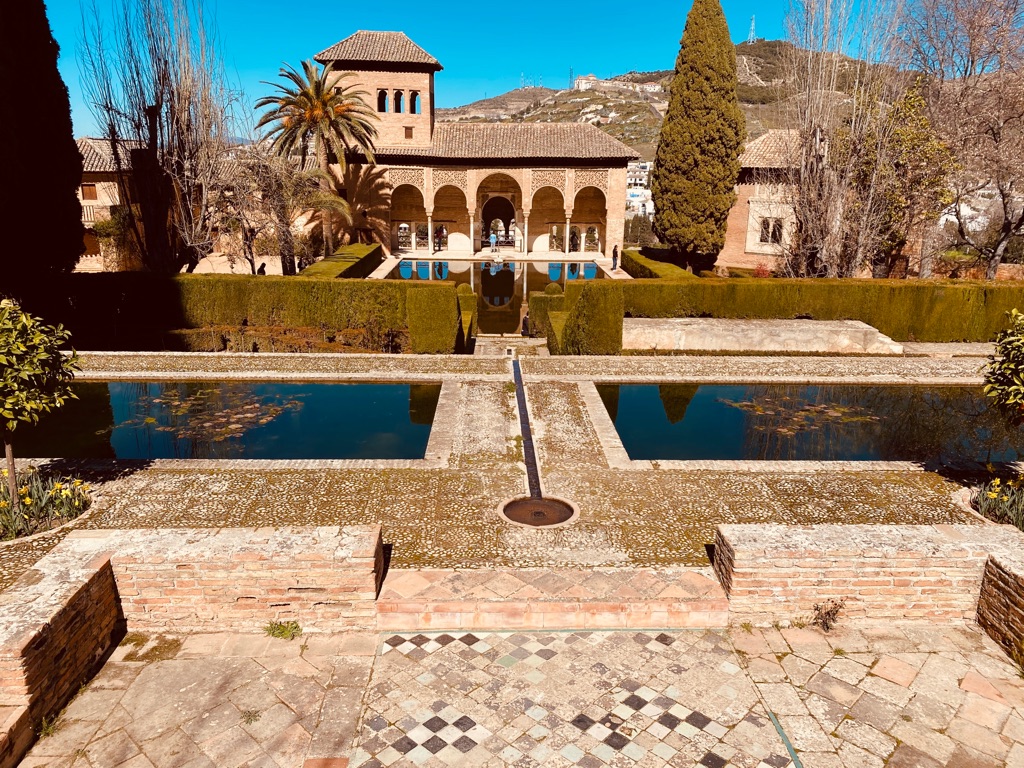

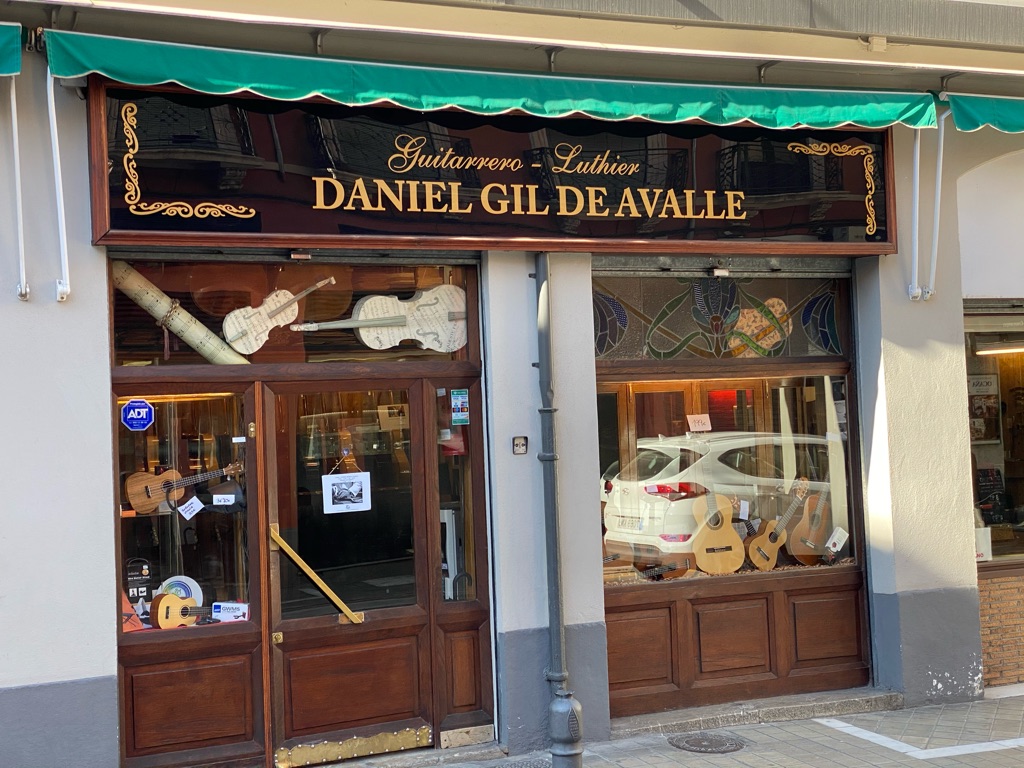
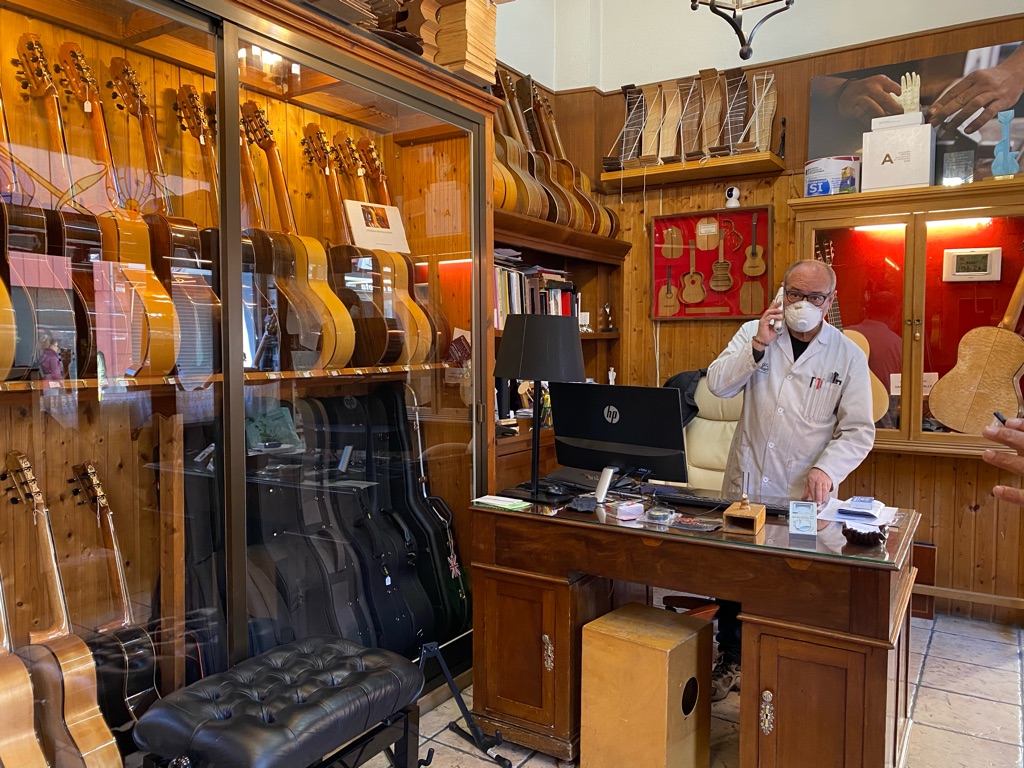

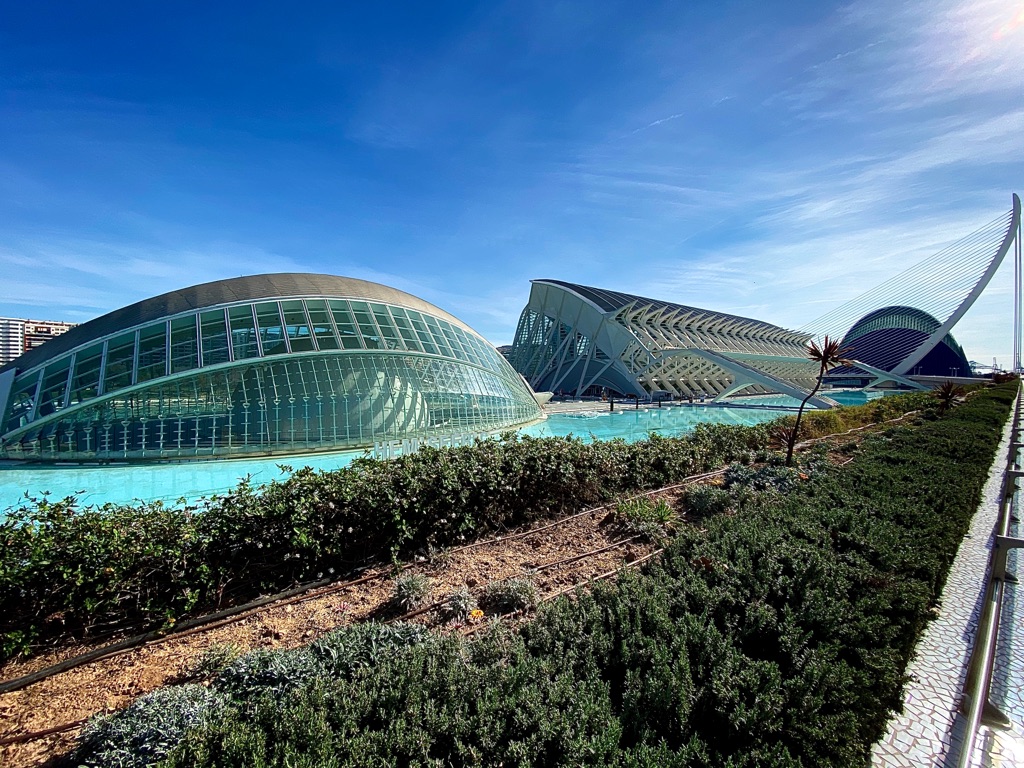


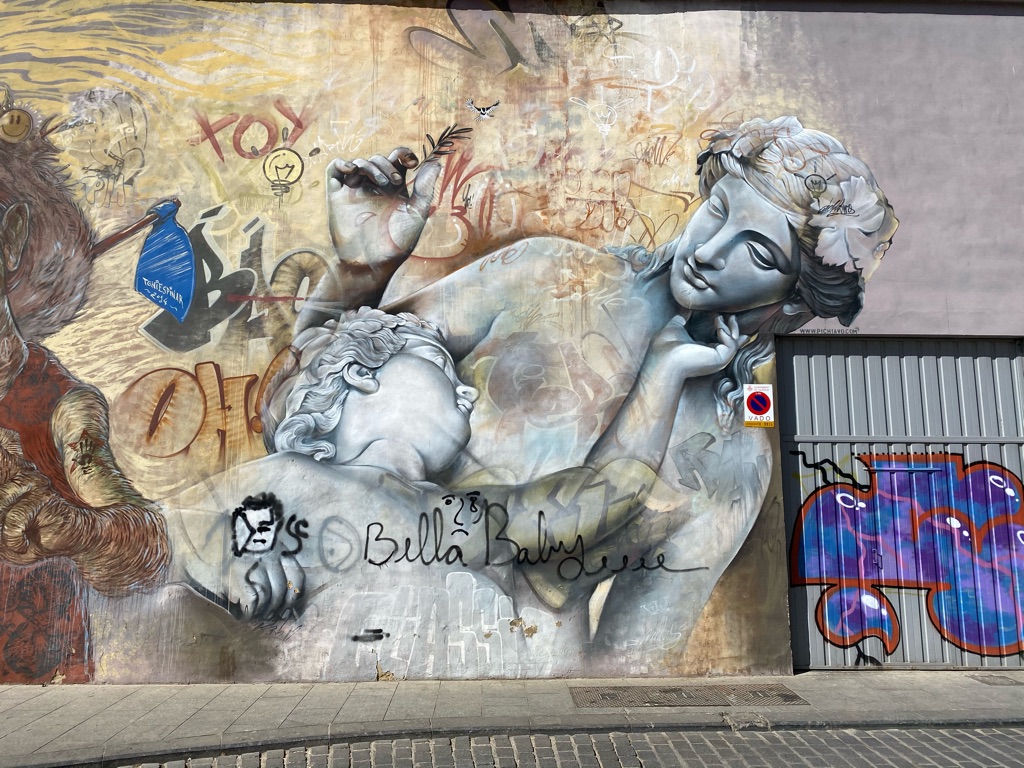

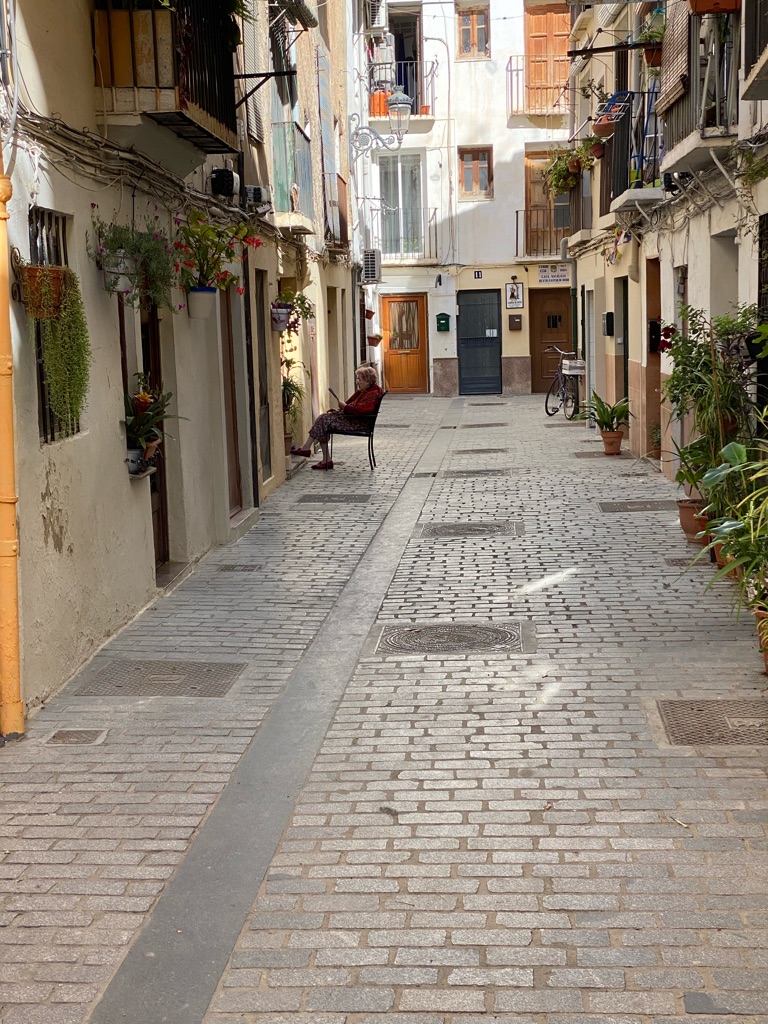

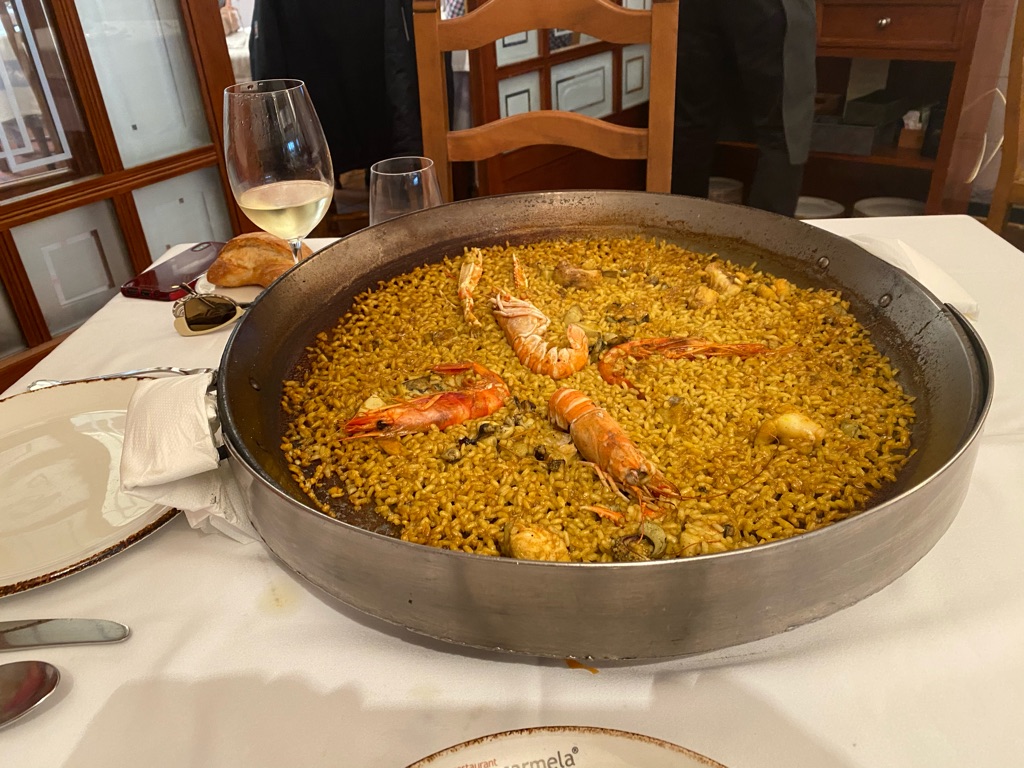




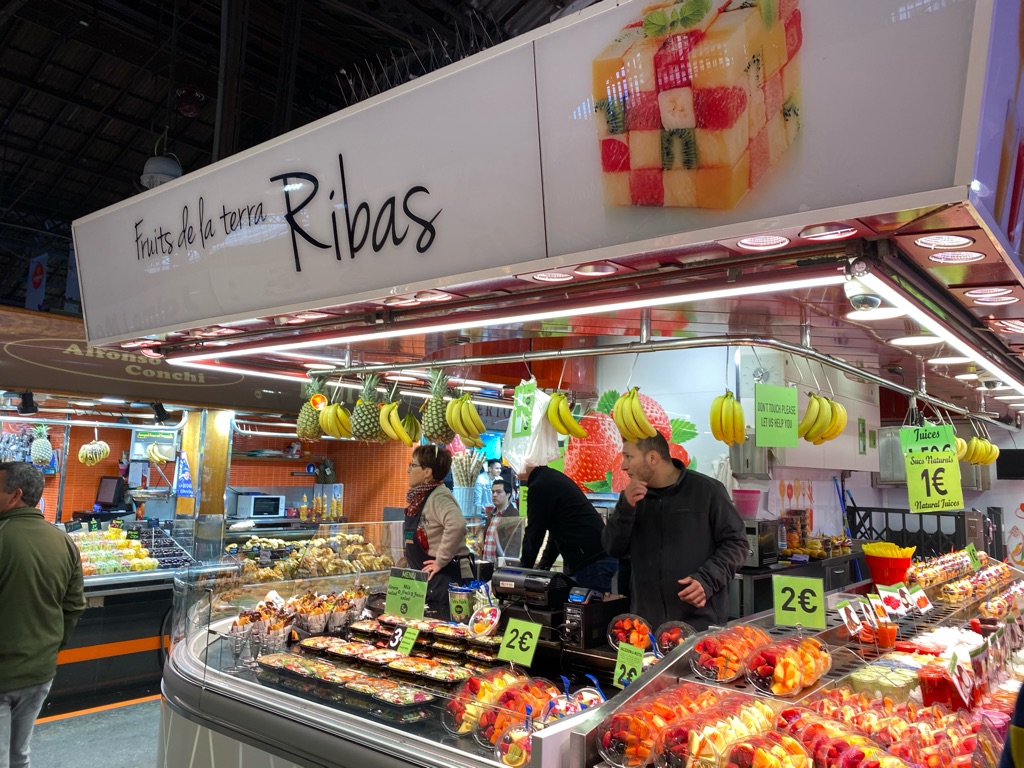

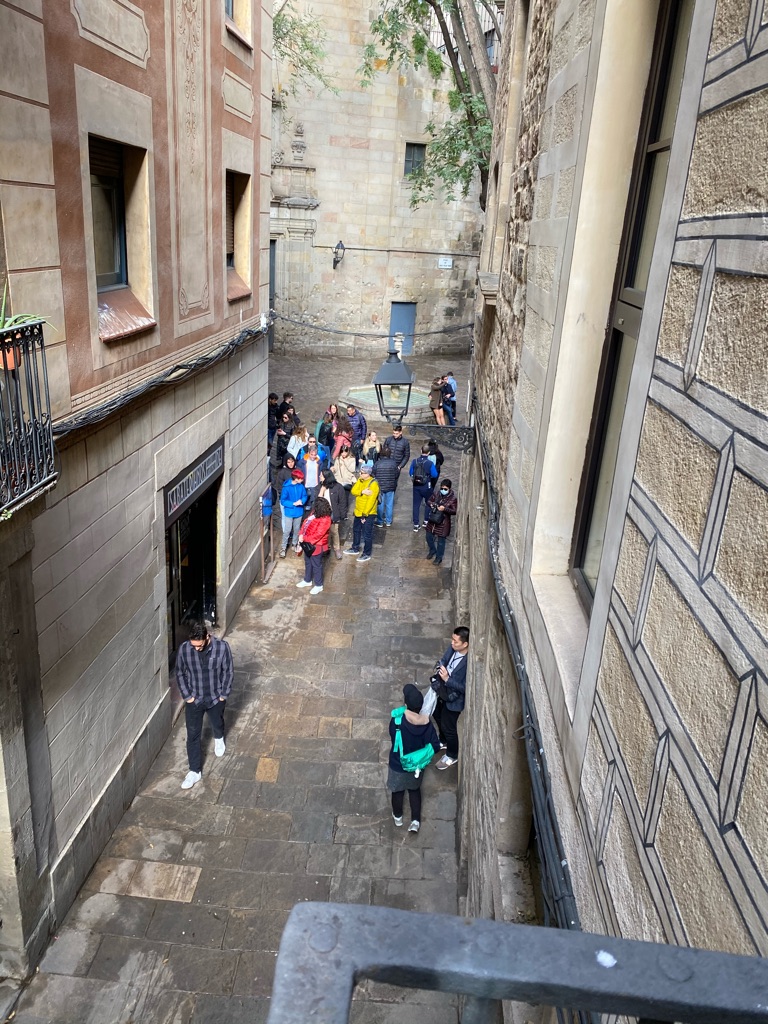

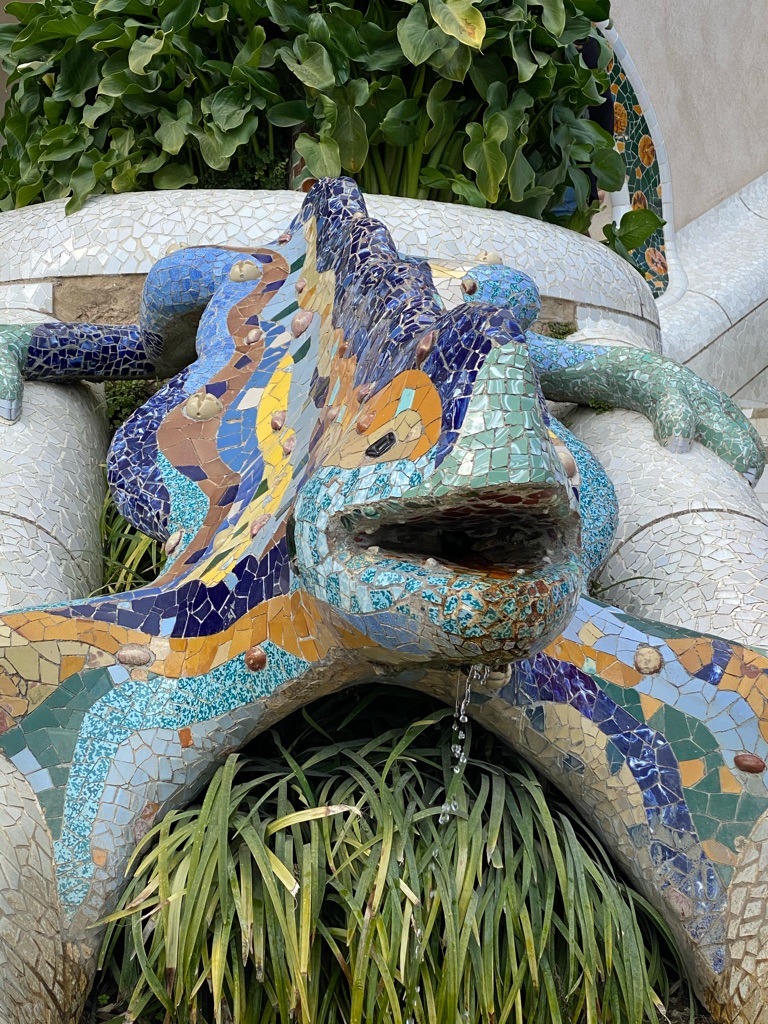

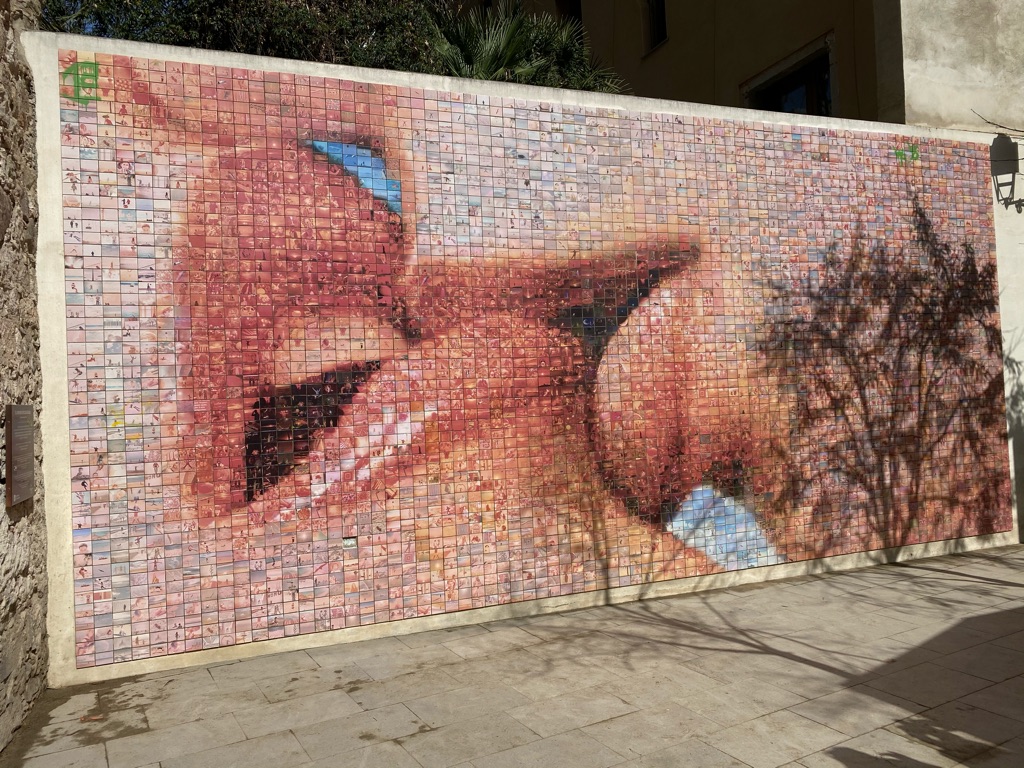
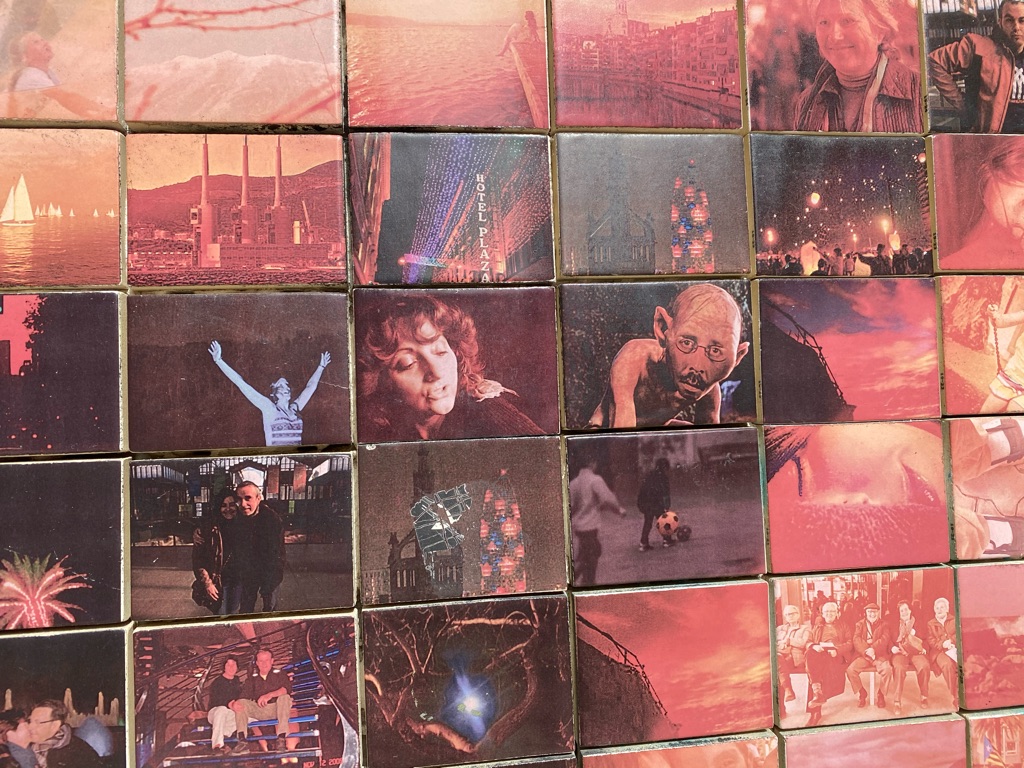

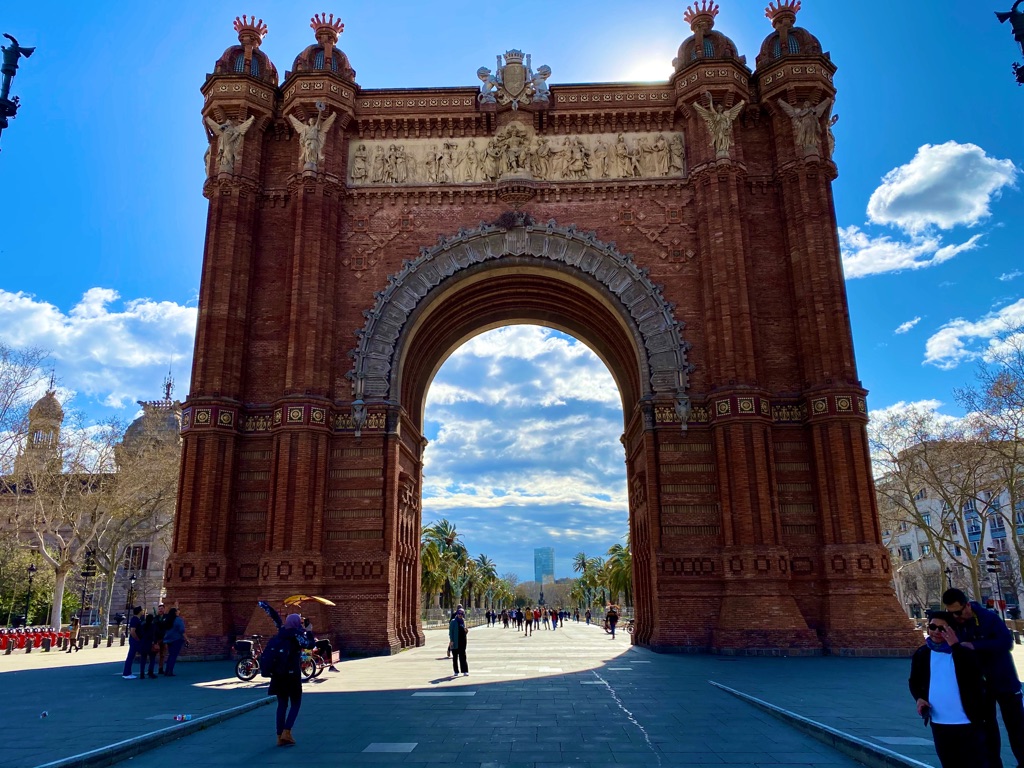
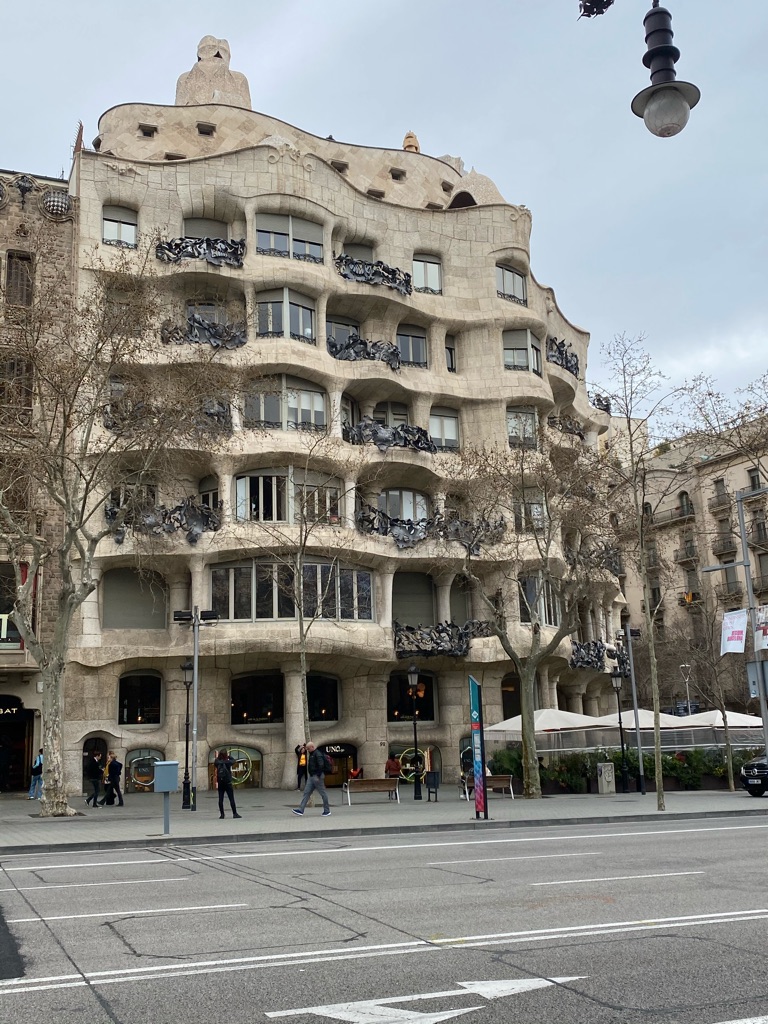

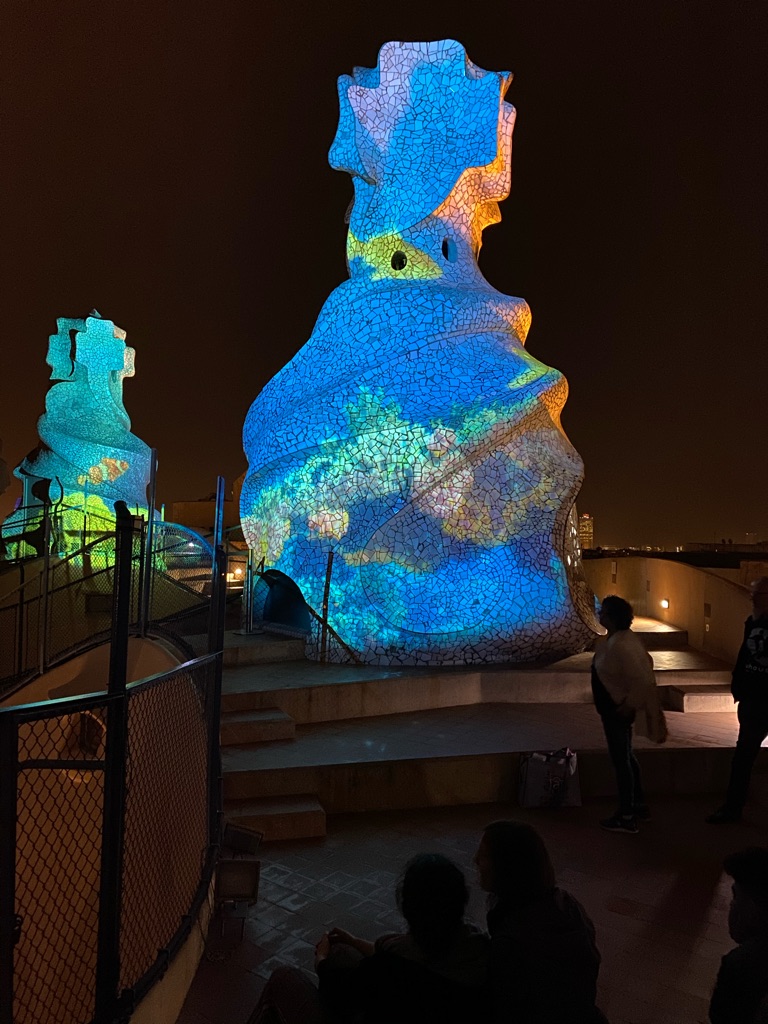
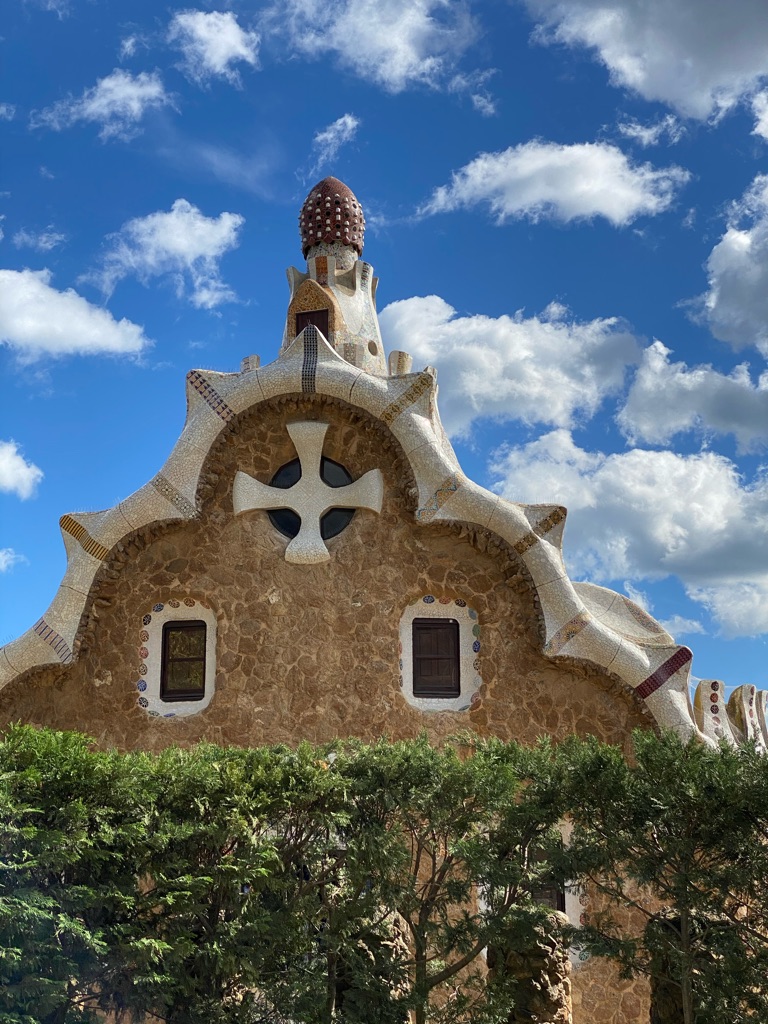
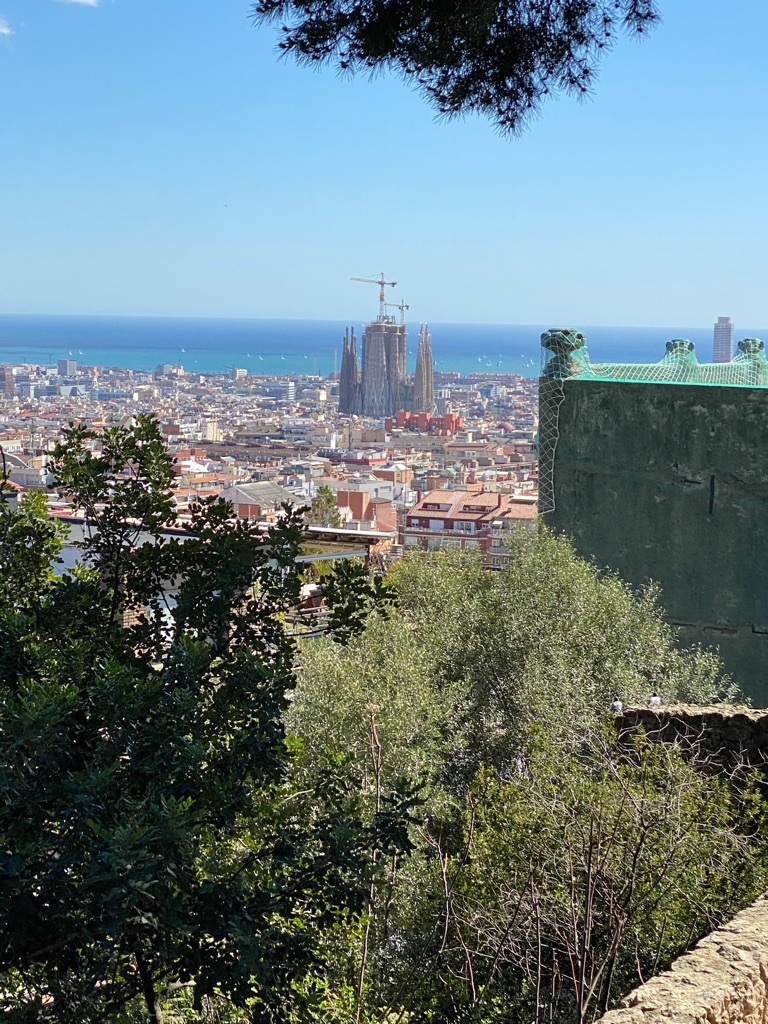



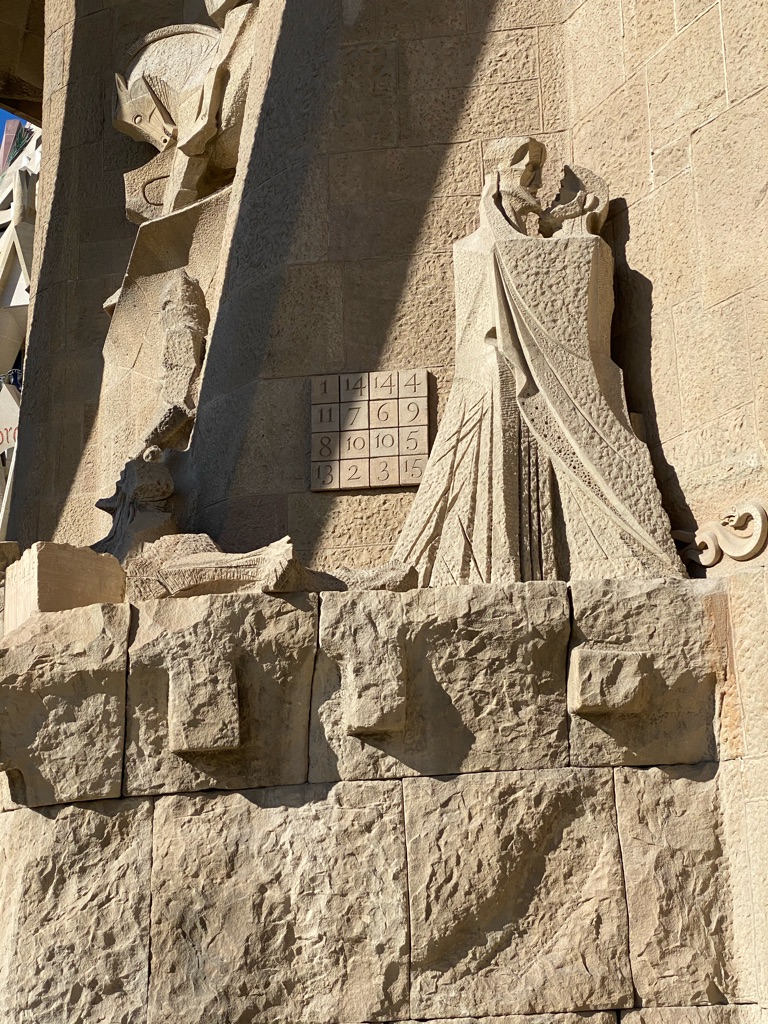

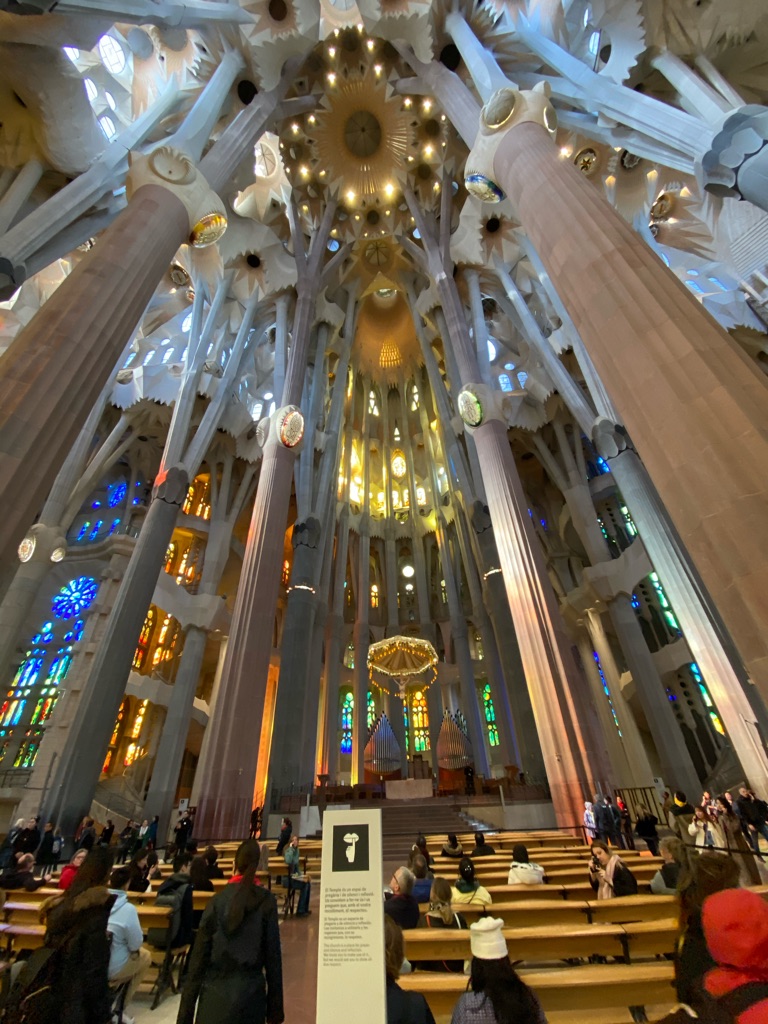
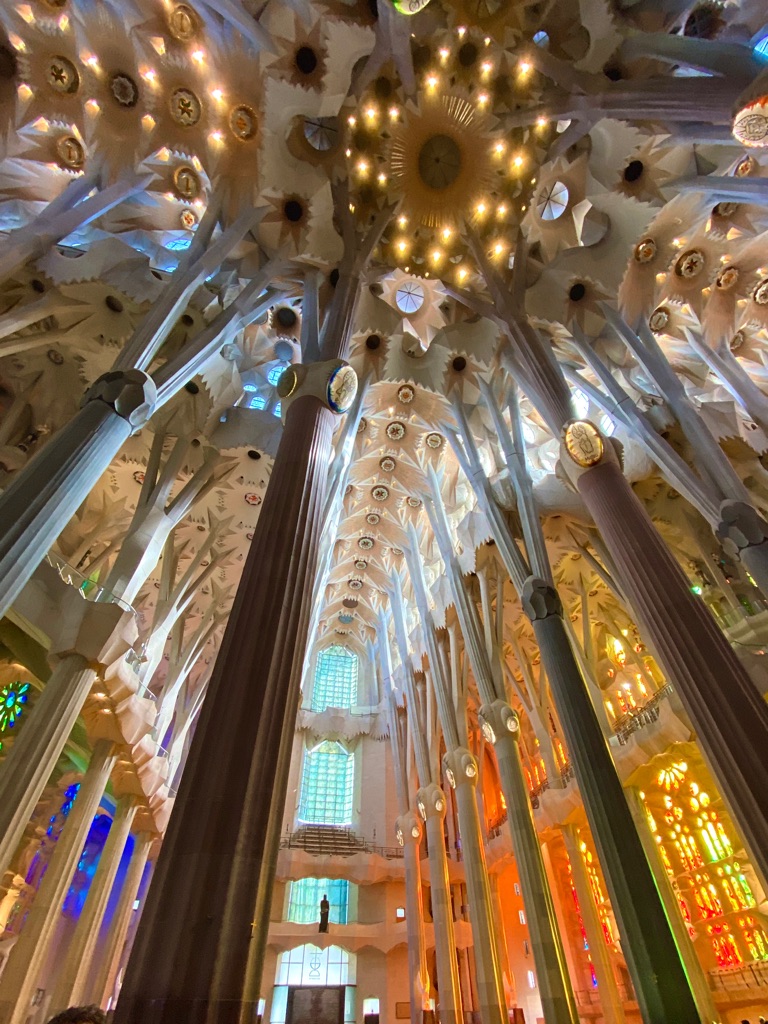

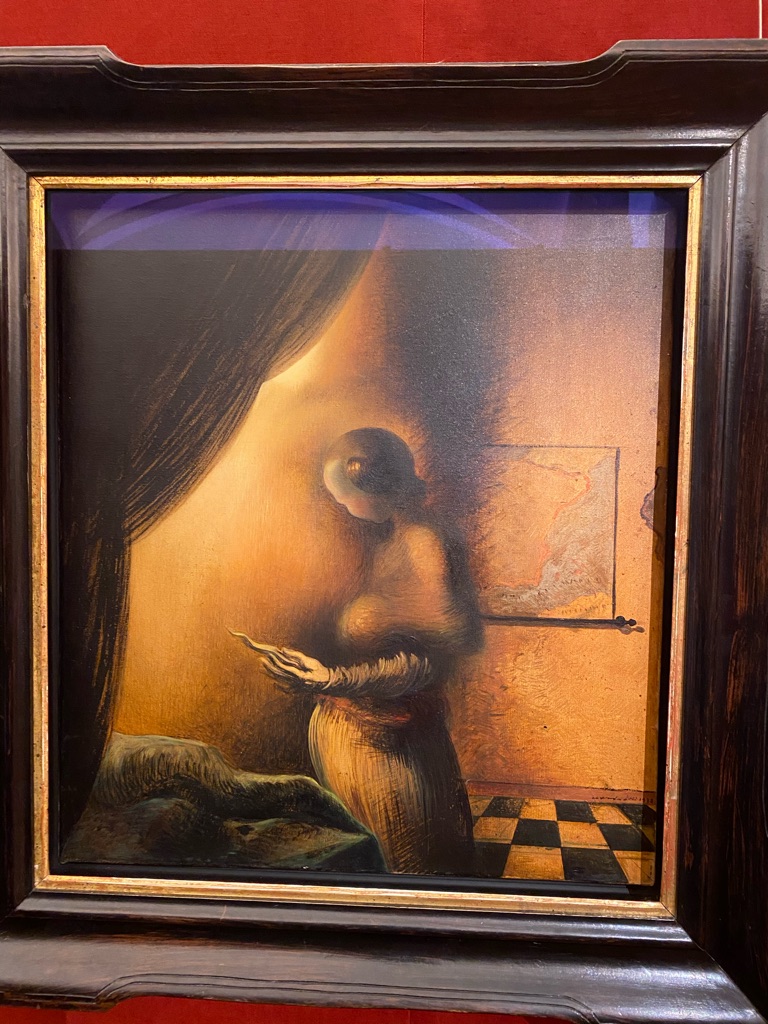
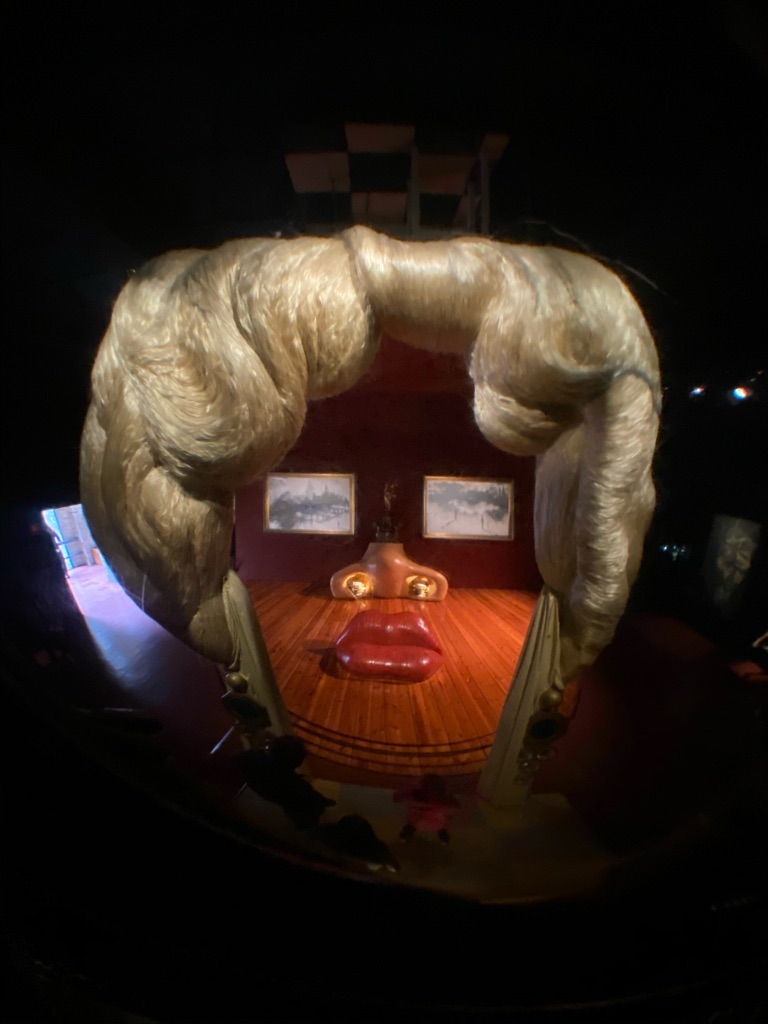

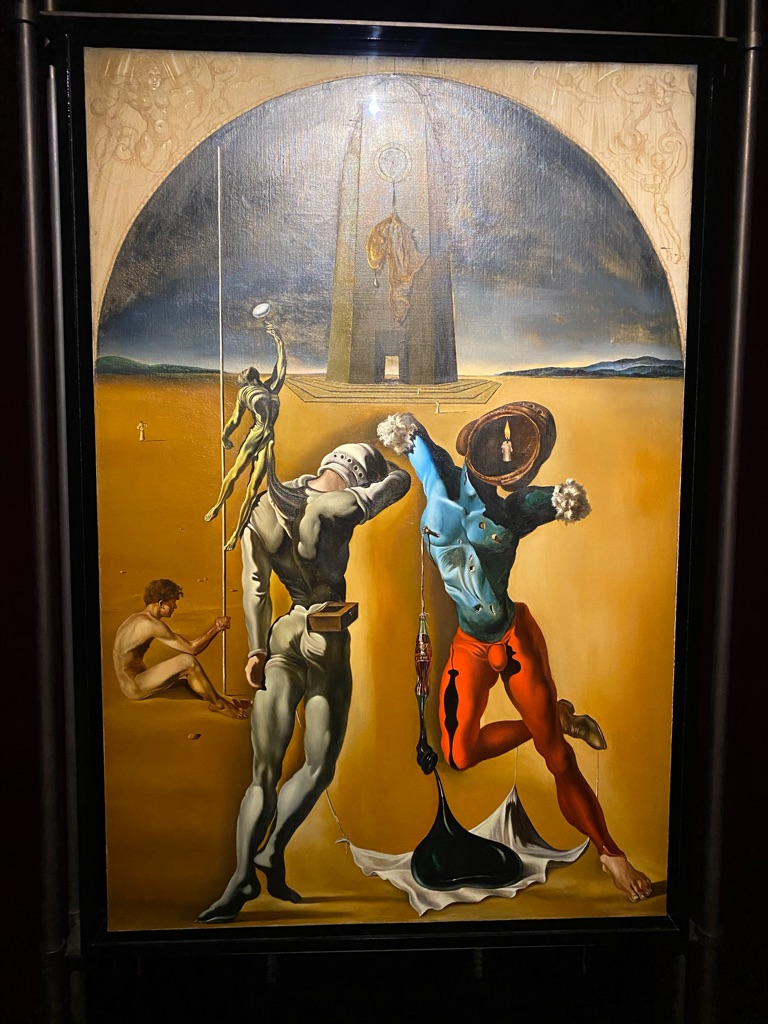
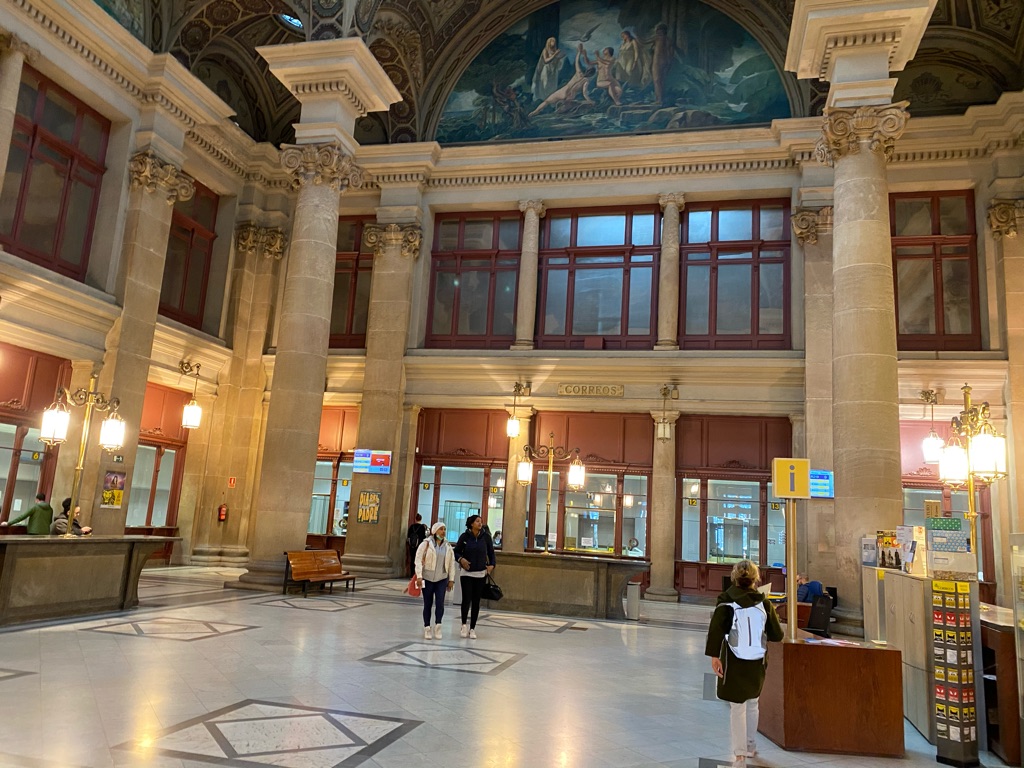
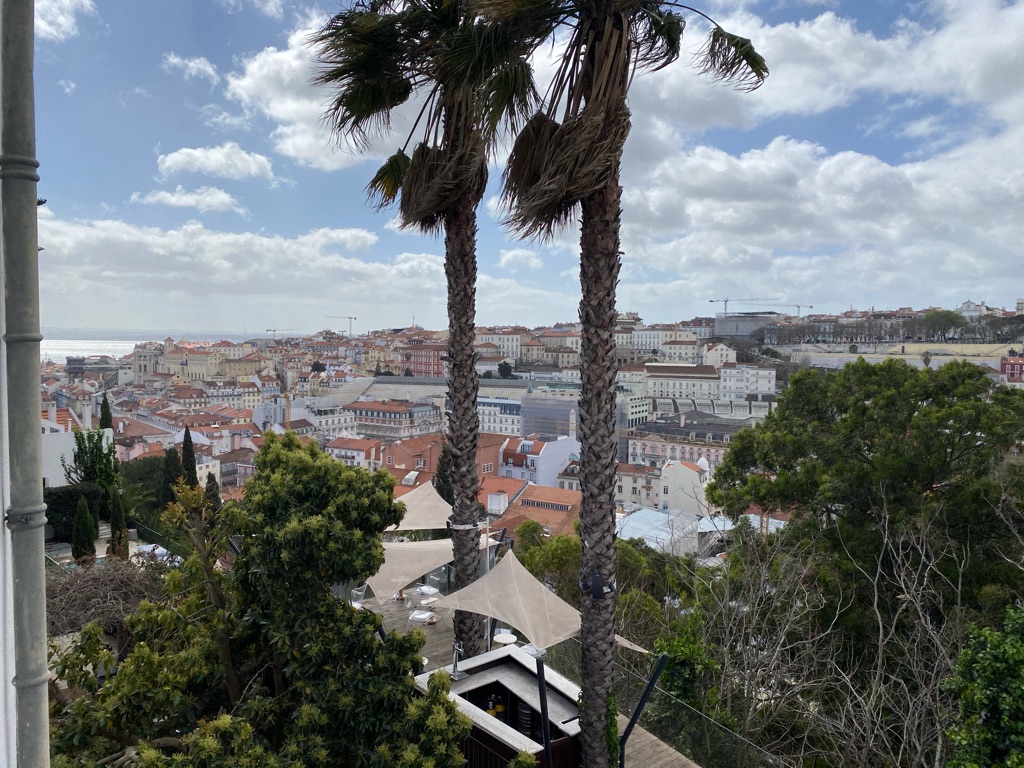
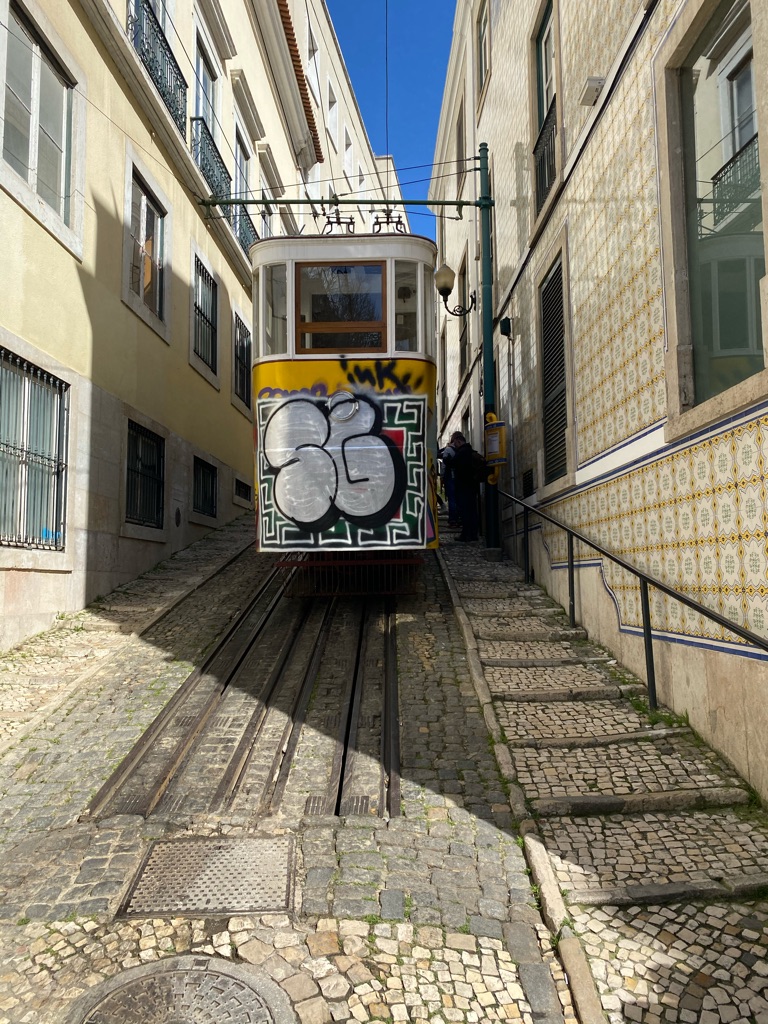
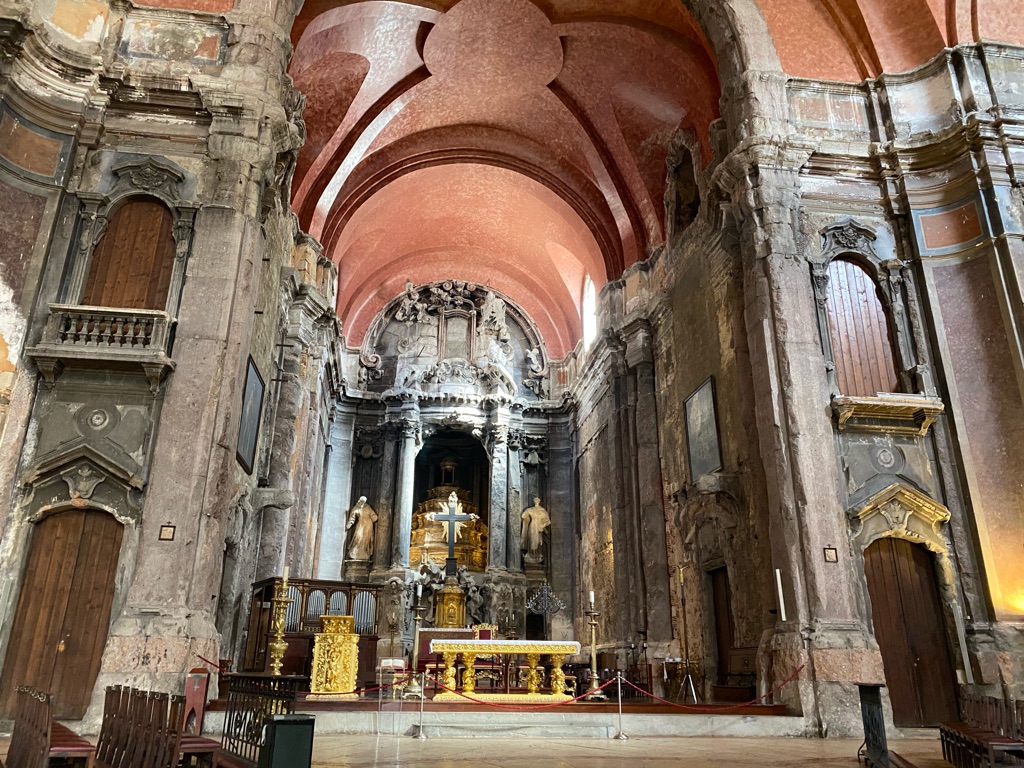
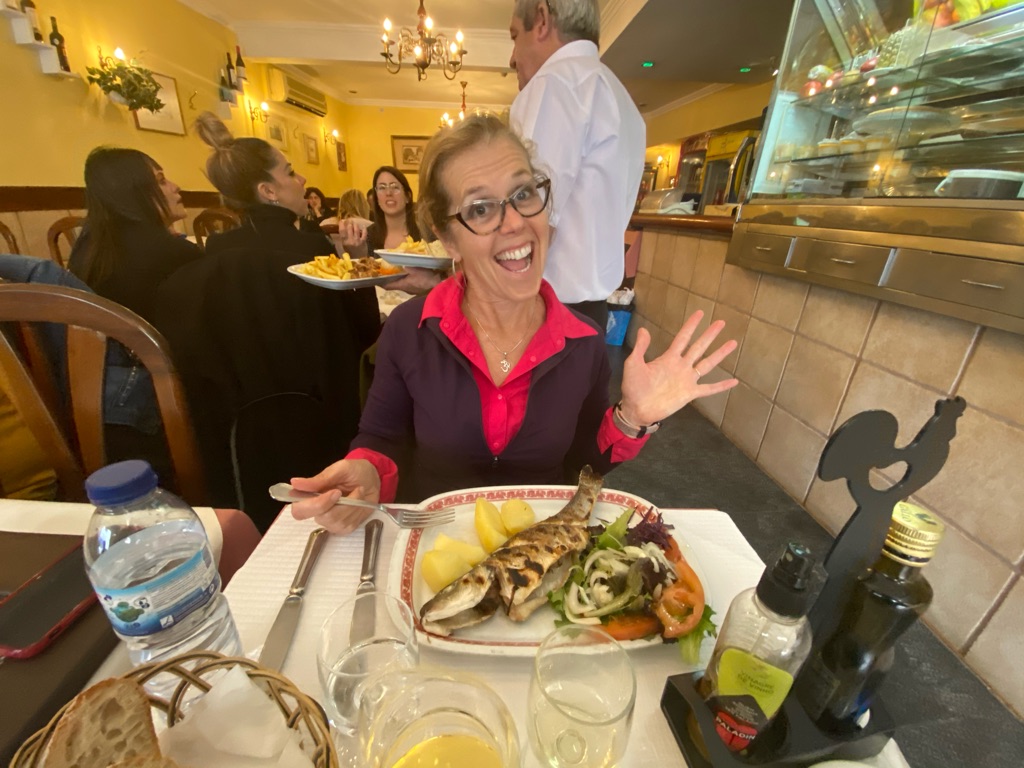
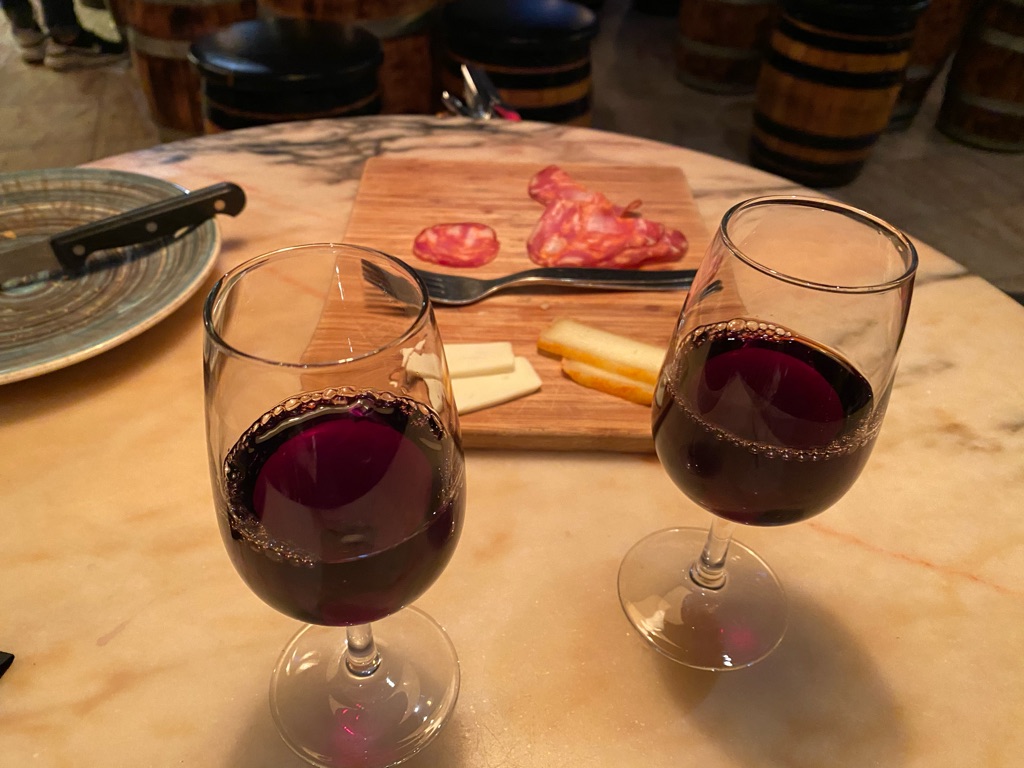

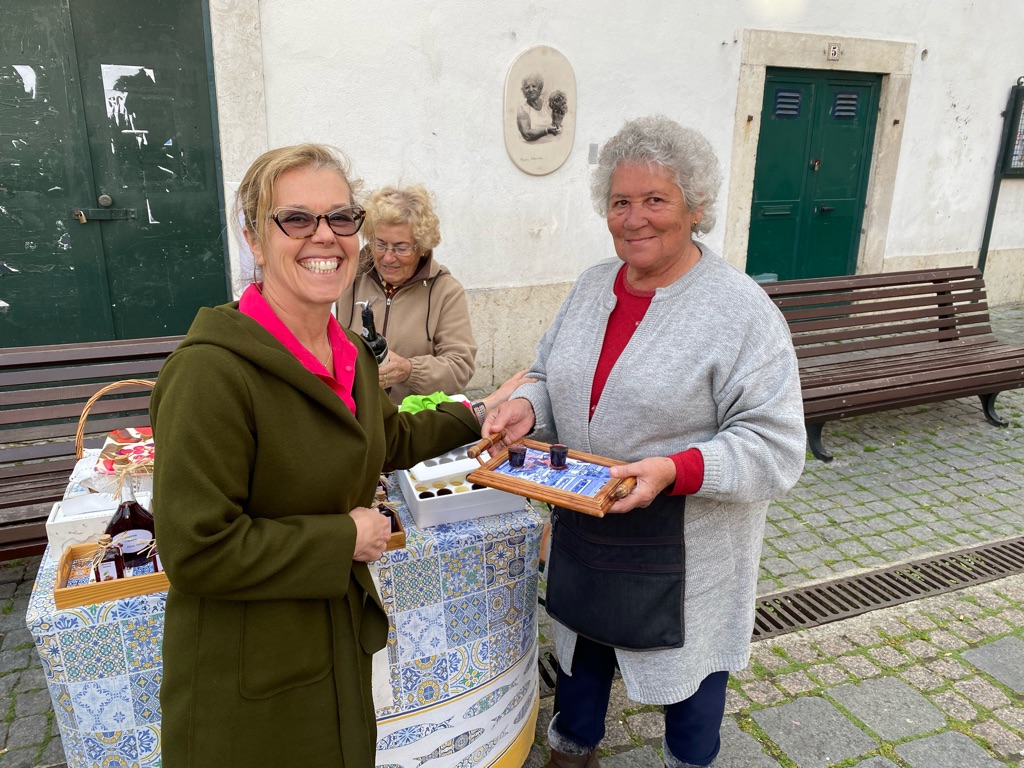
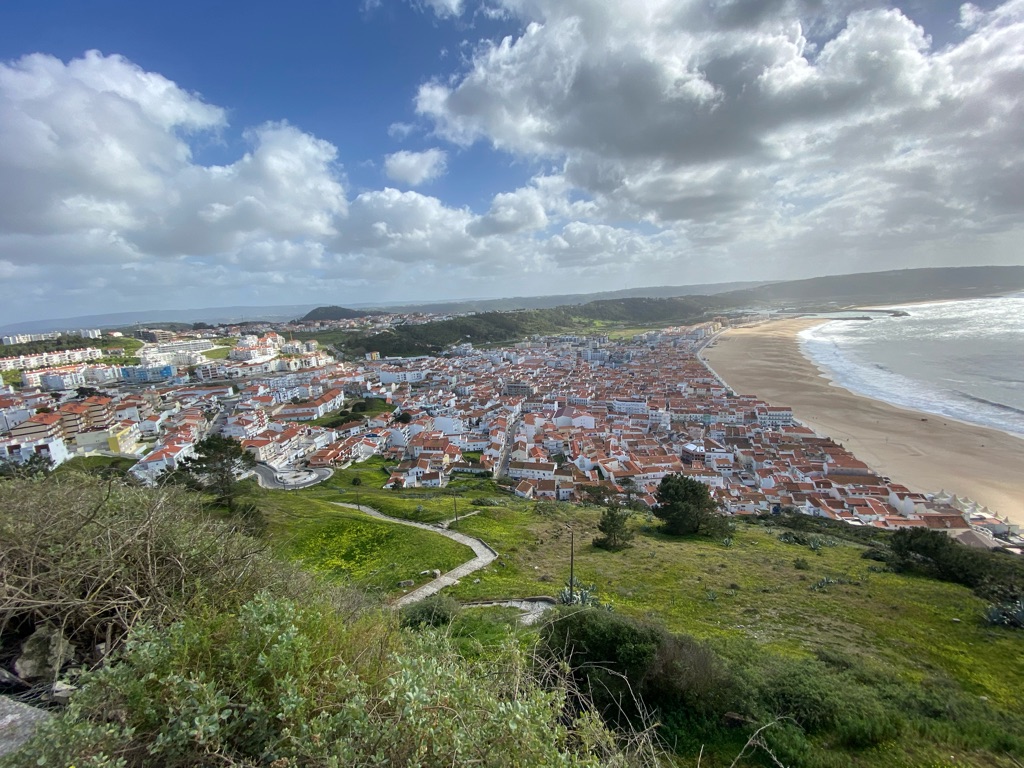
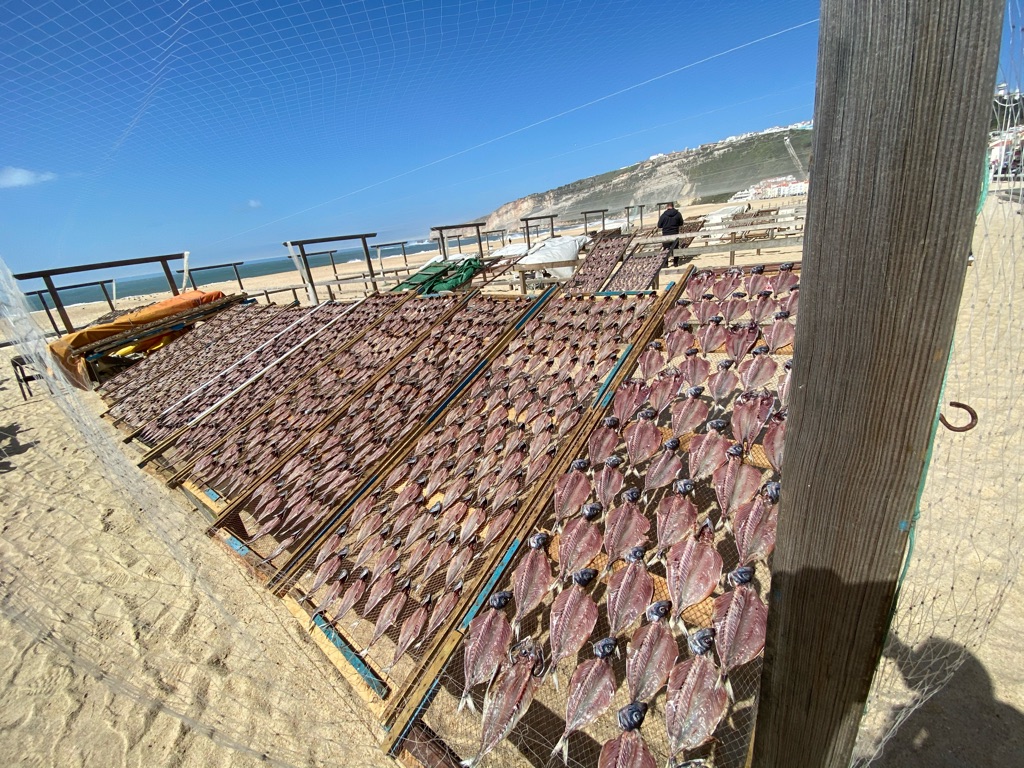
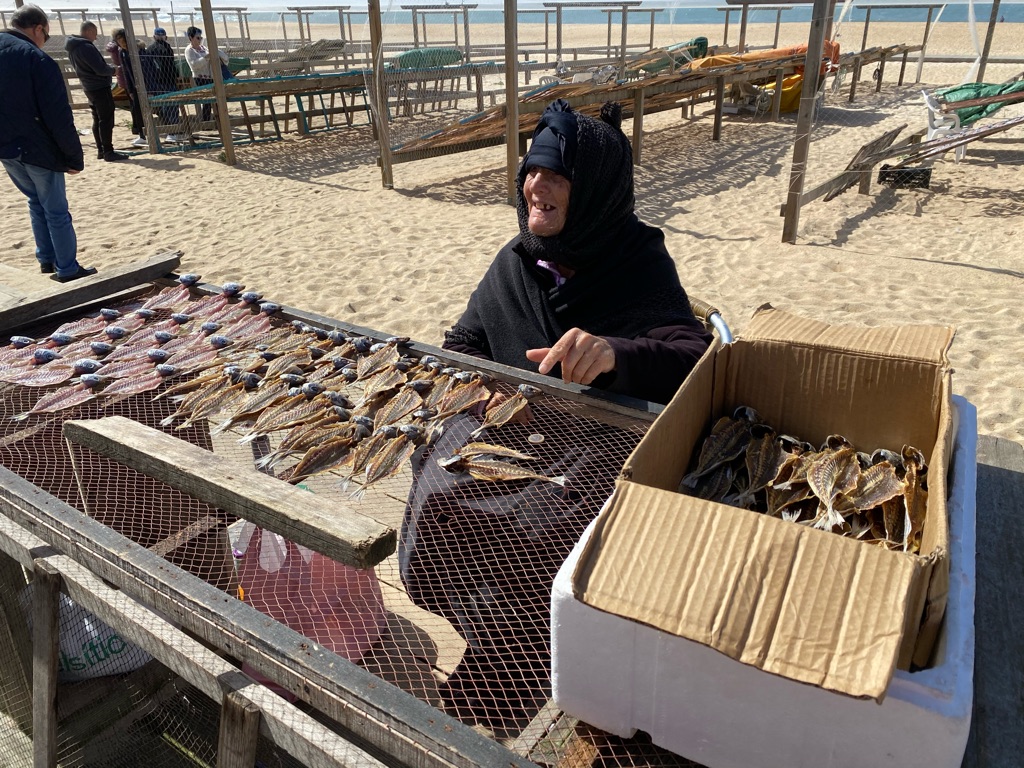
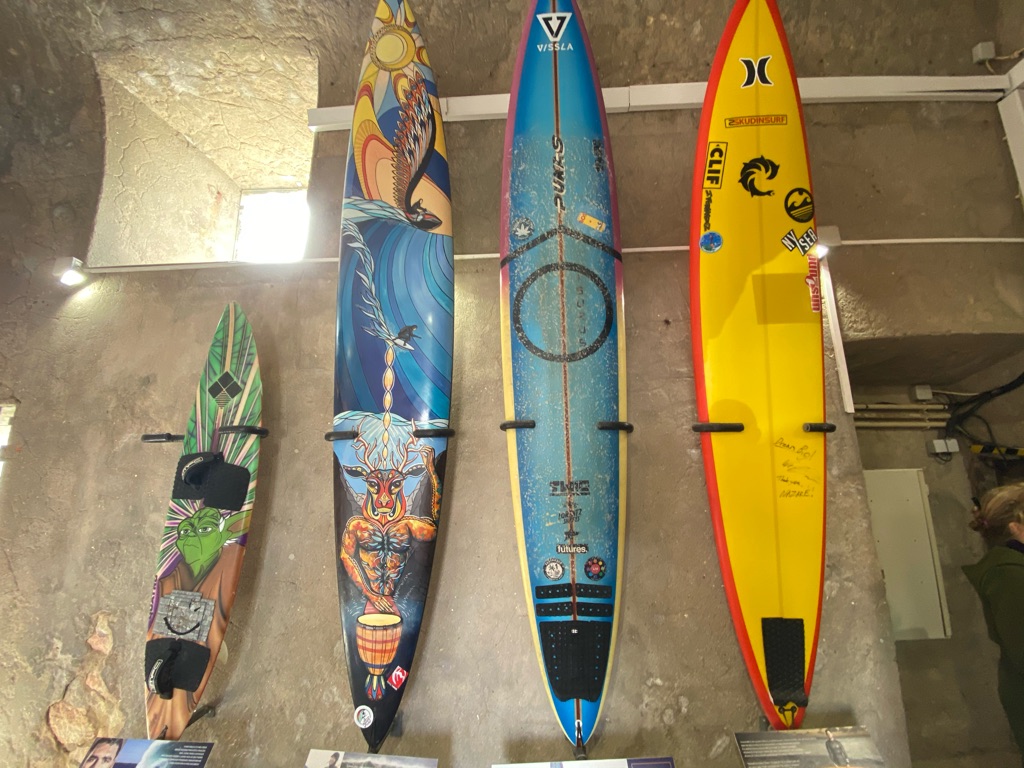
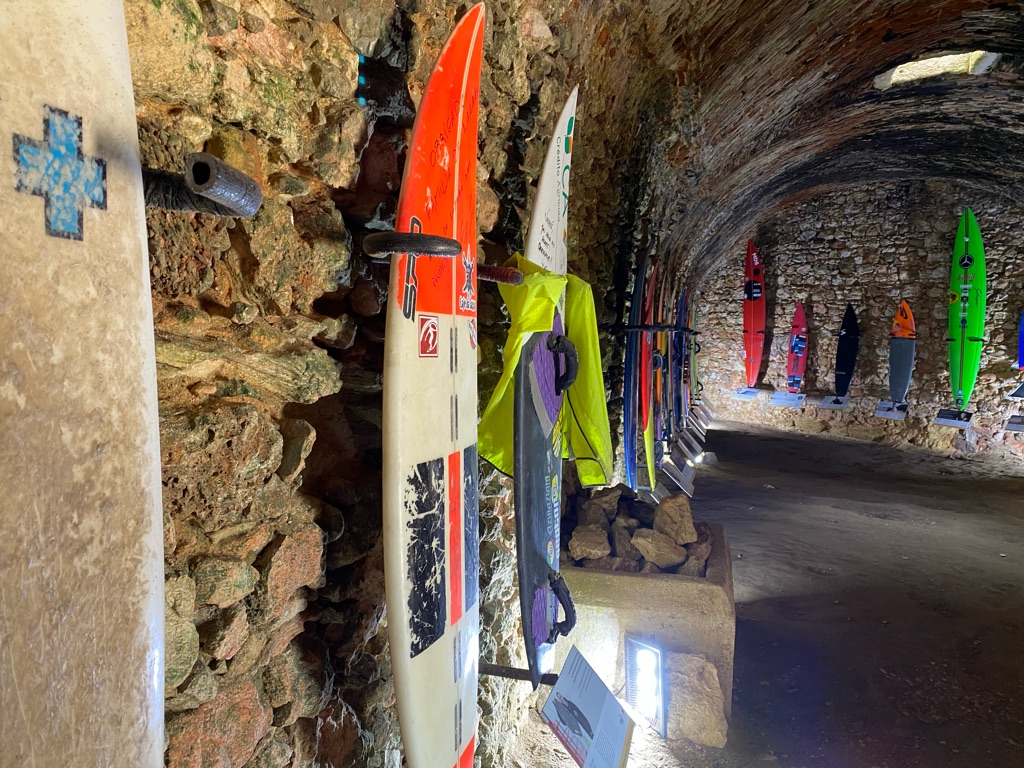
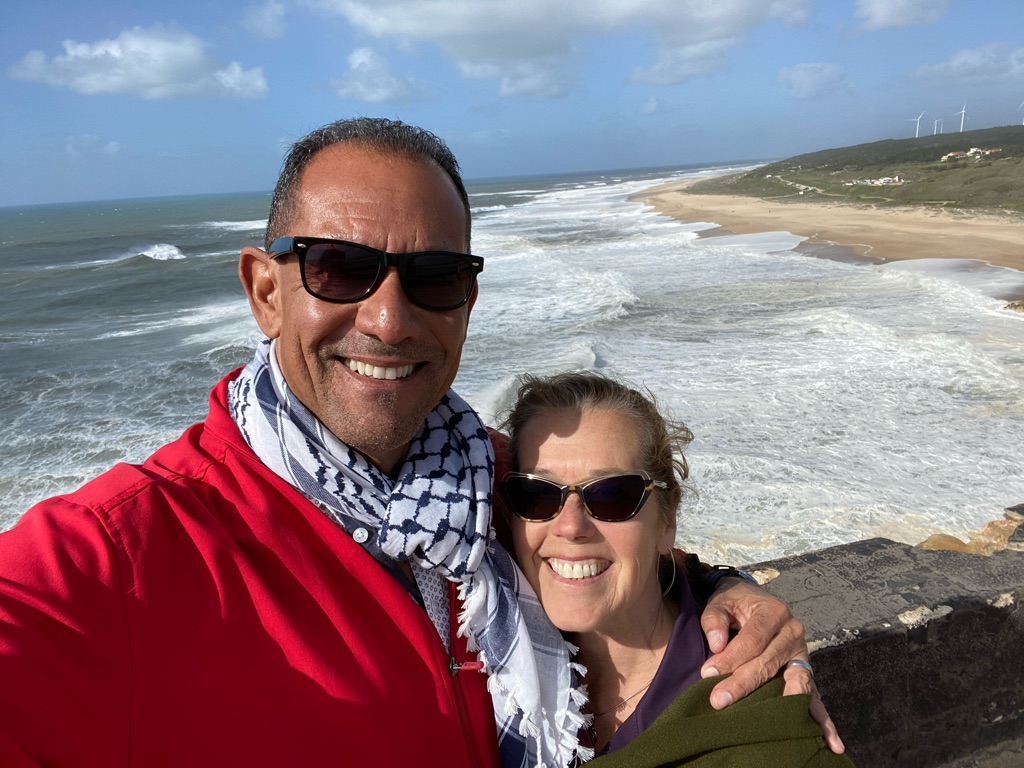
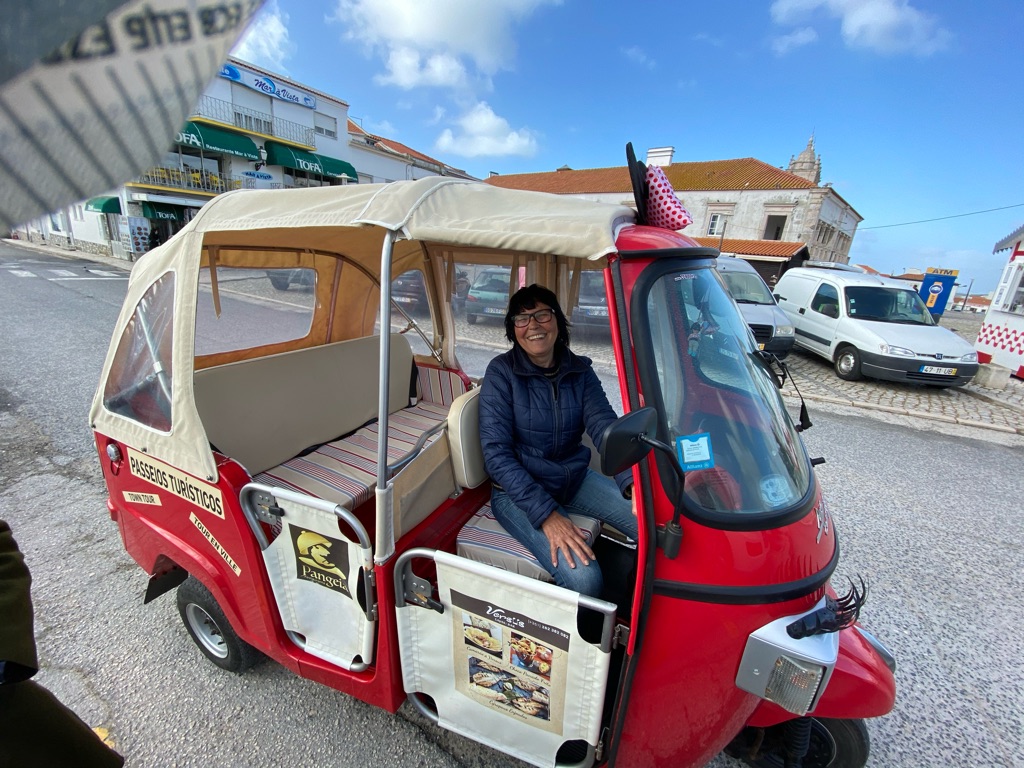

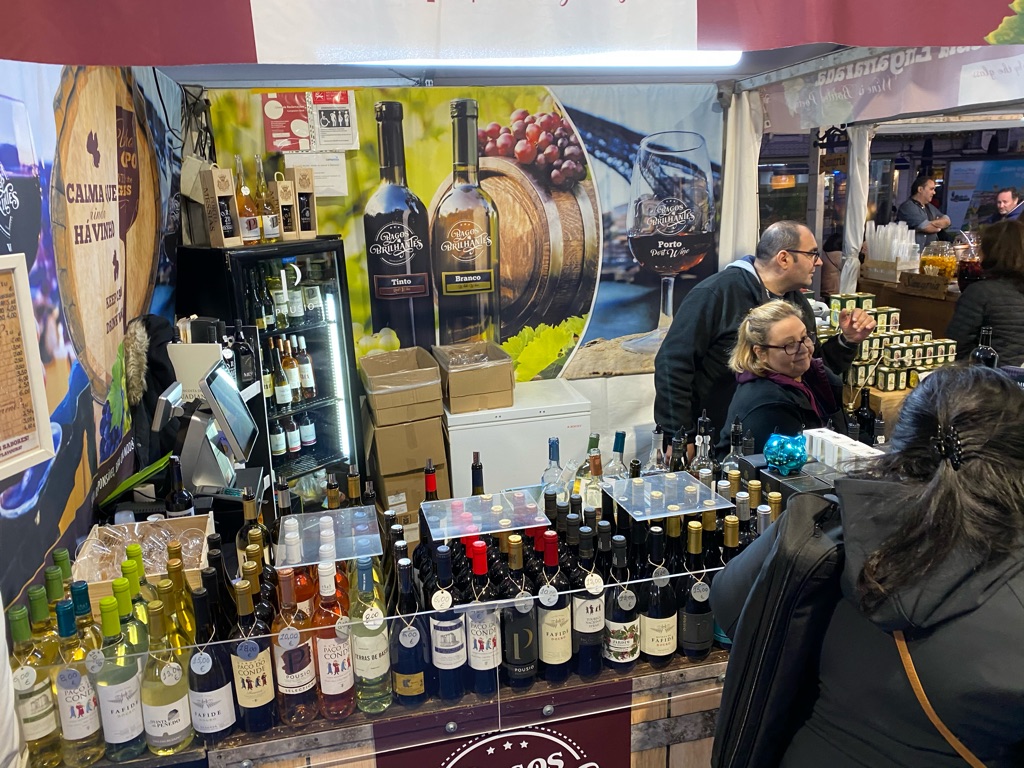
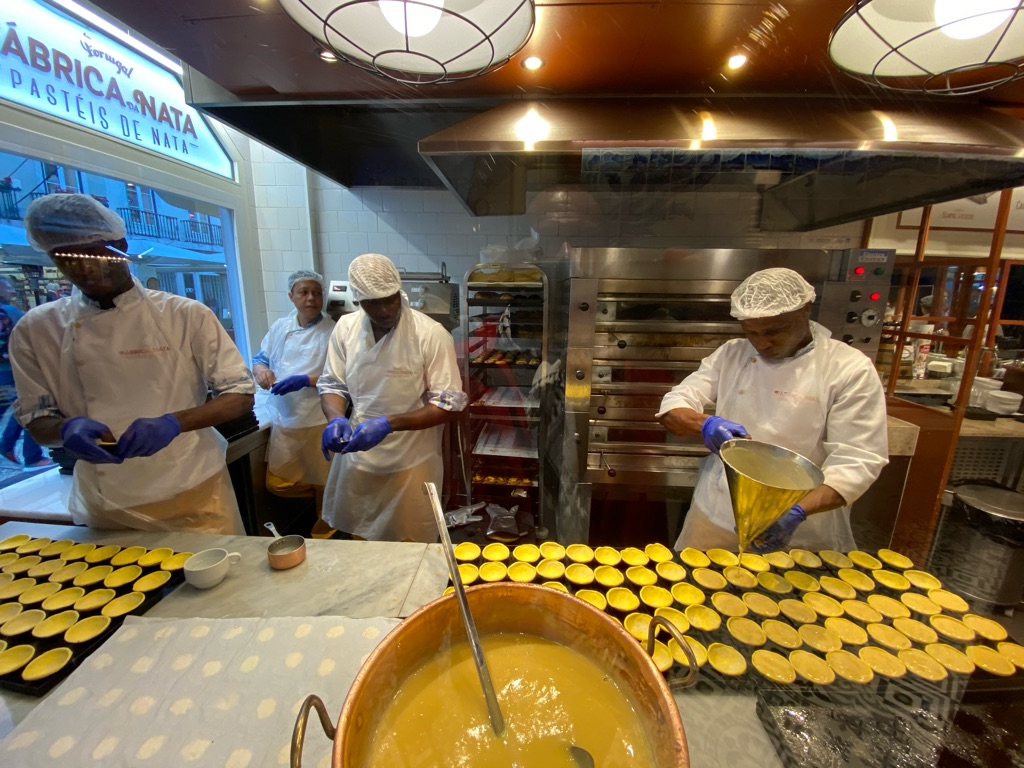

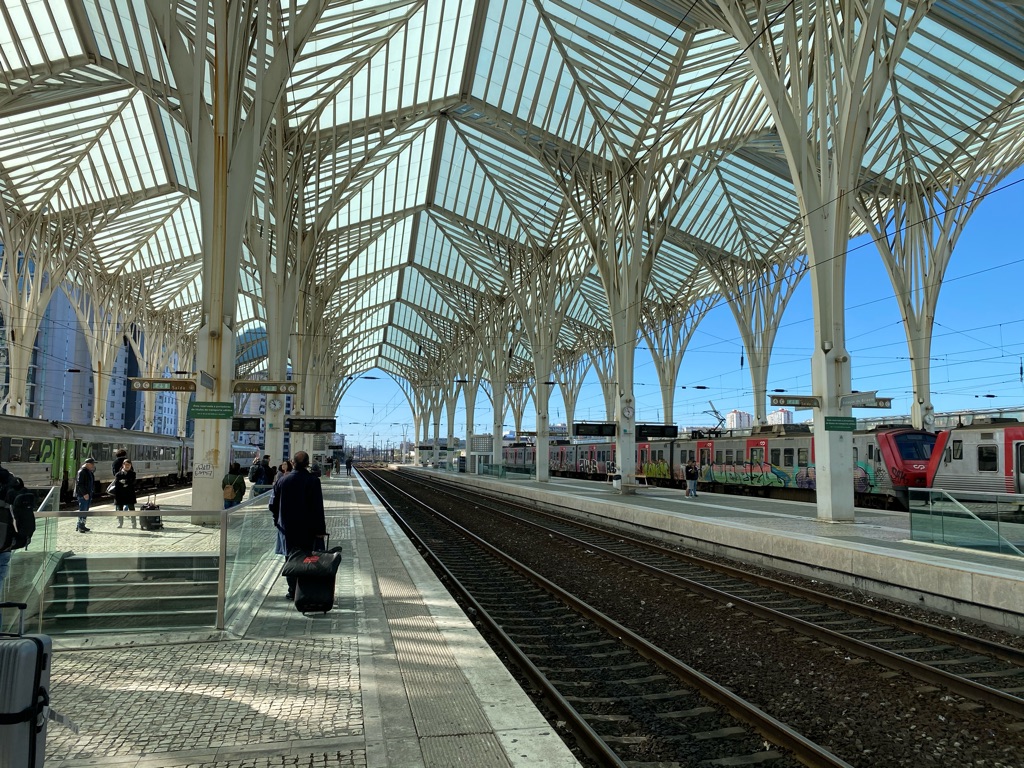

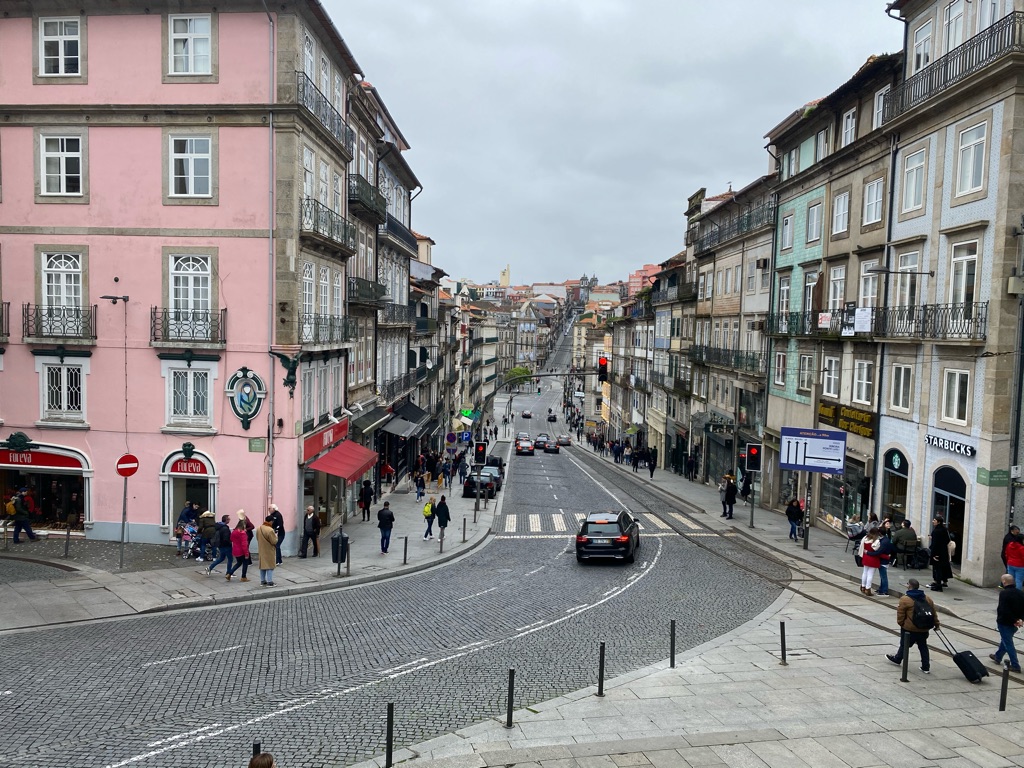
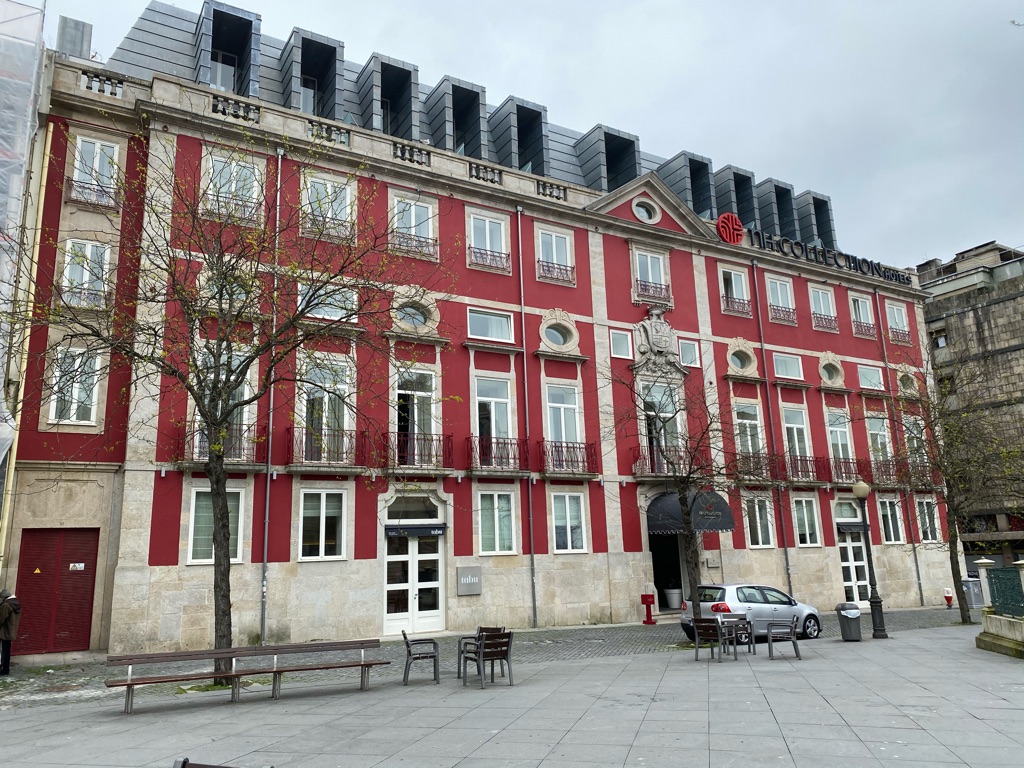

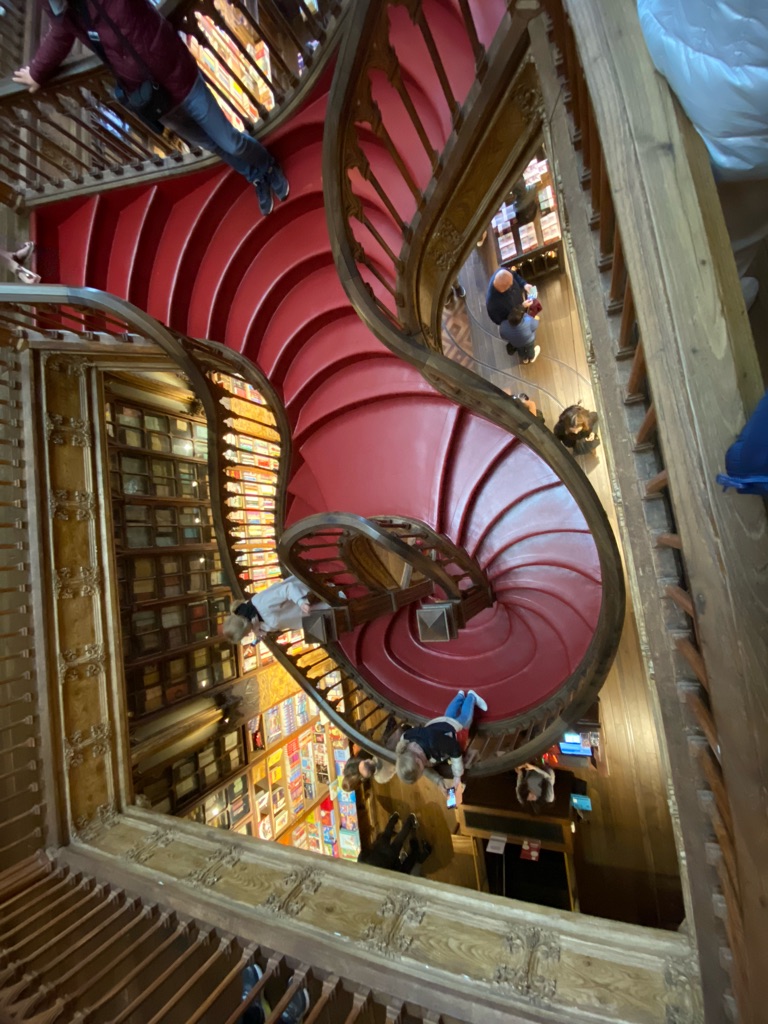

@#anthonybarone Have a great trip guys